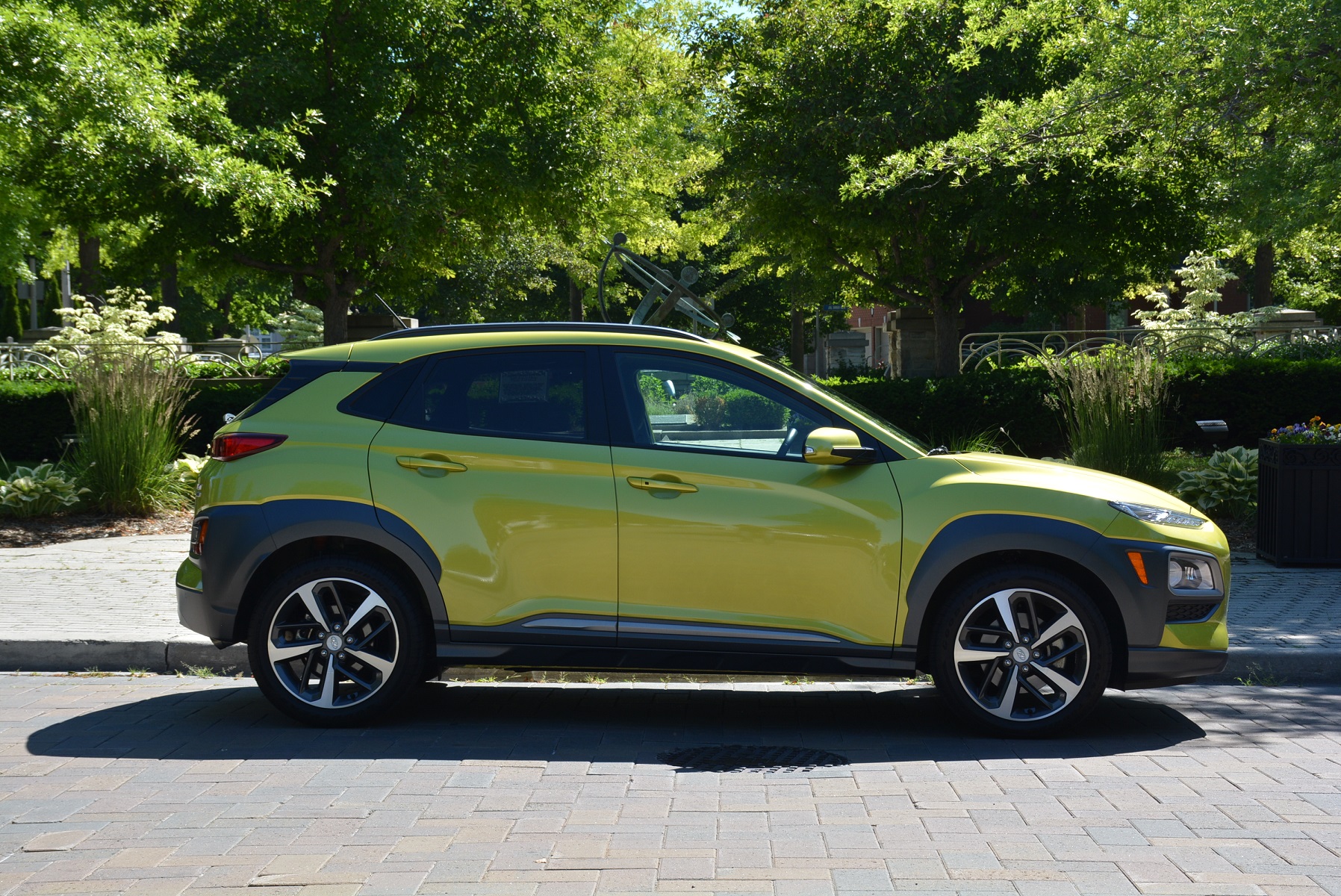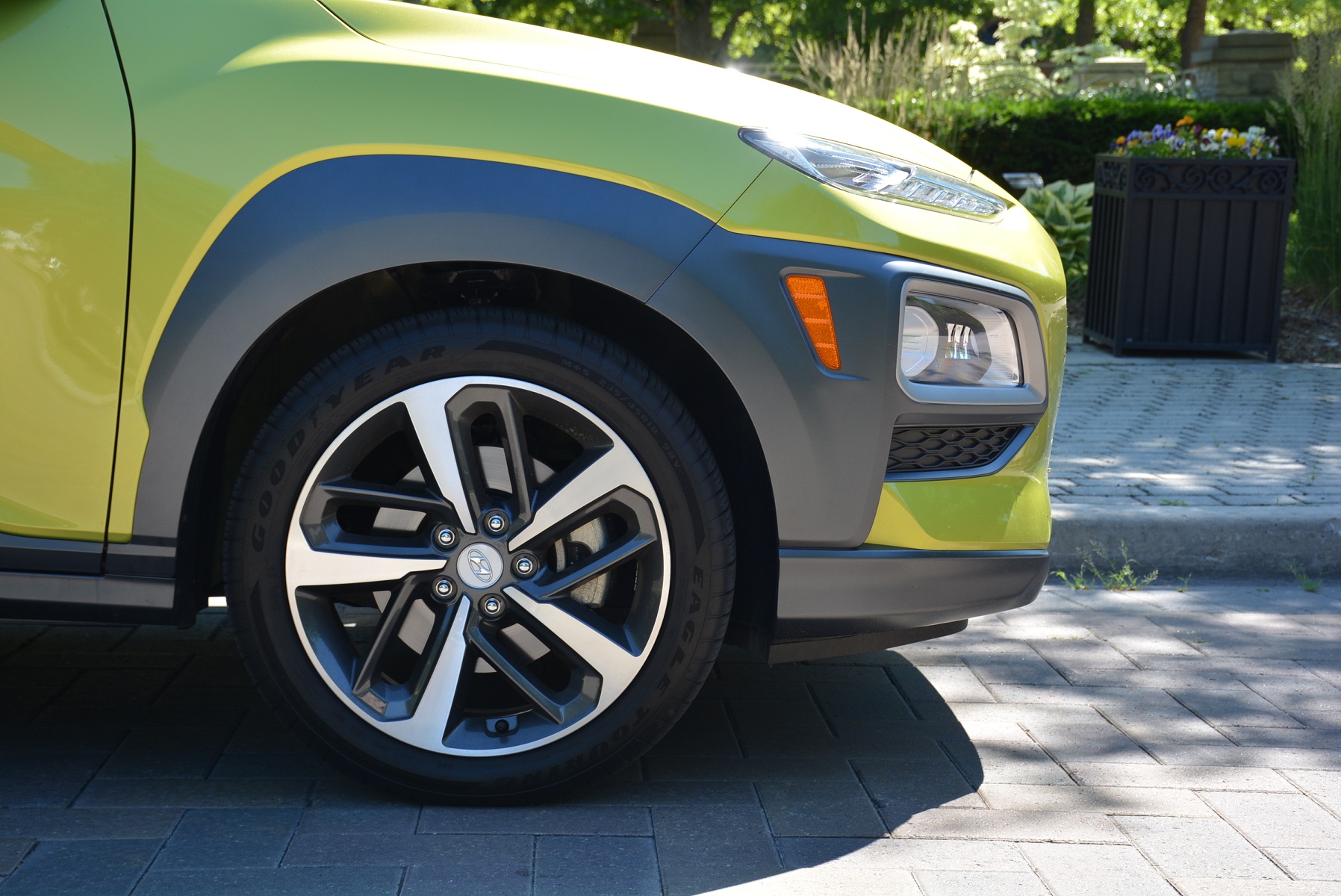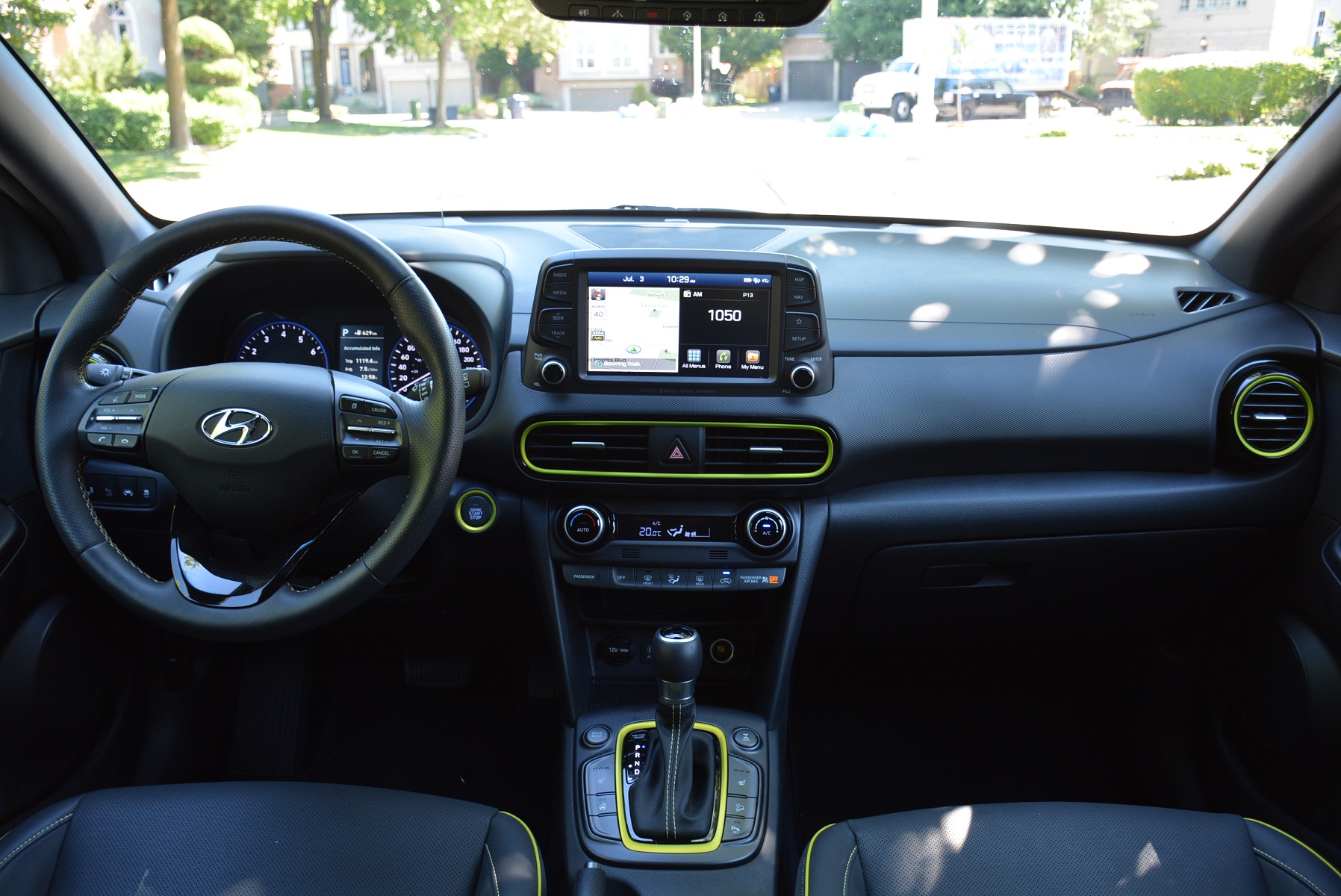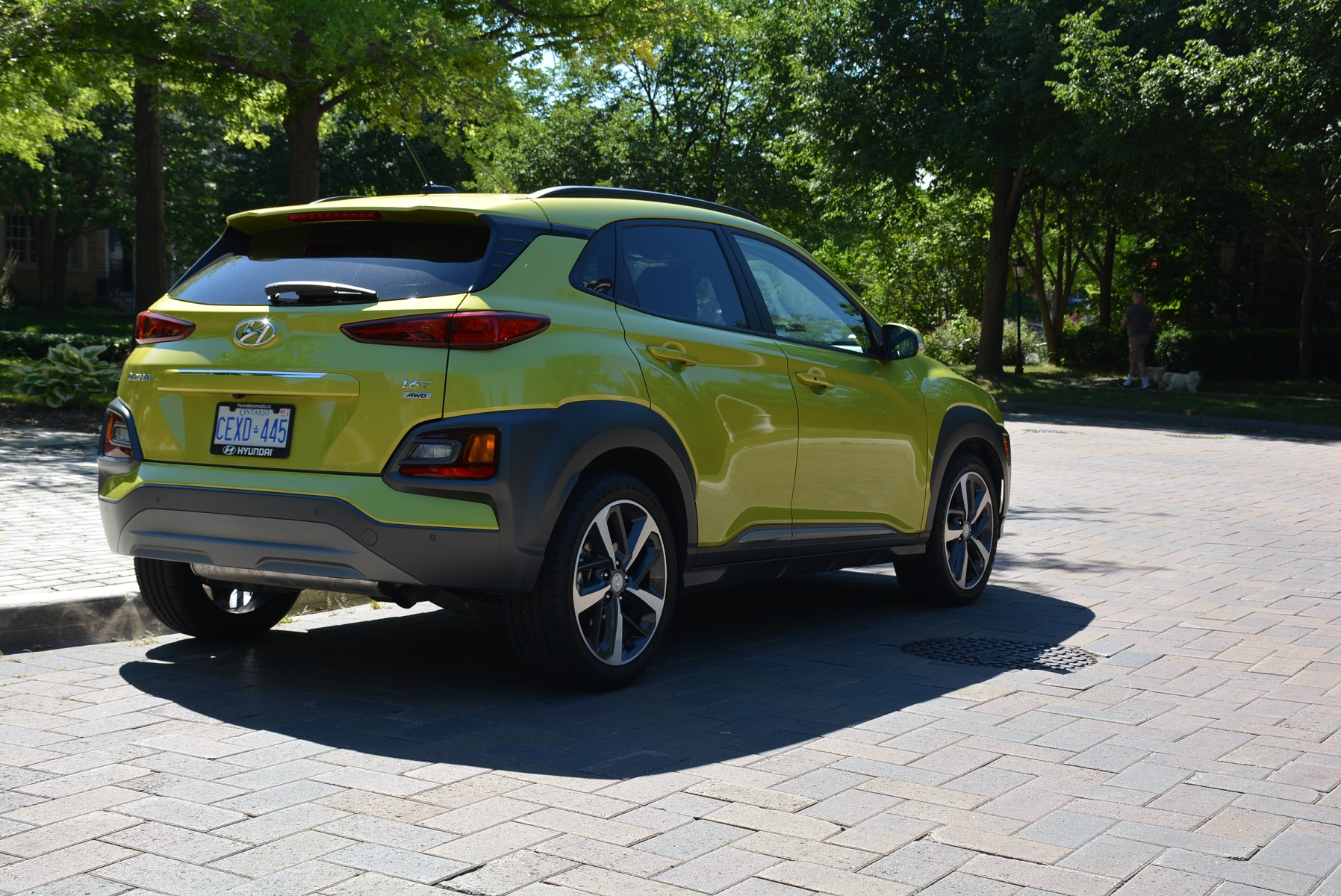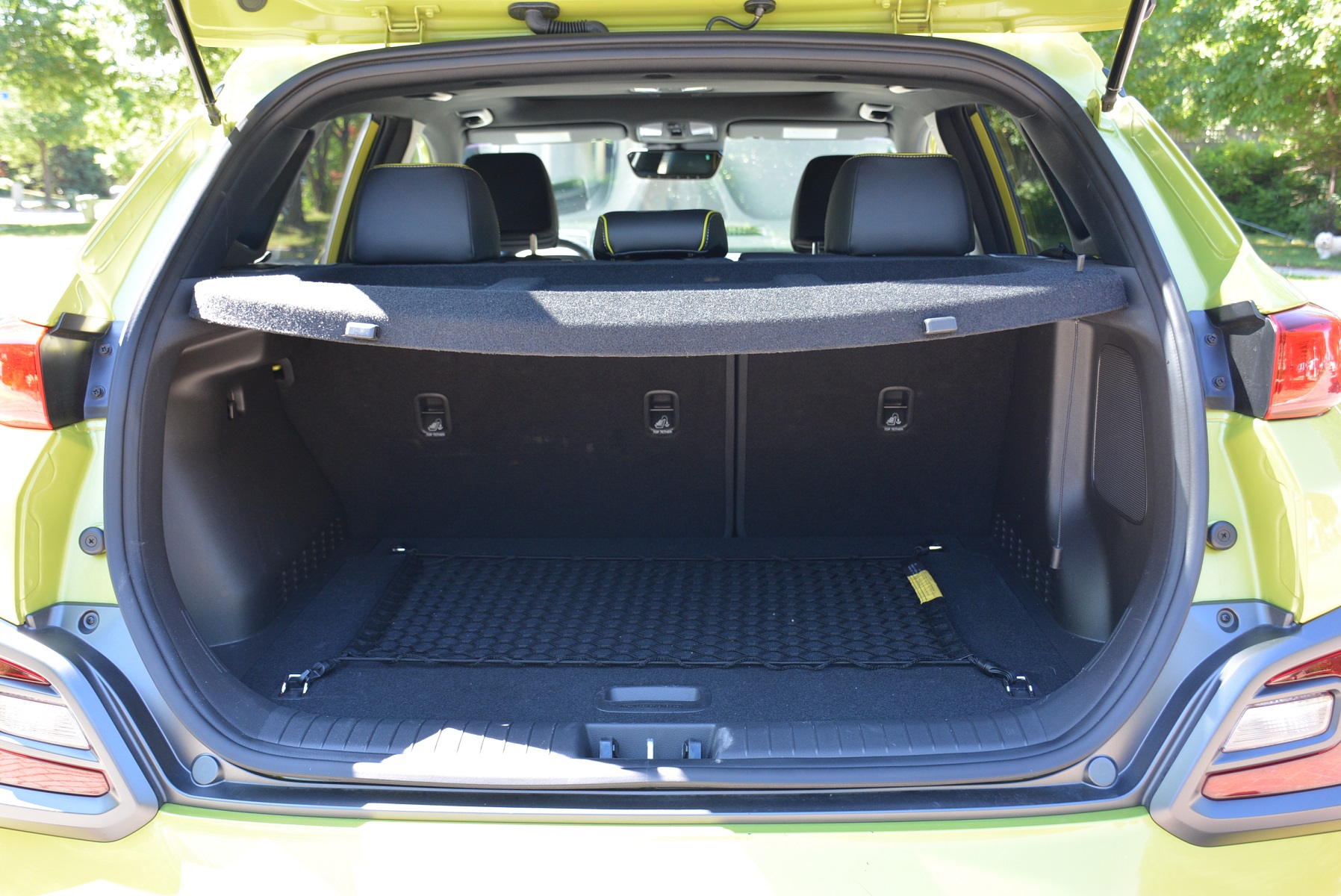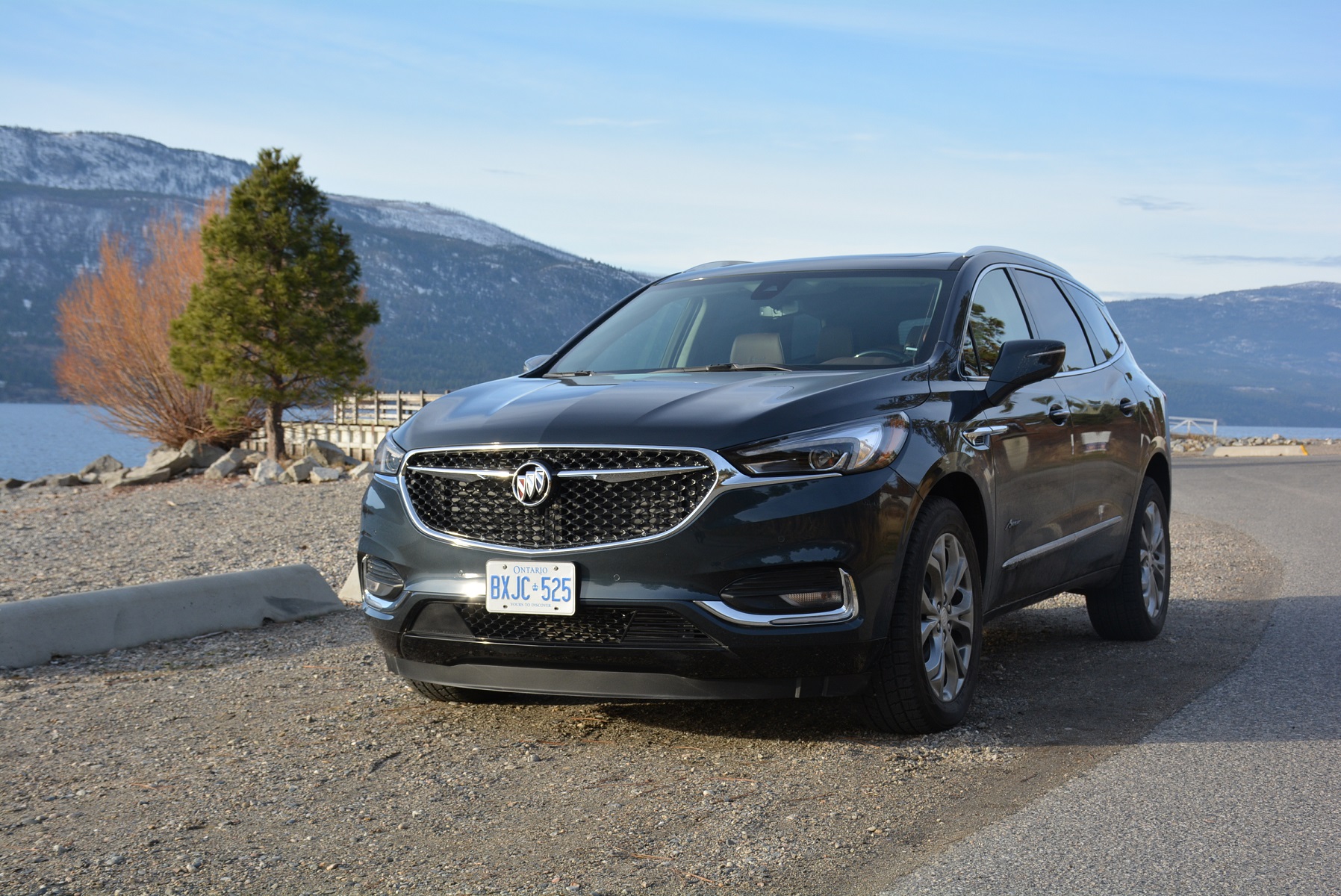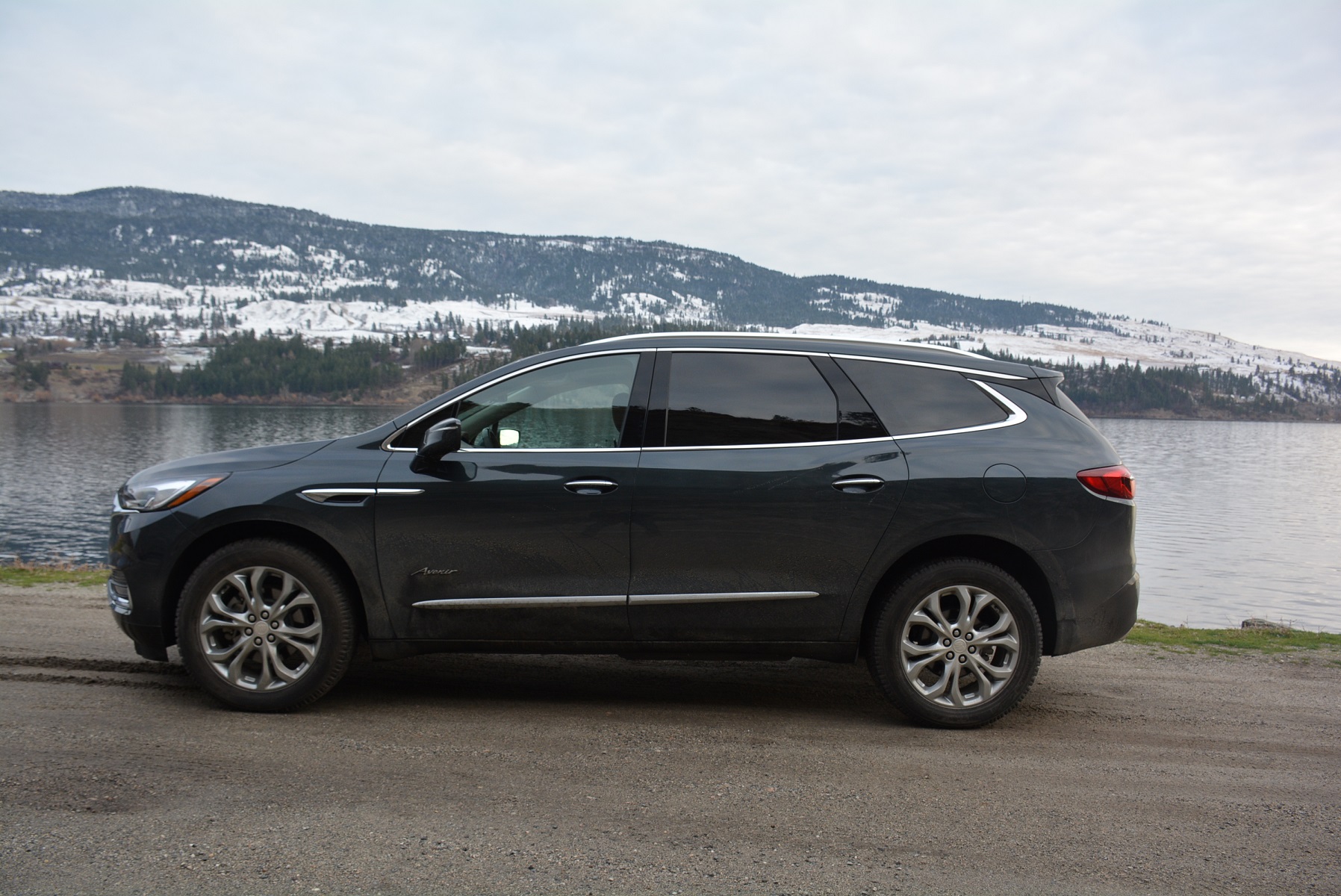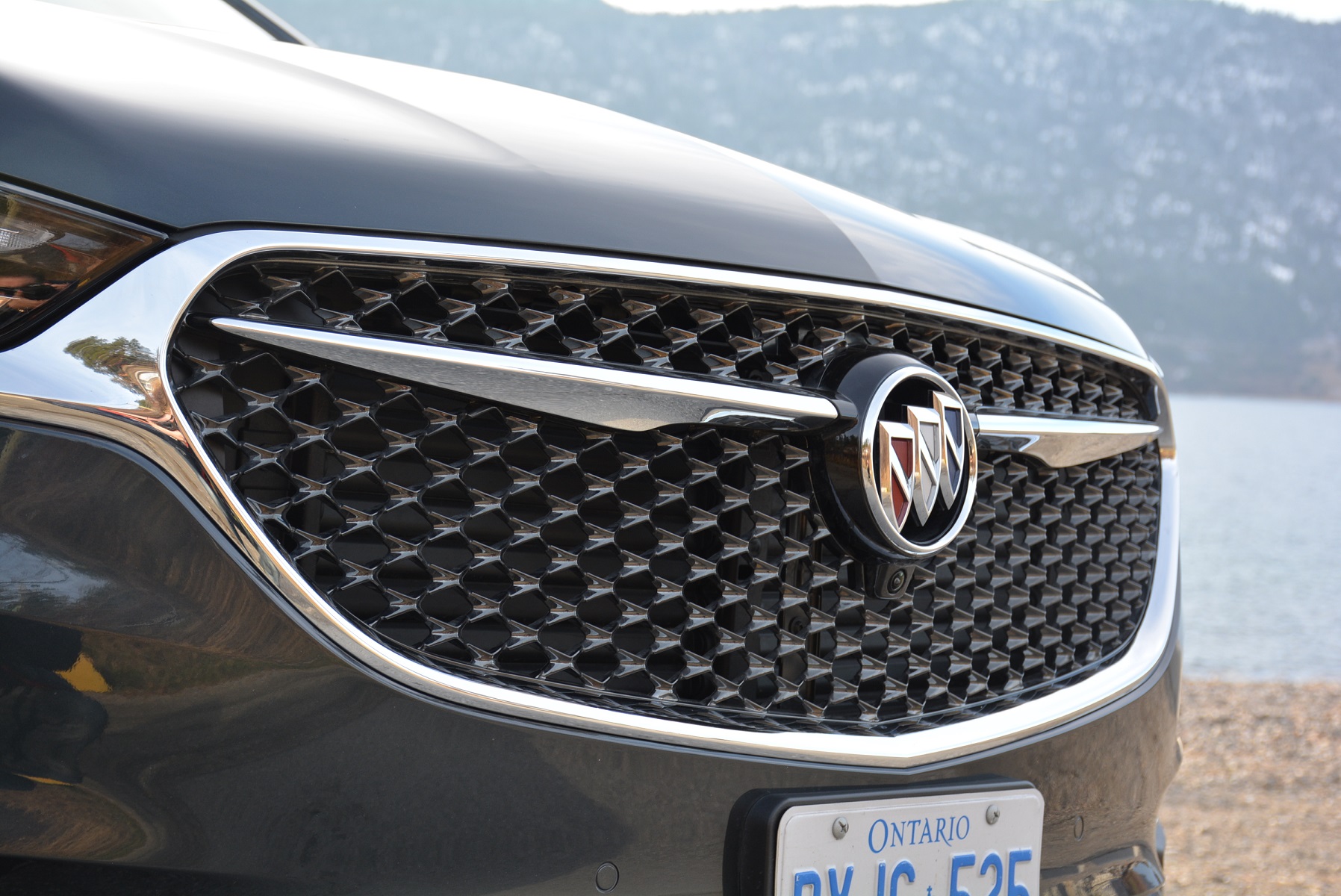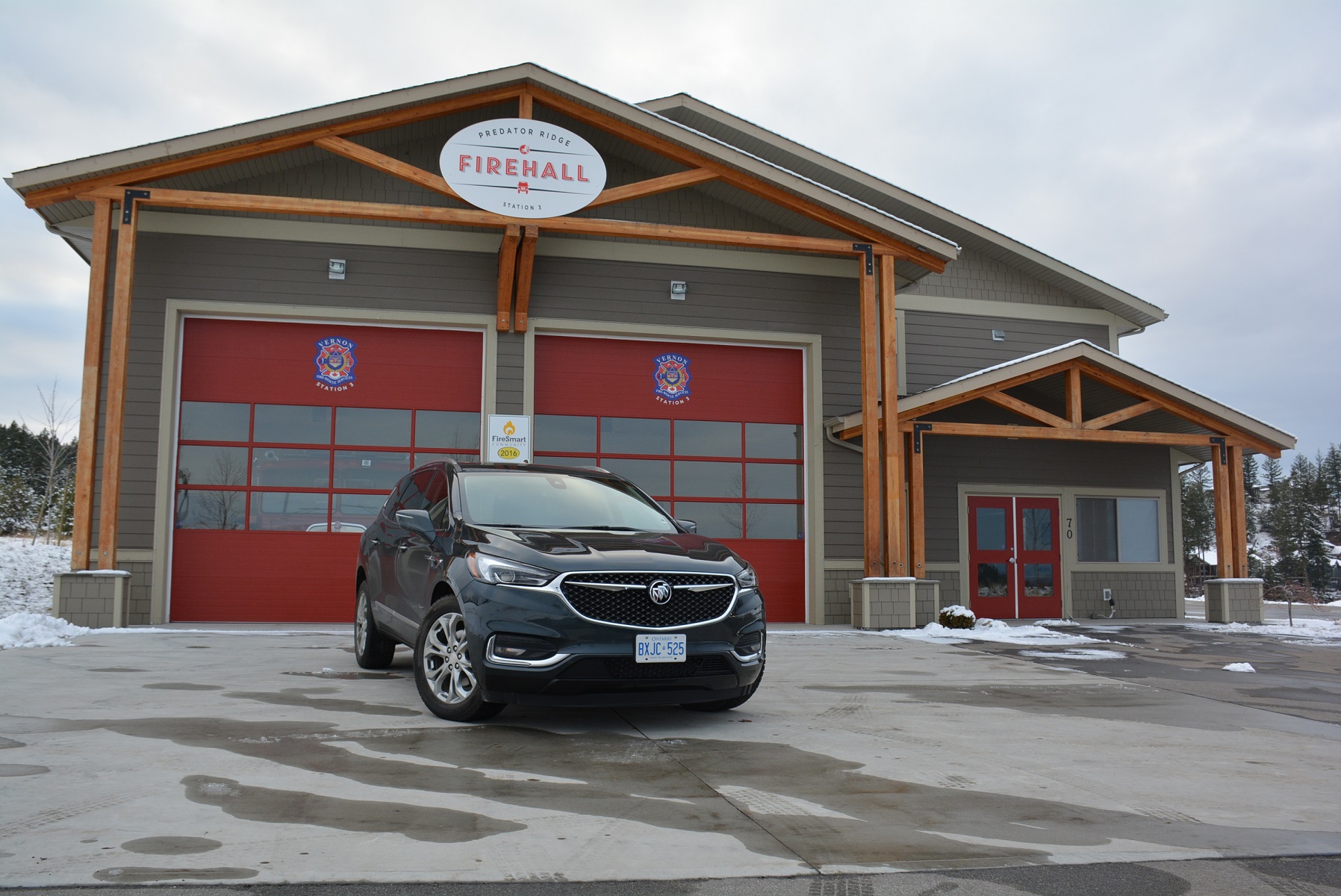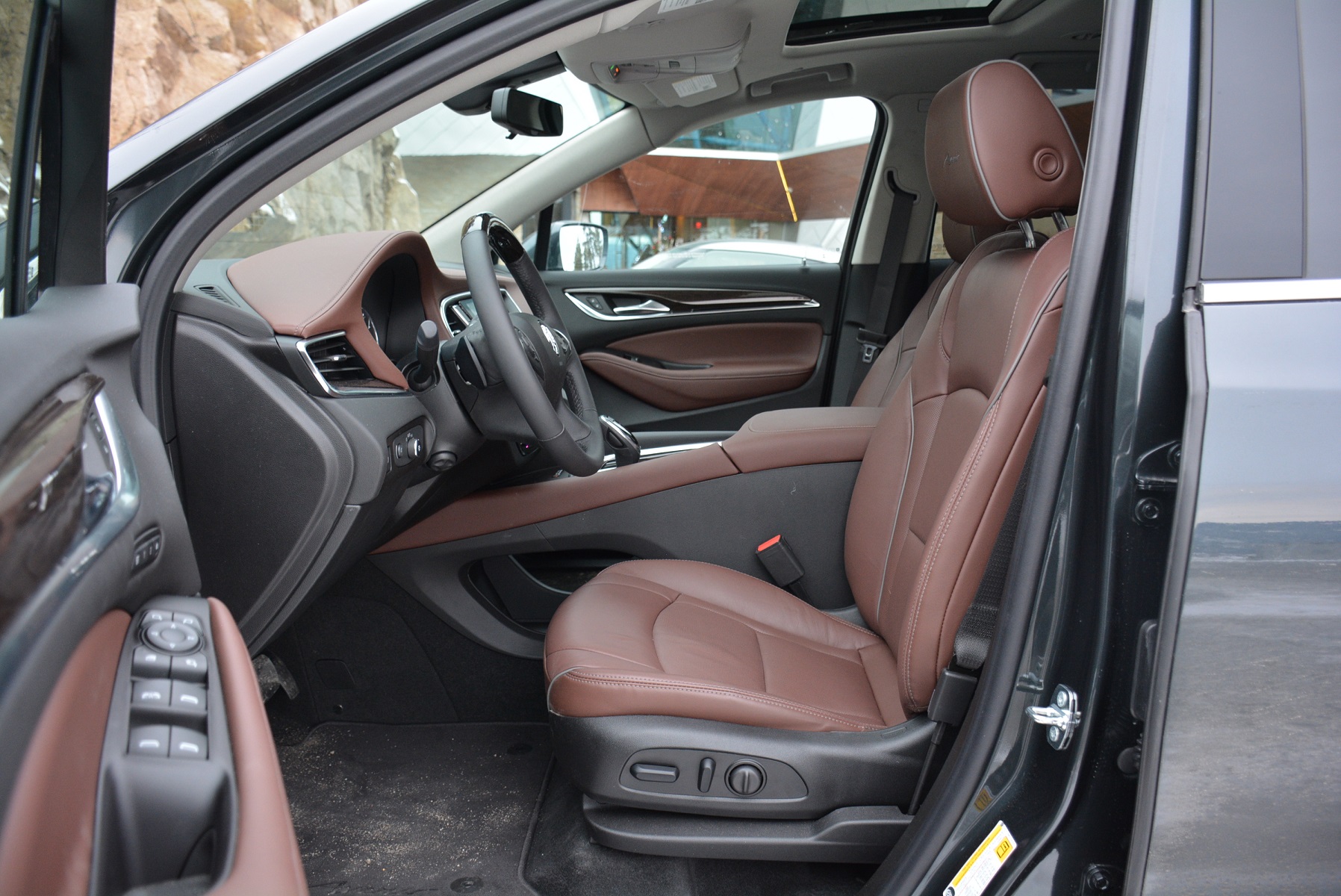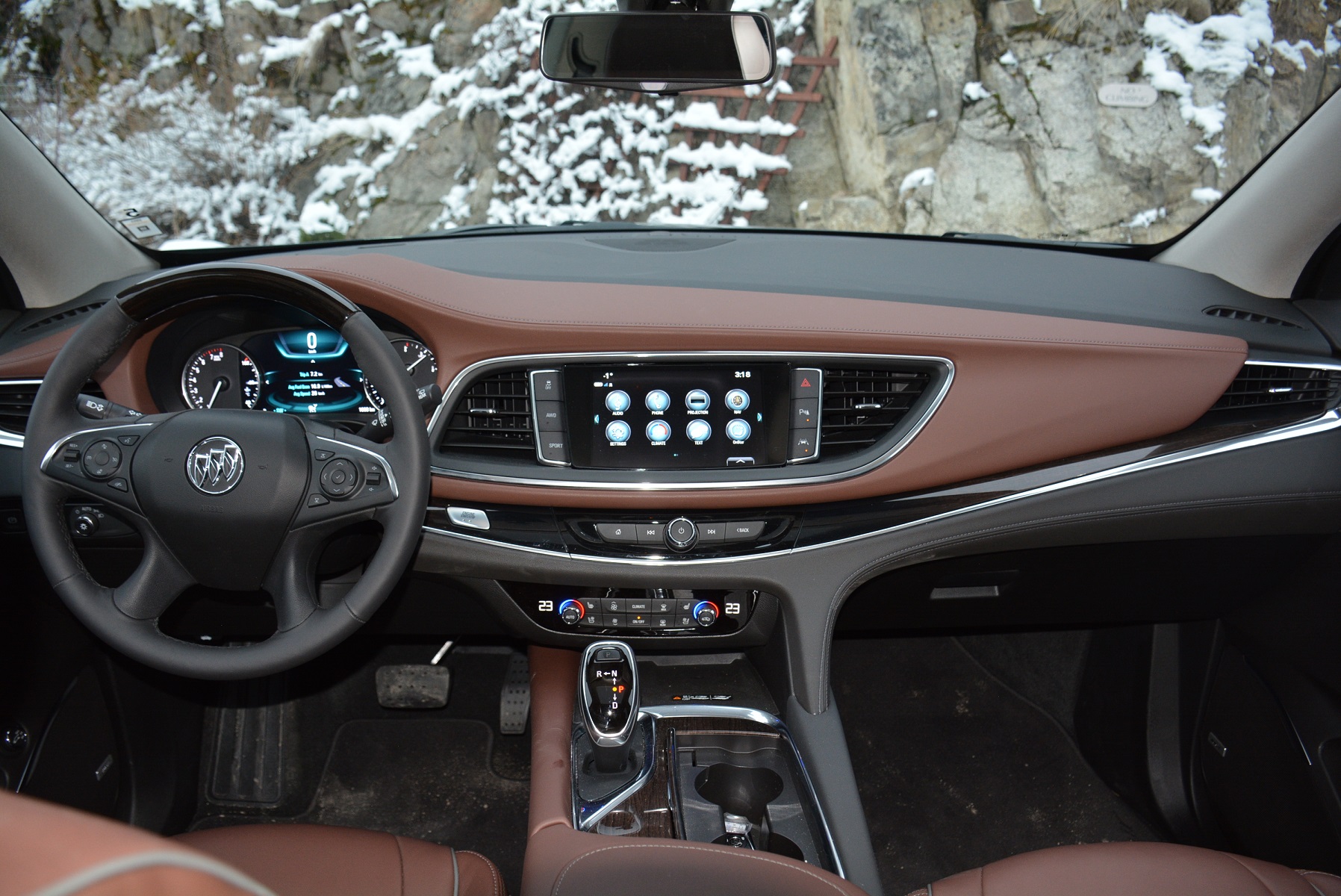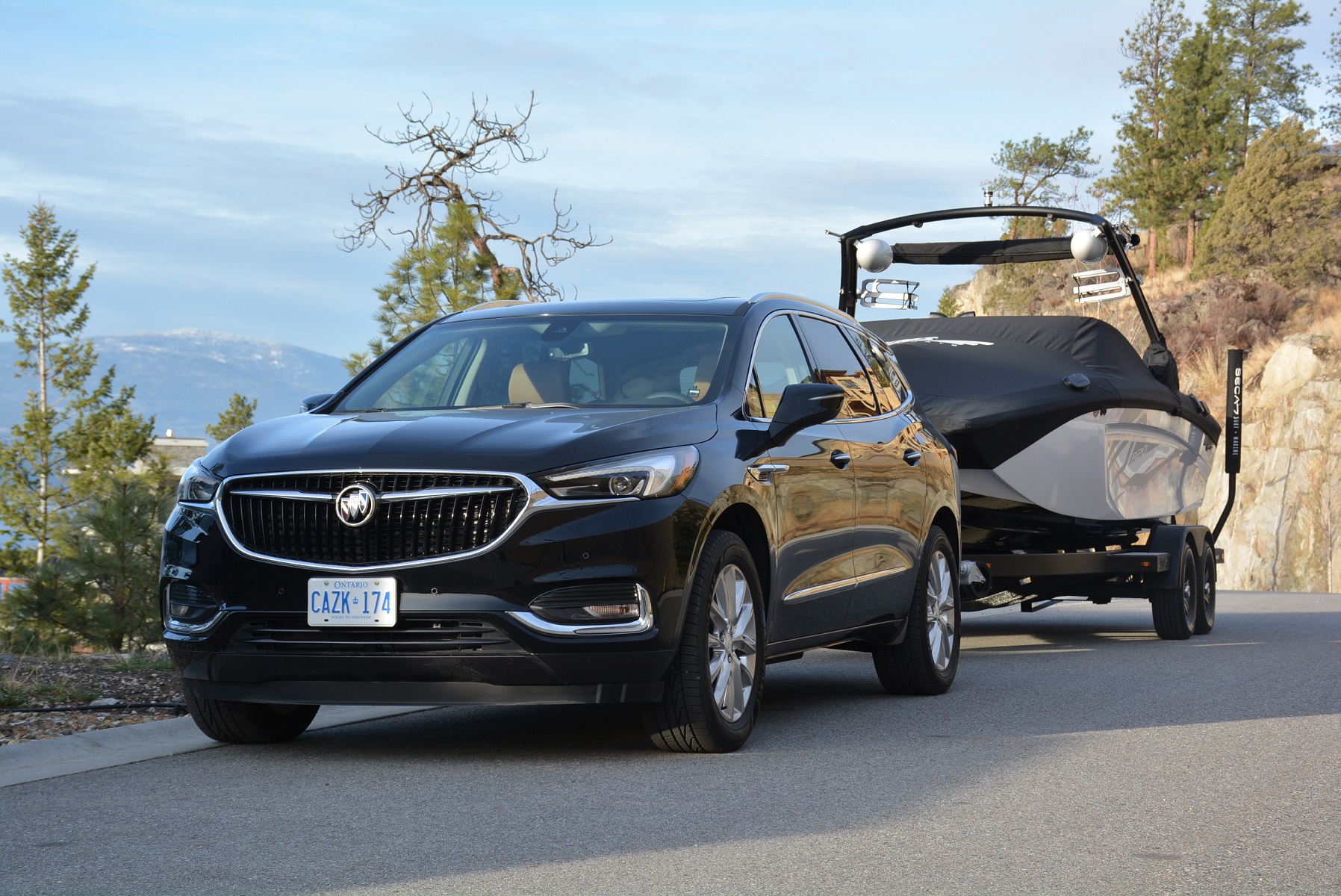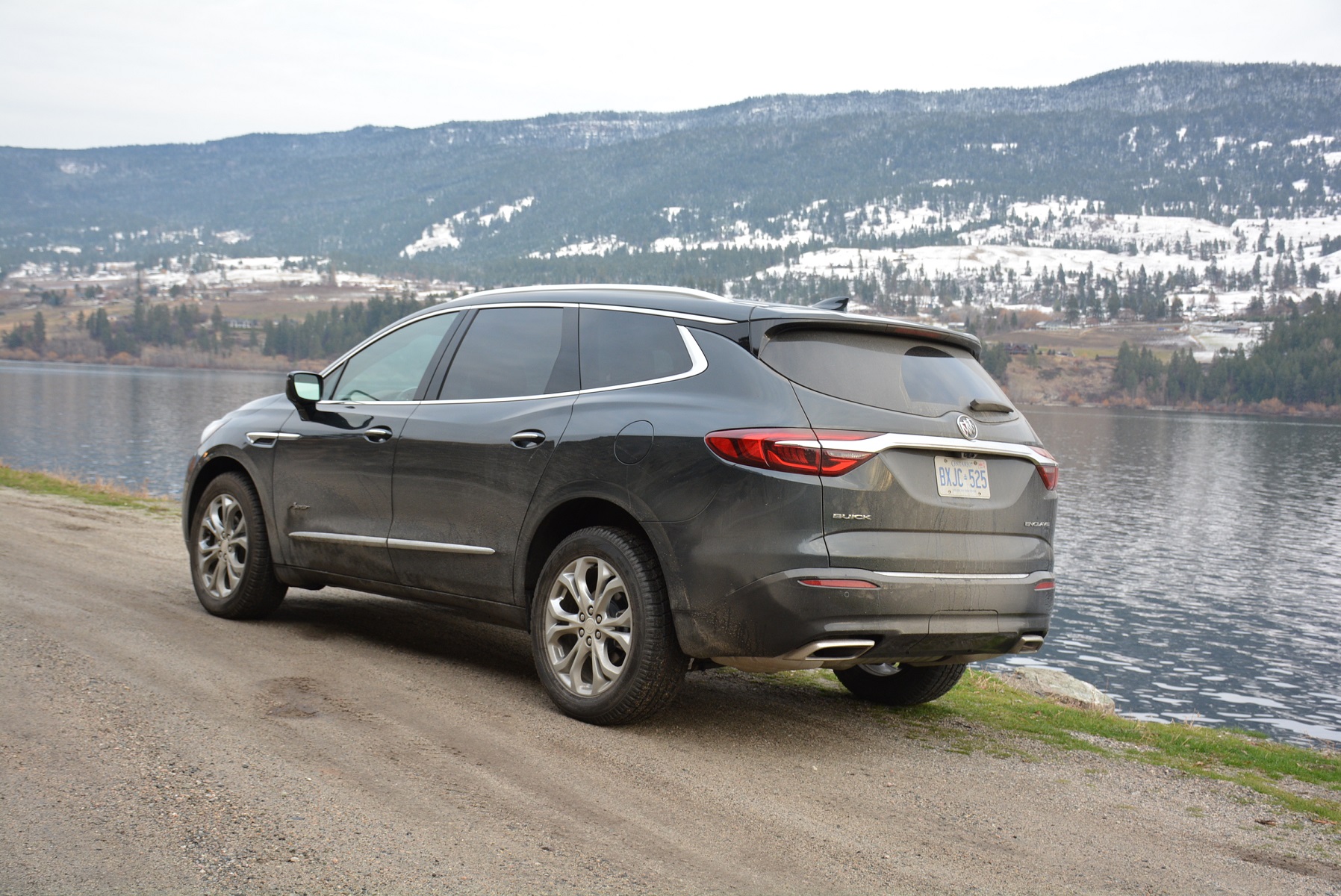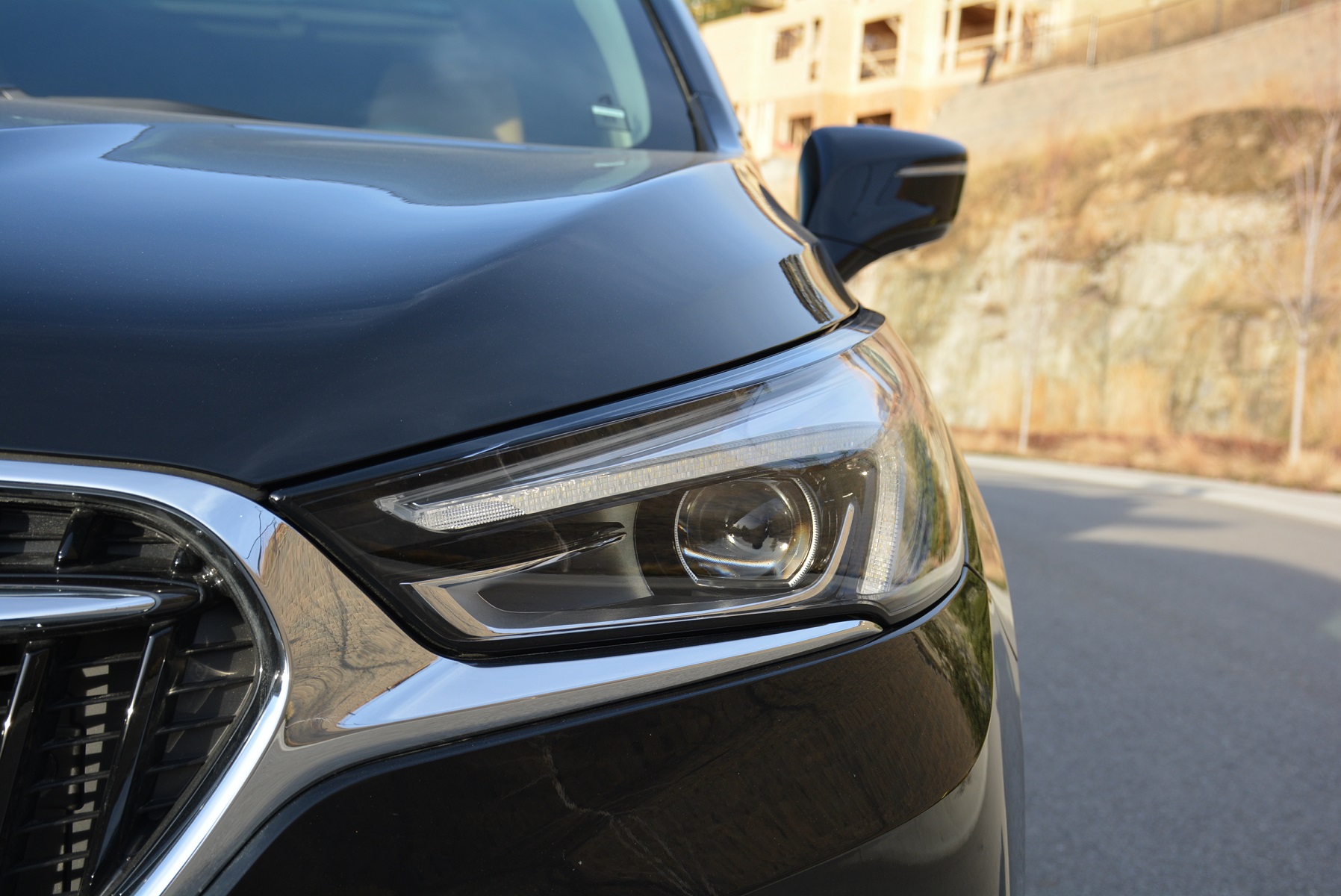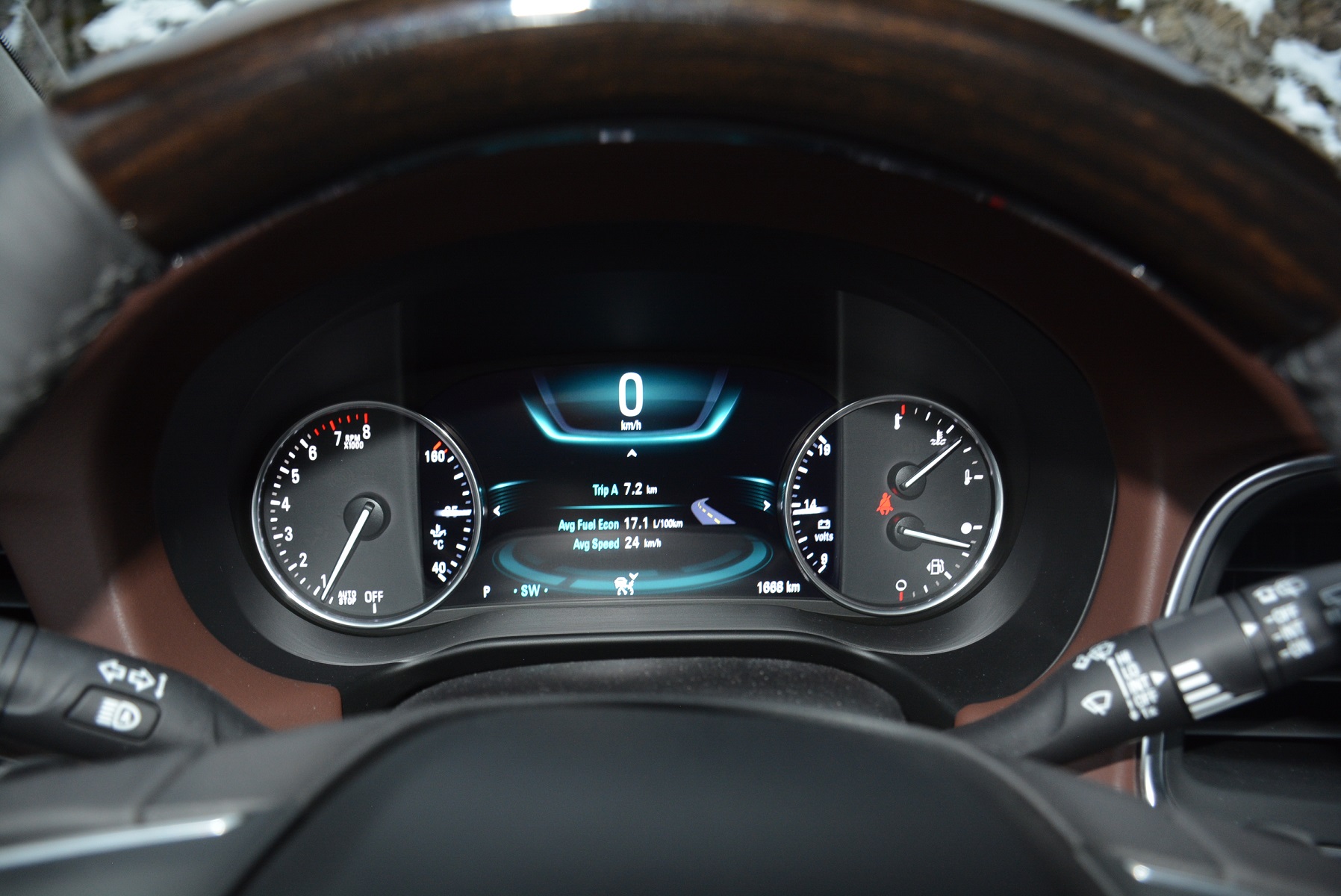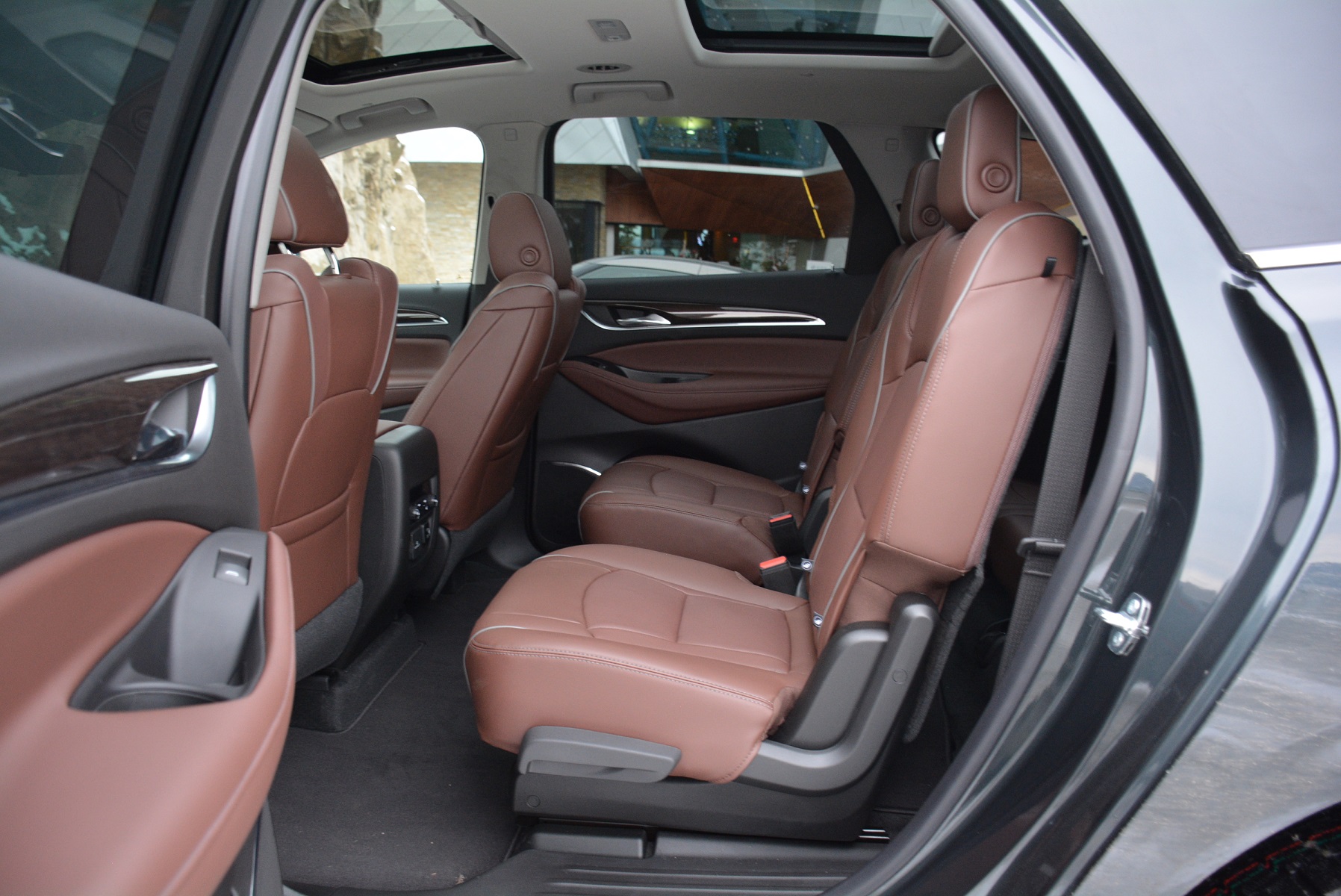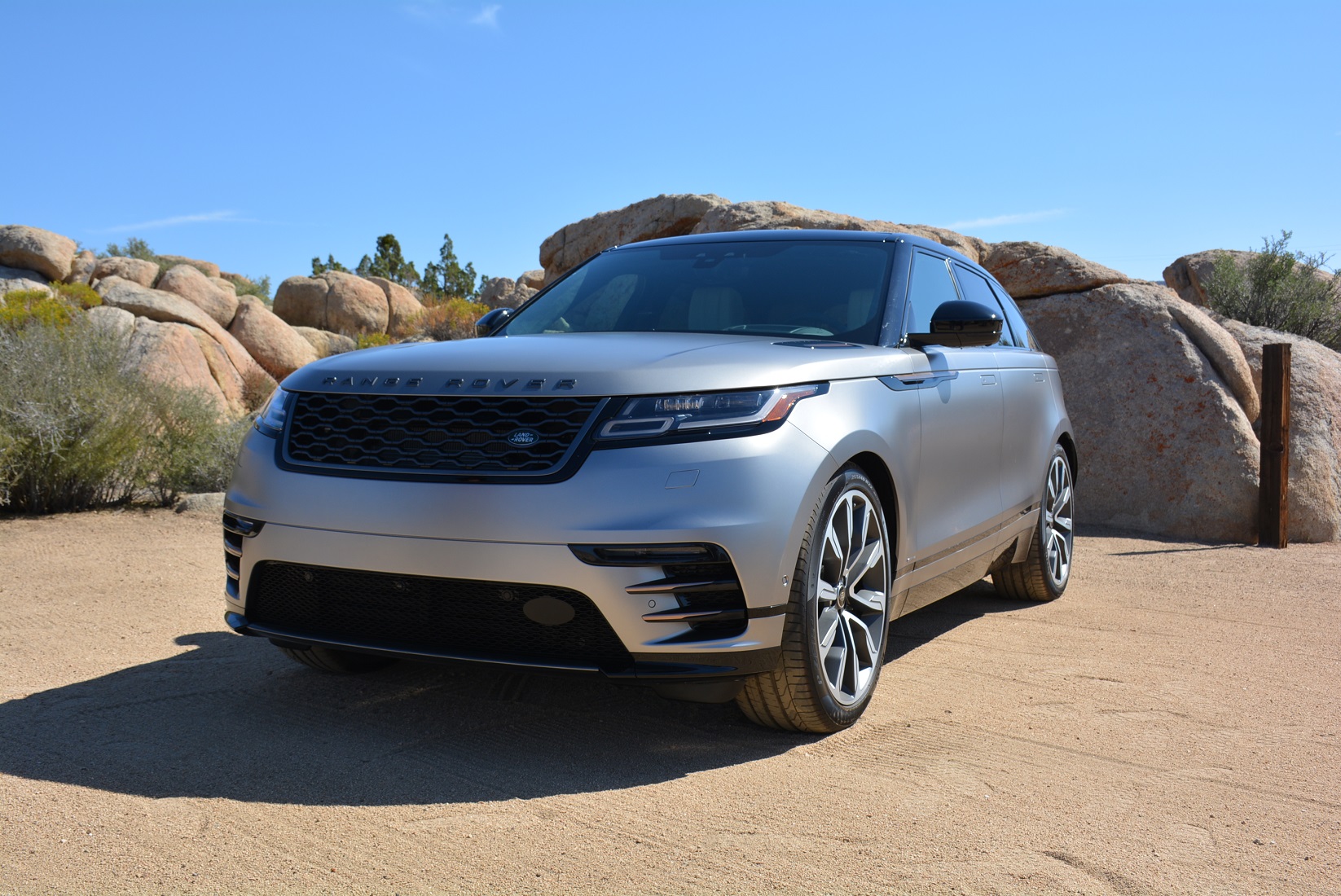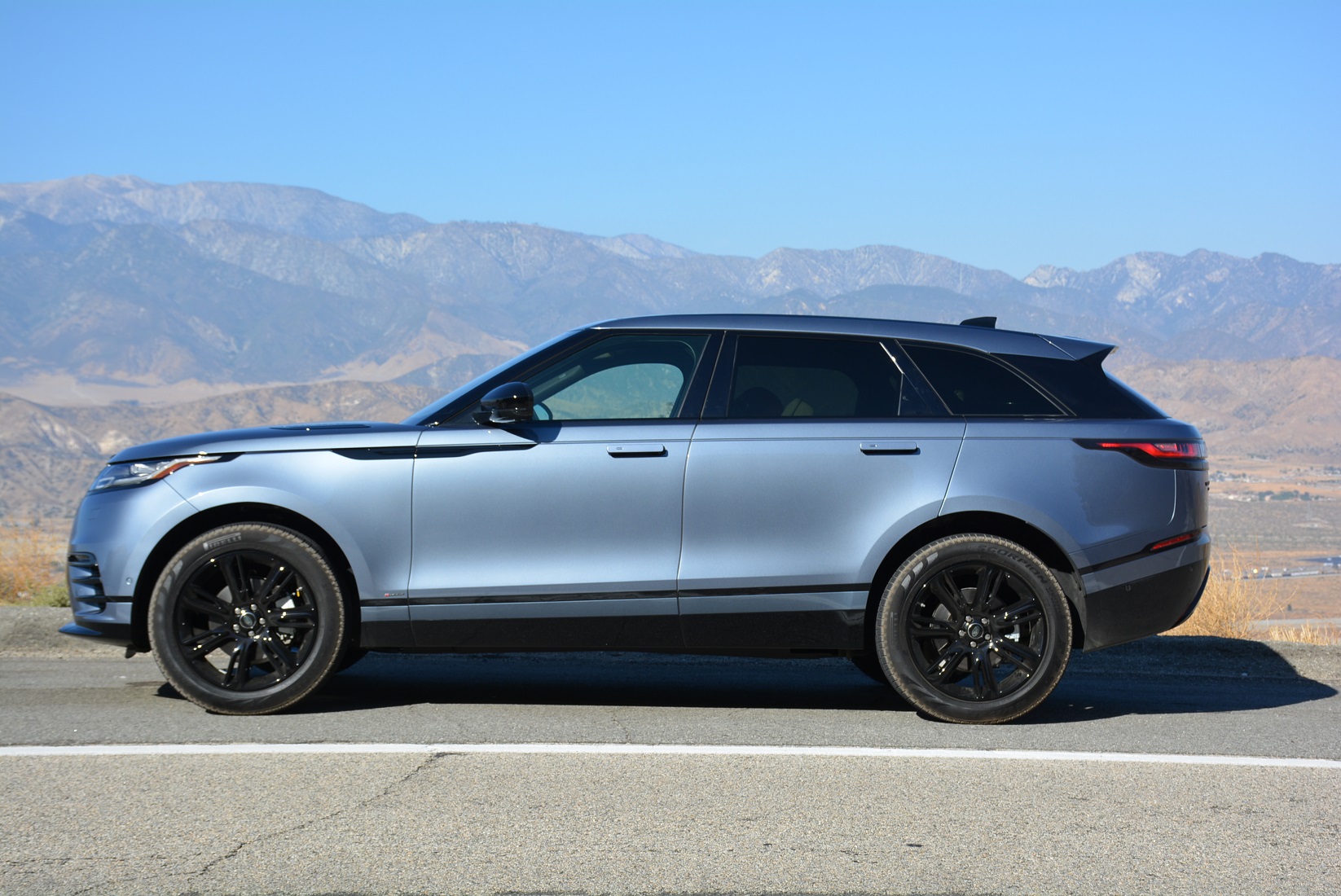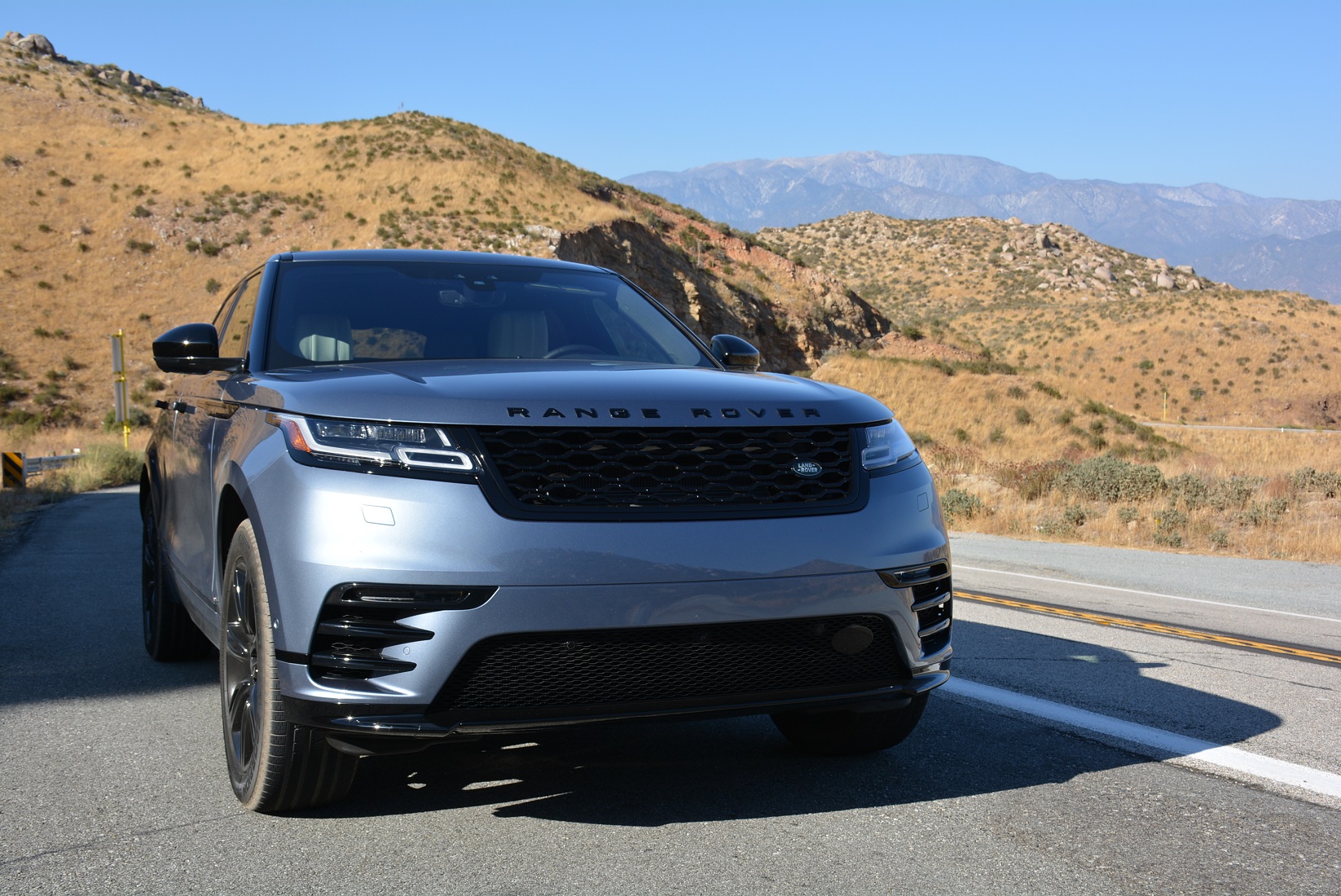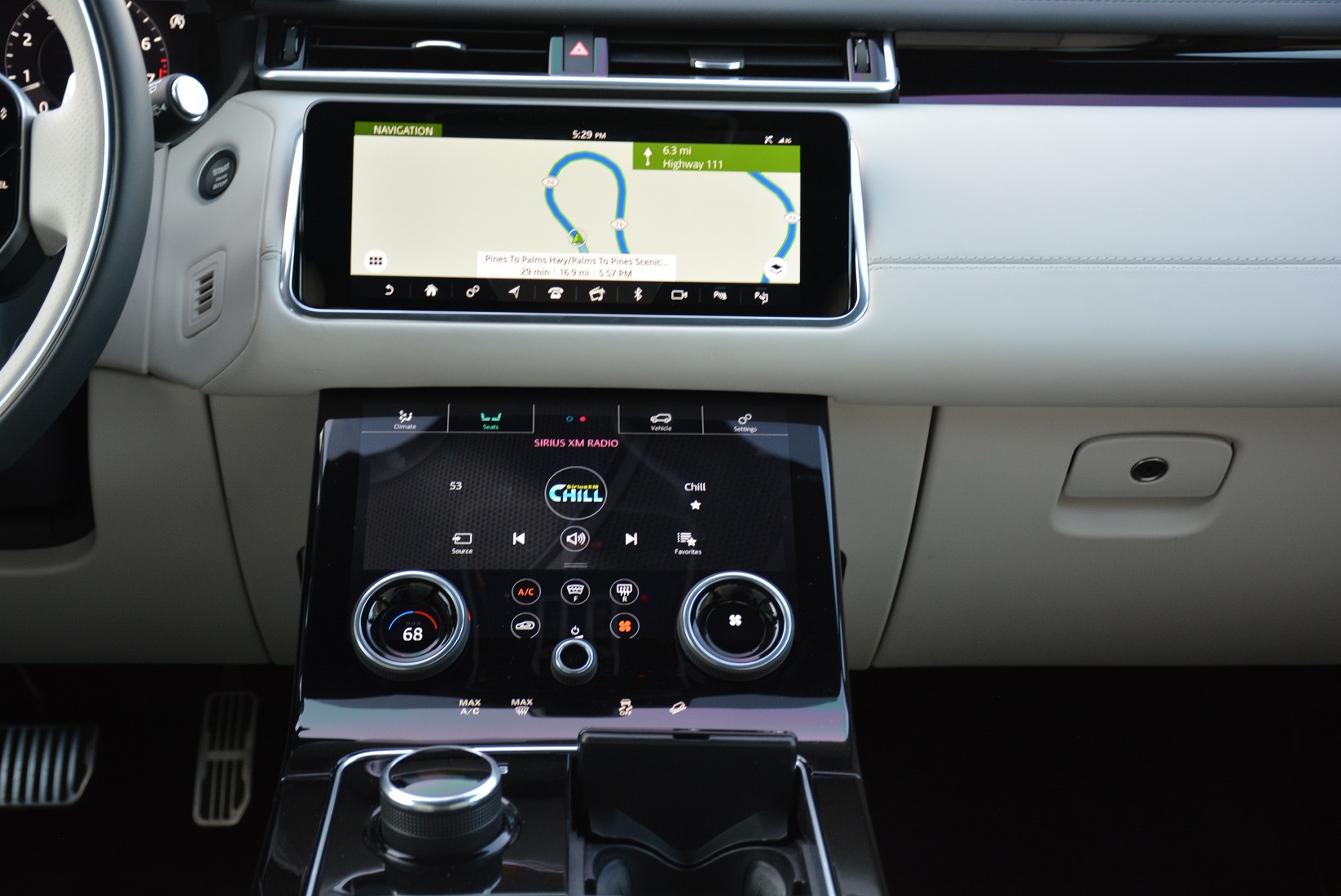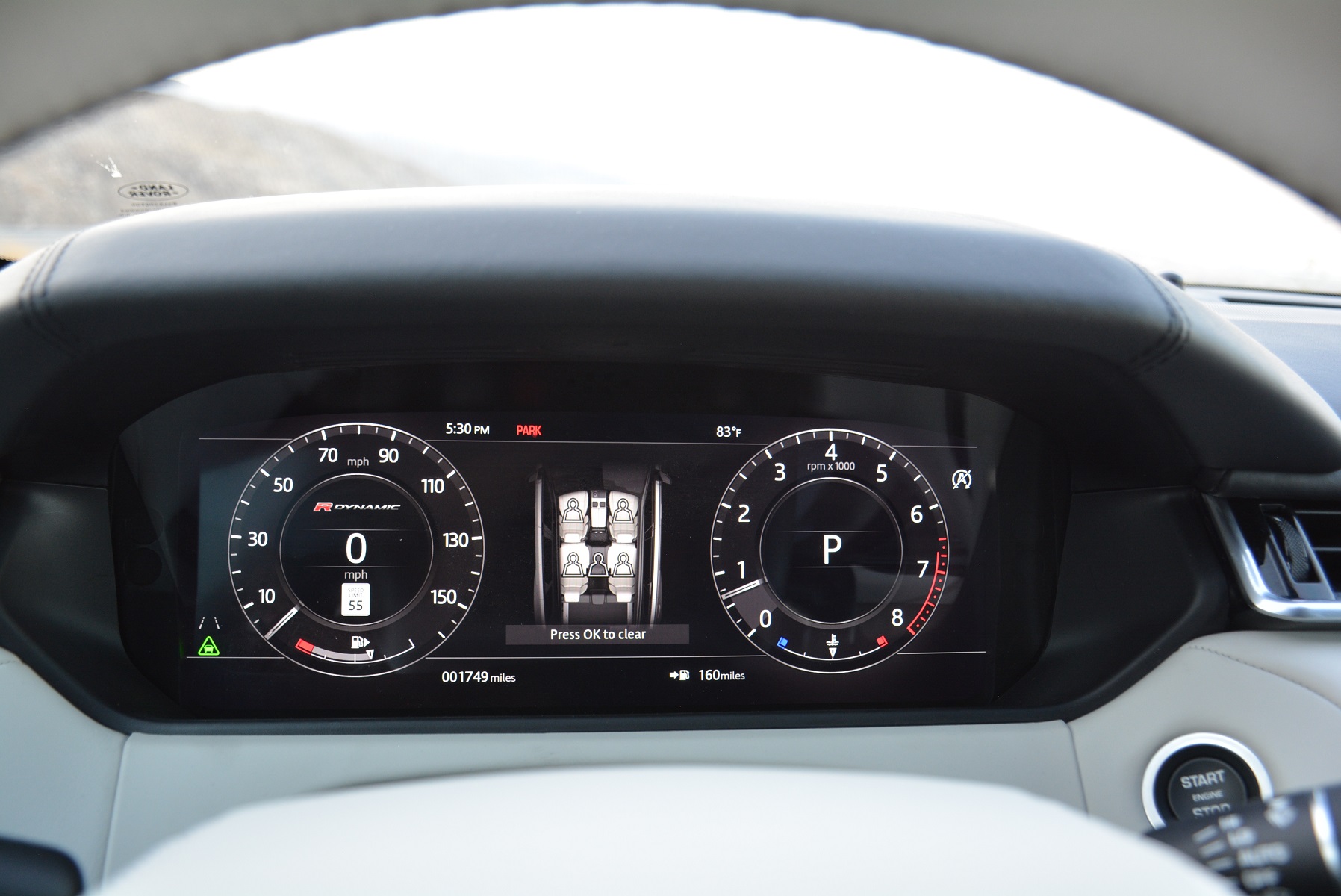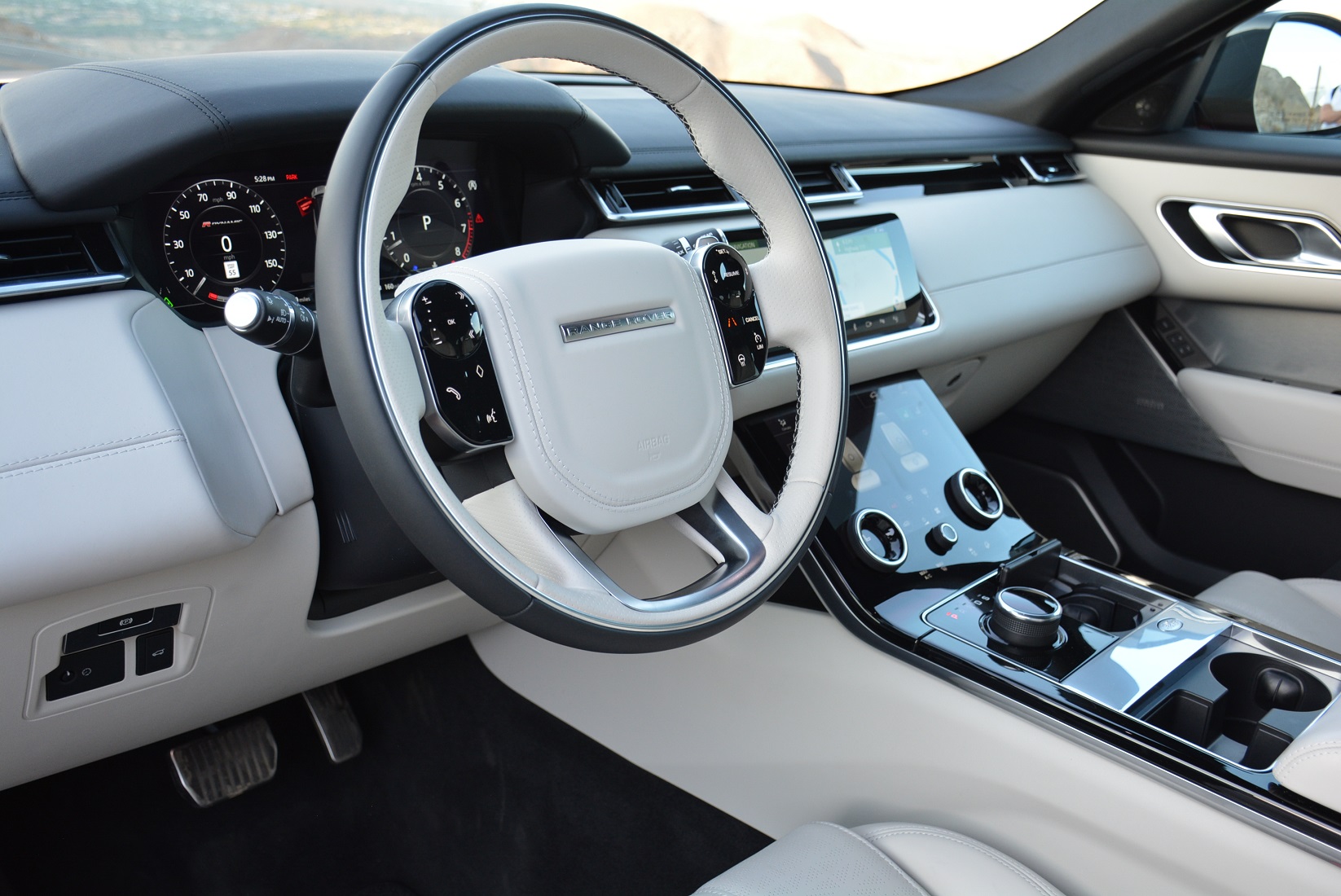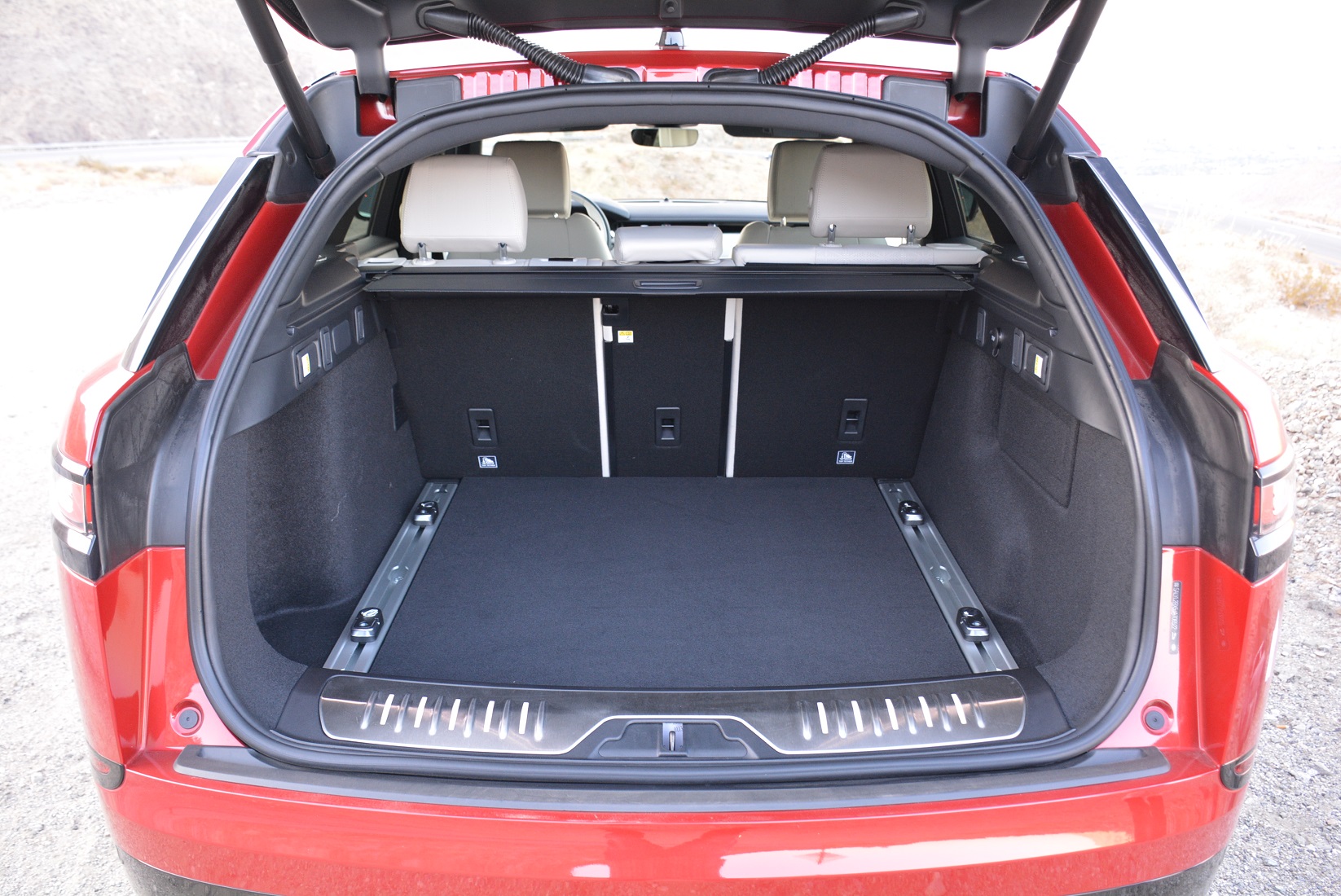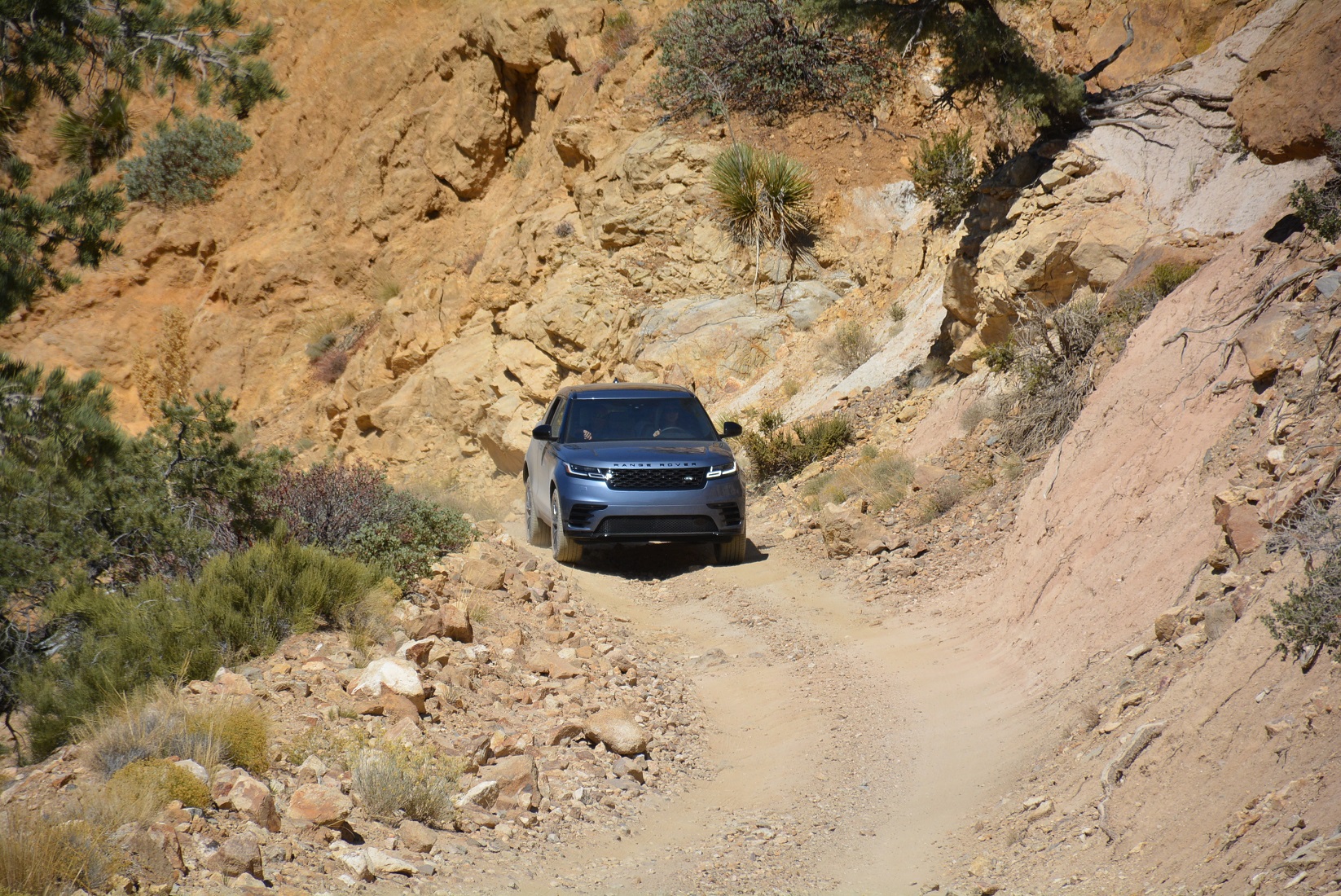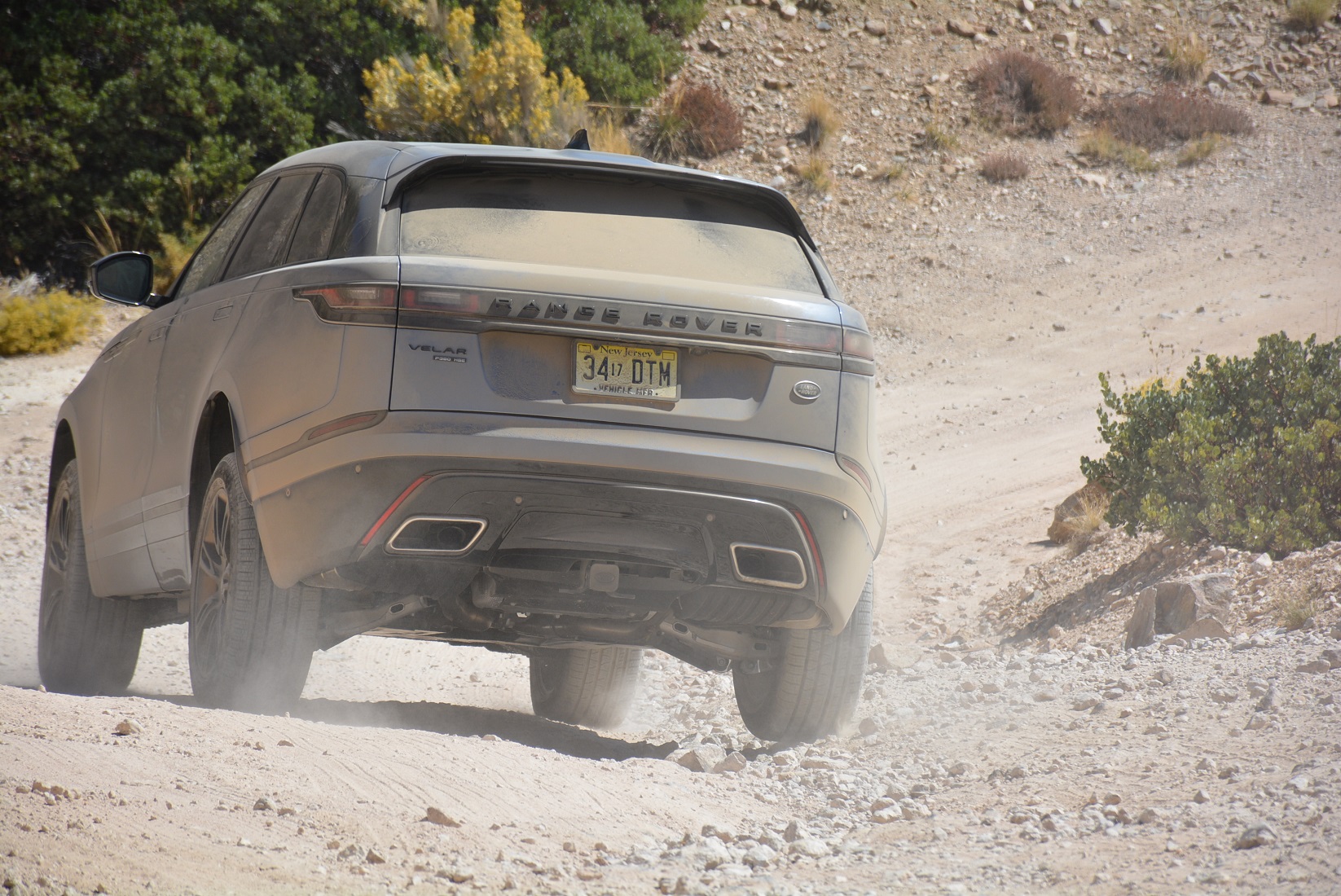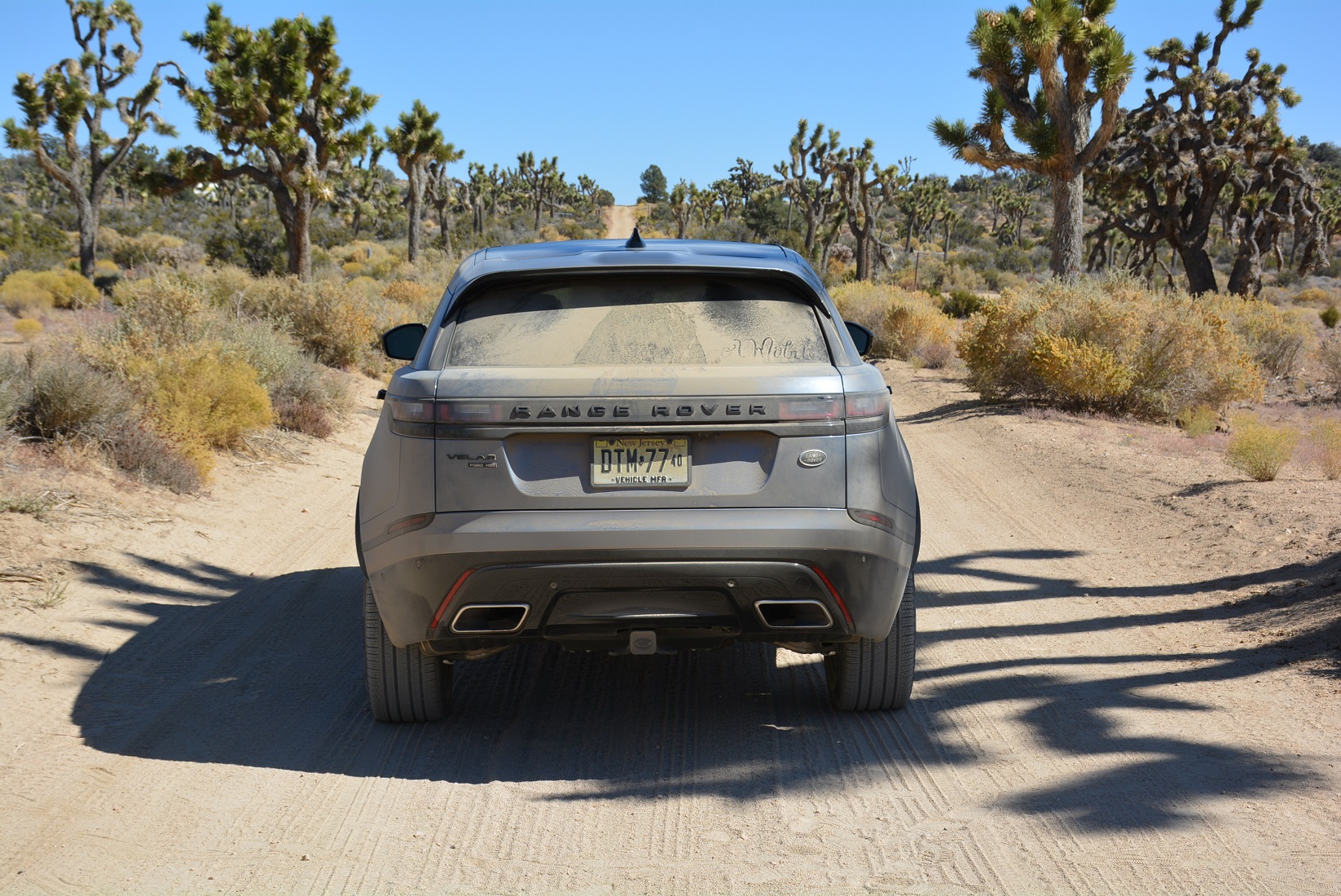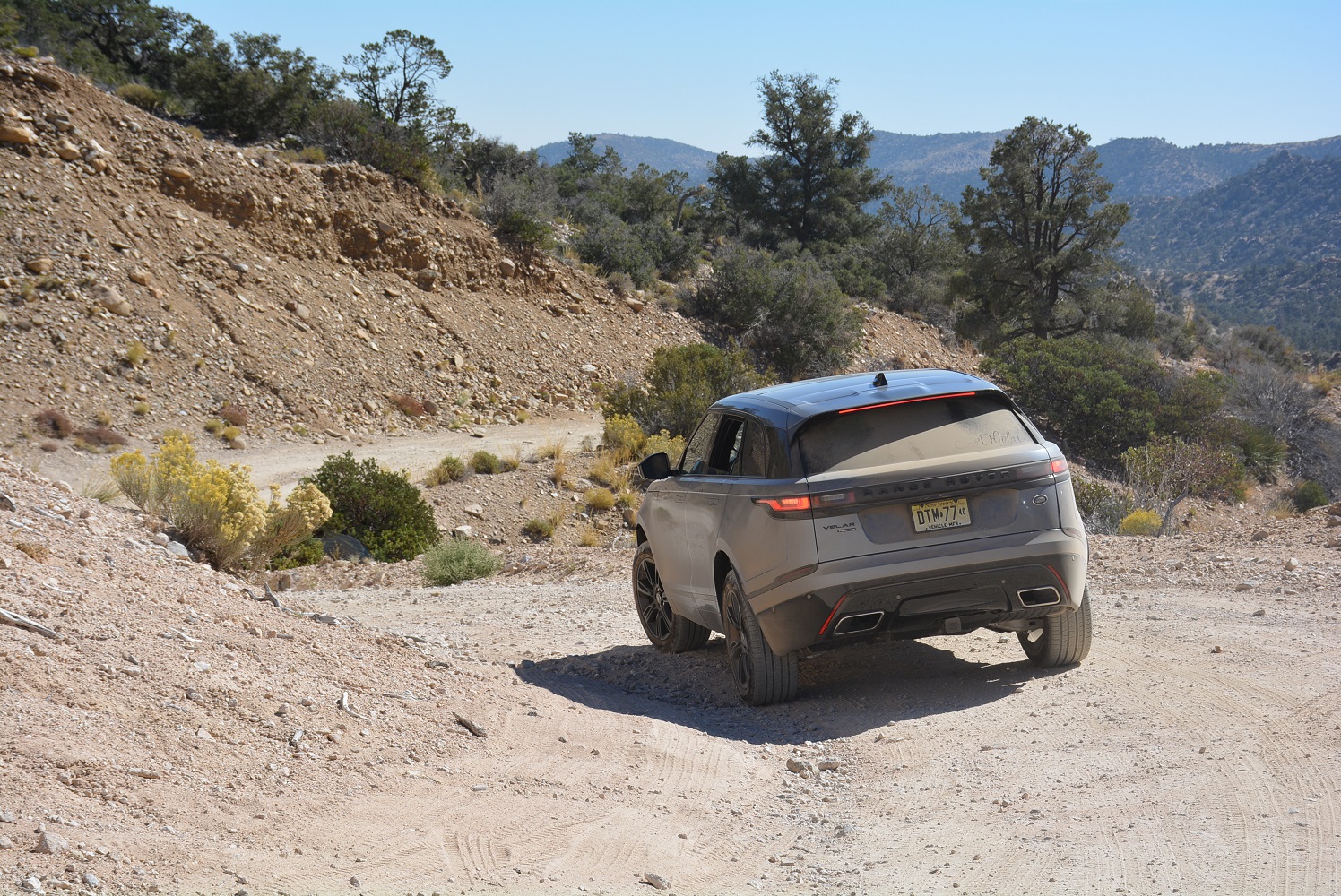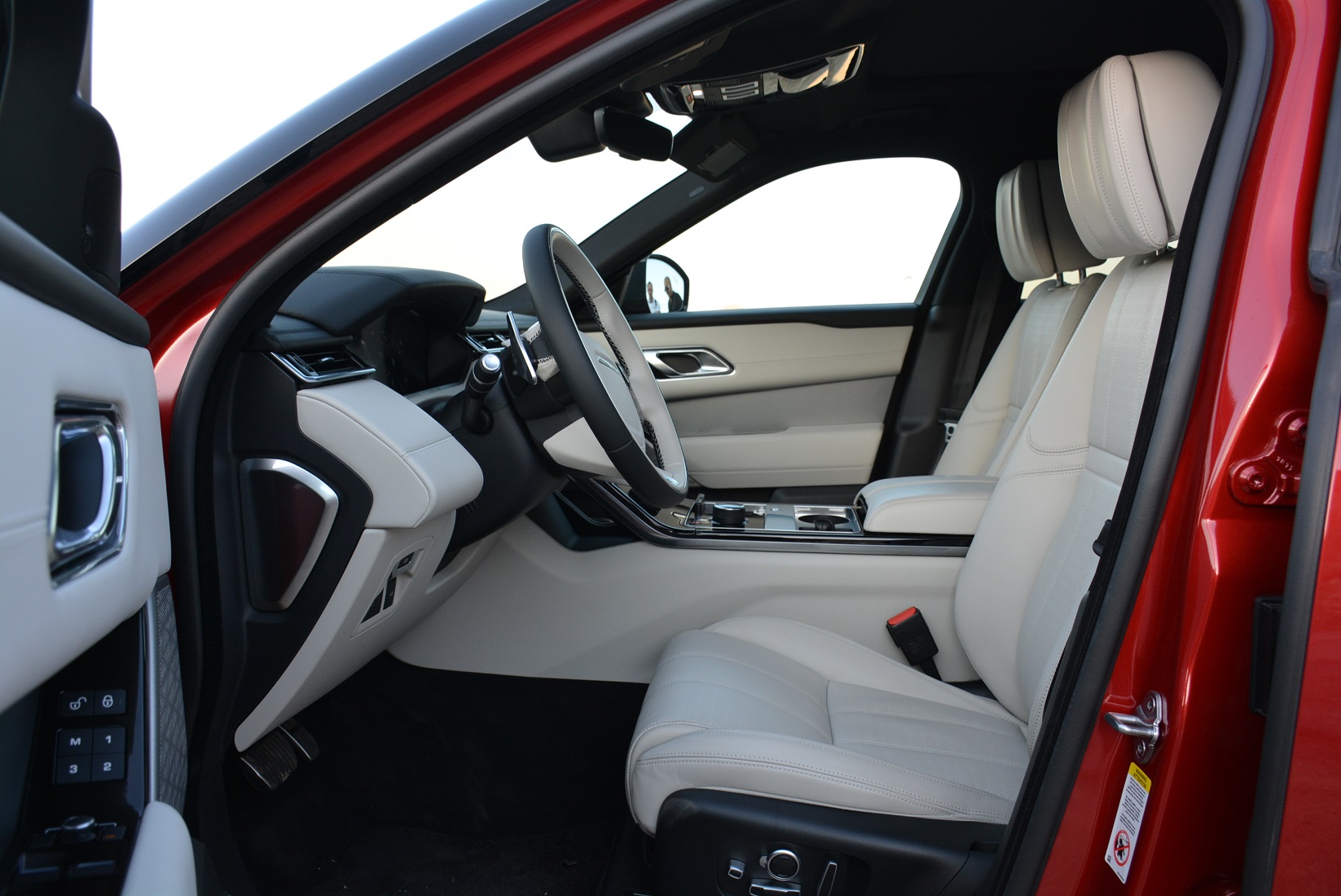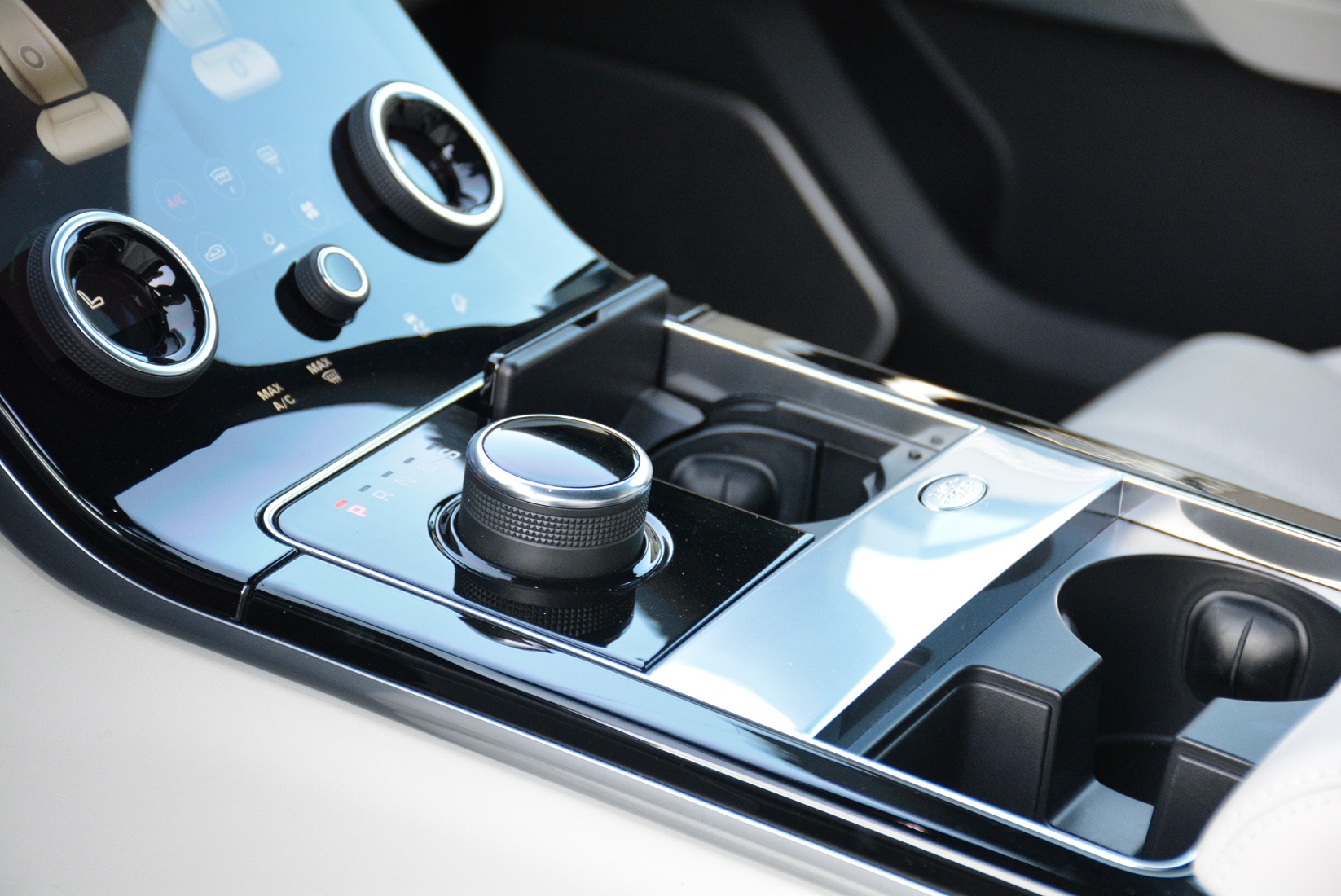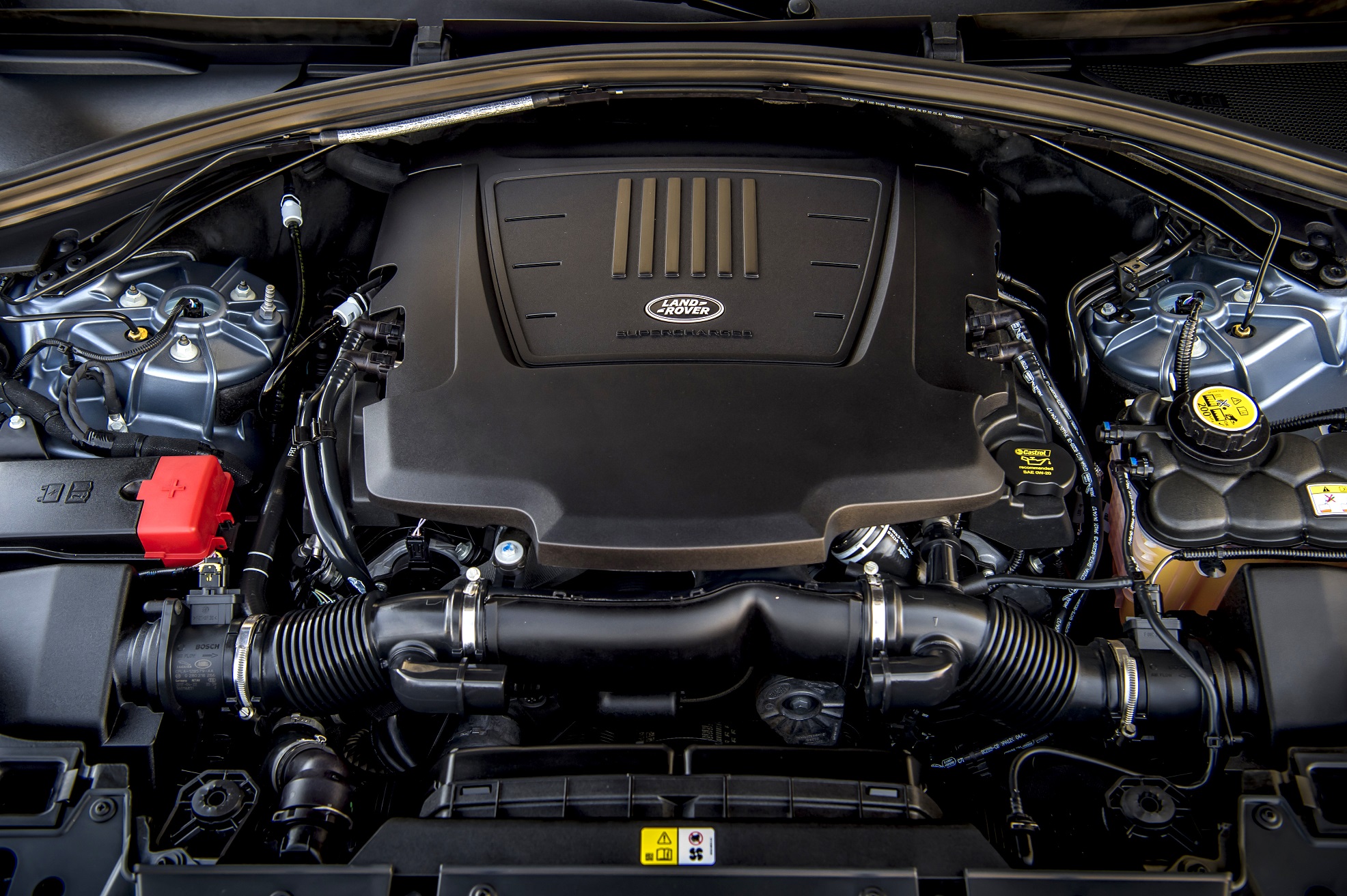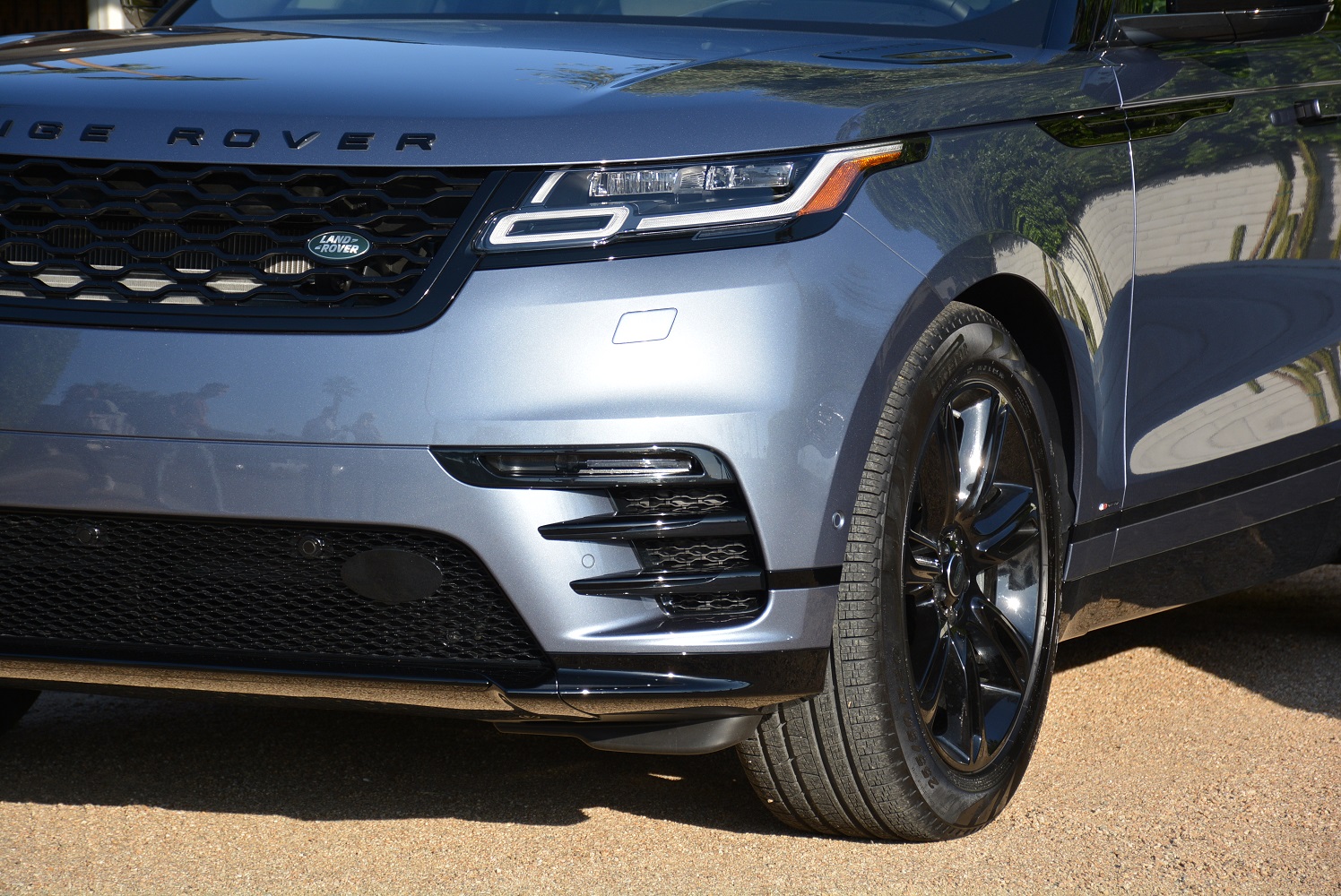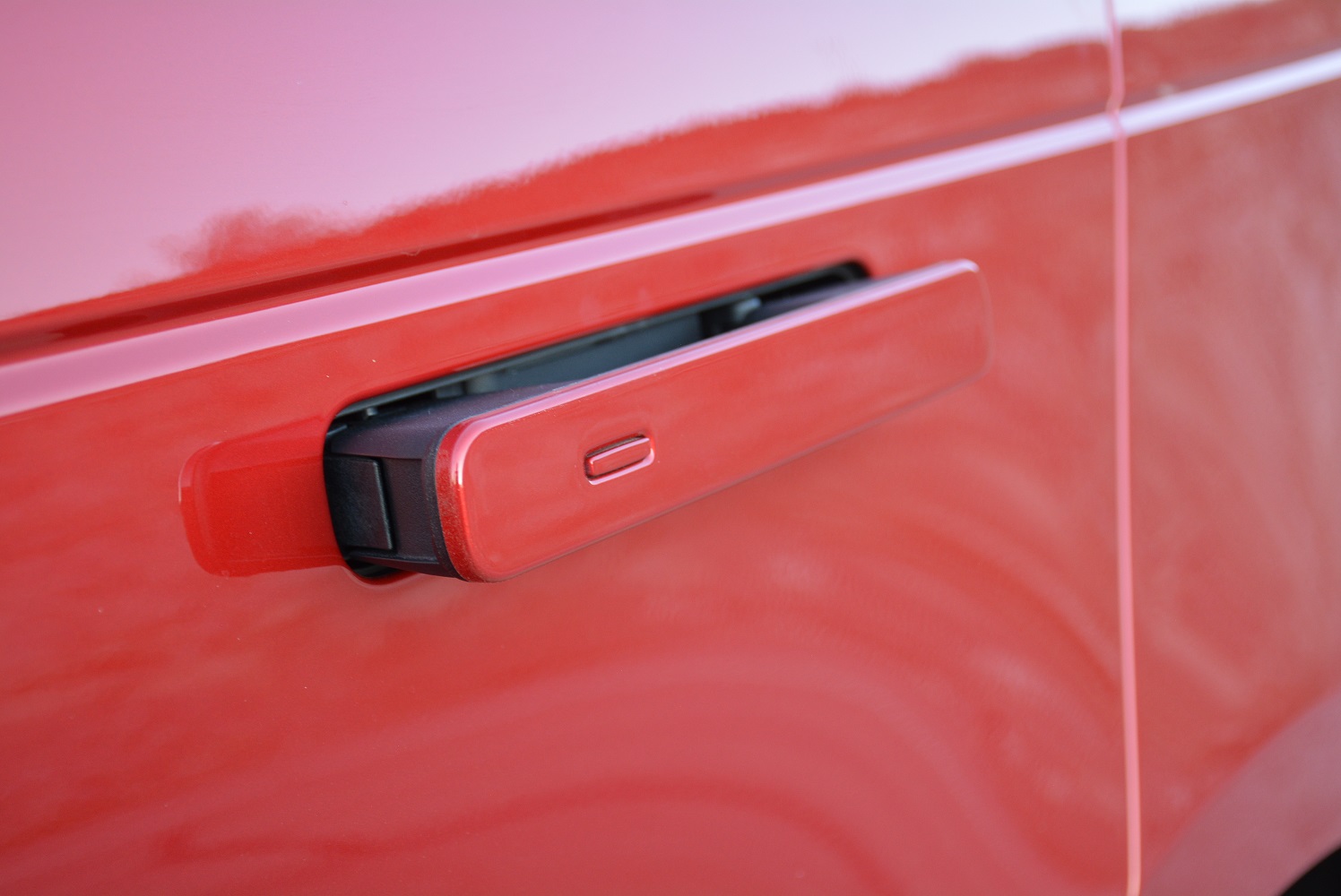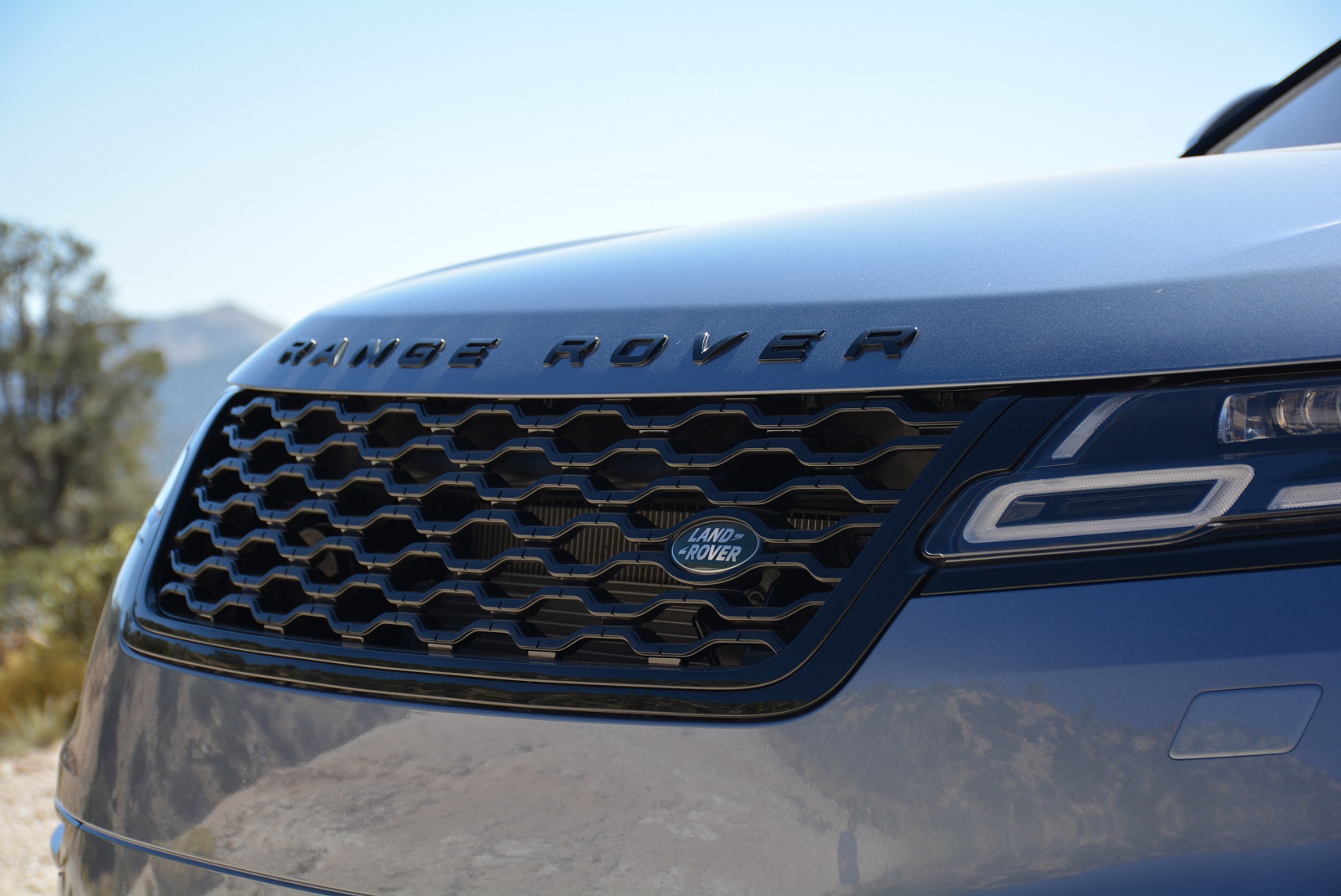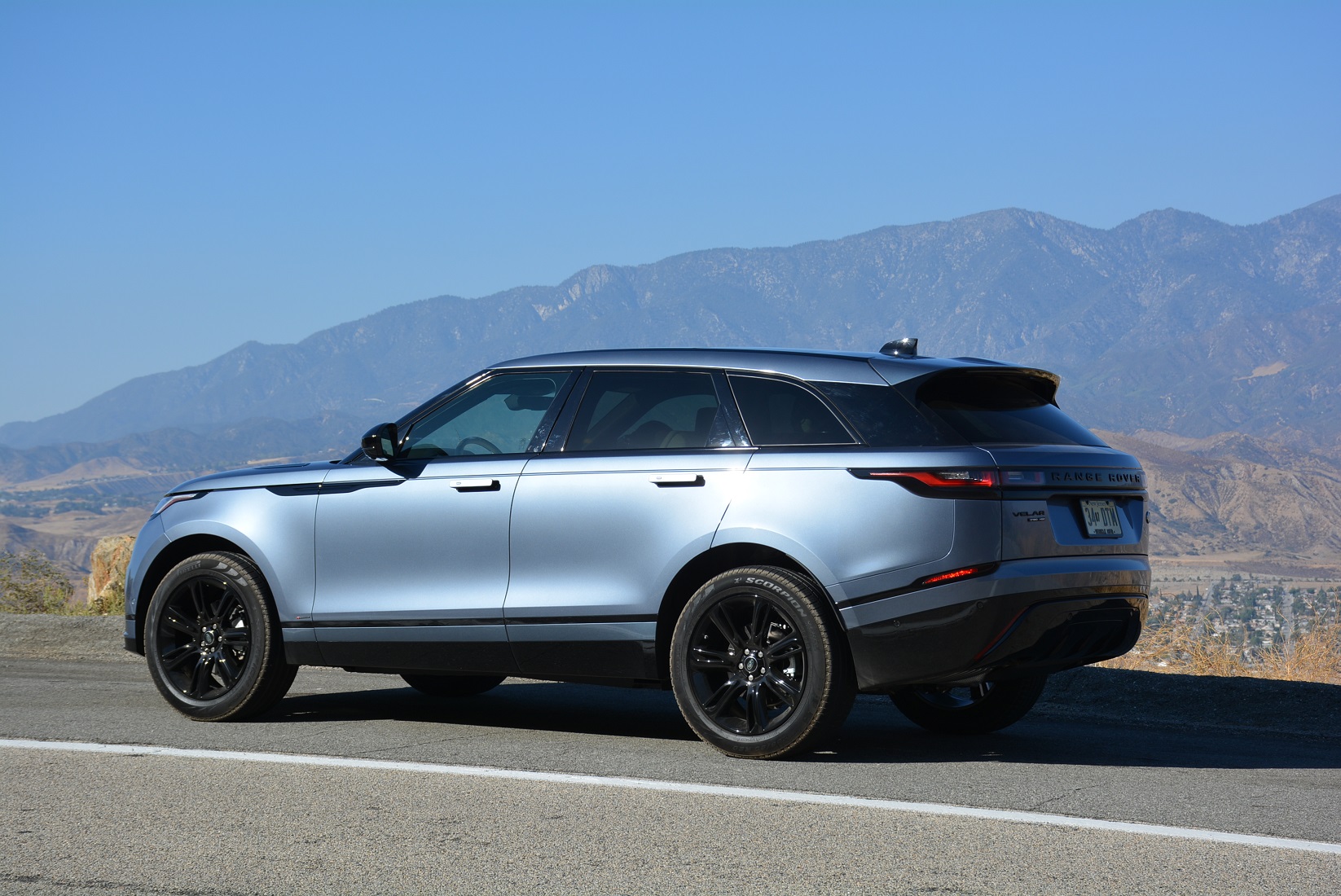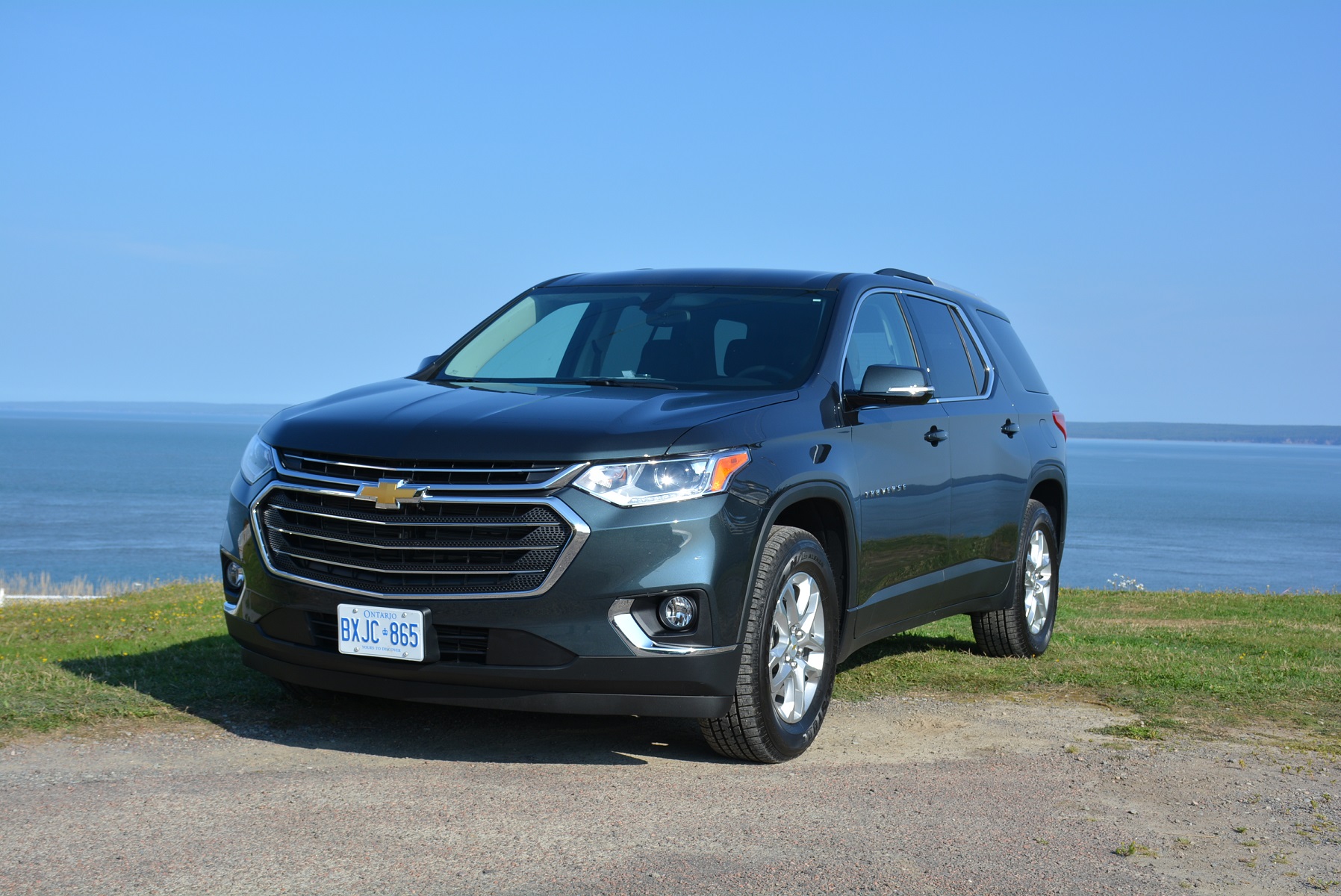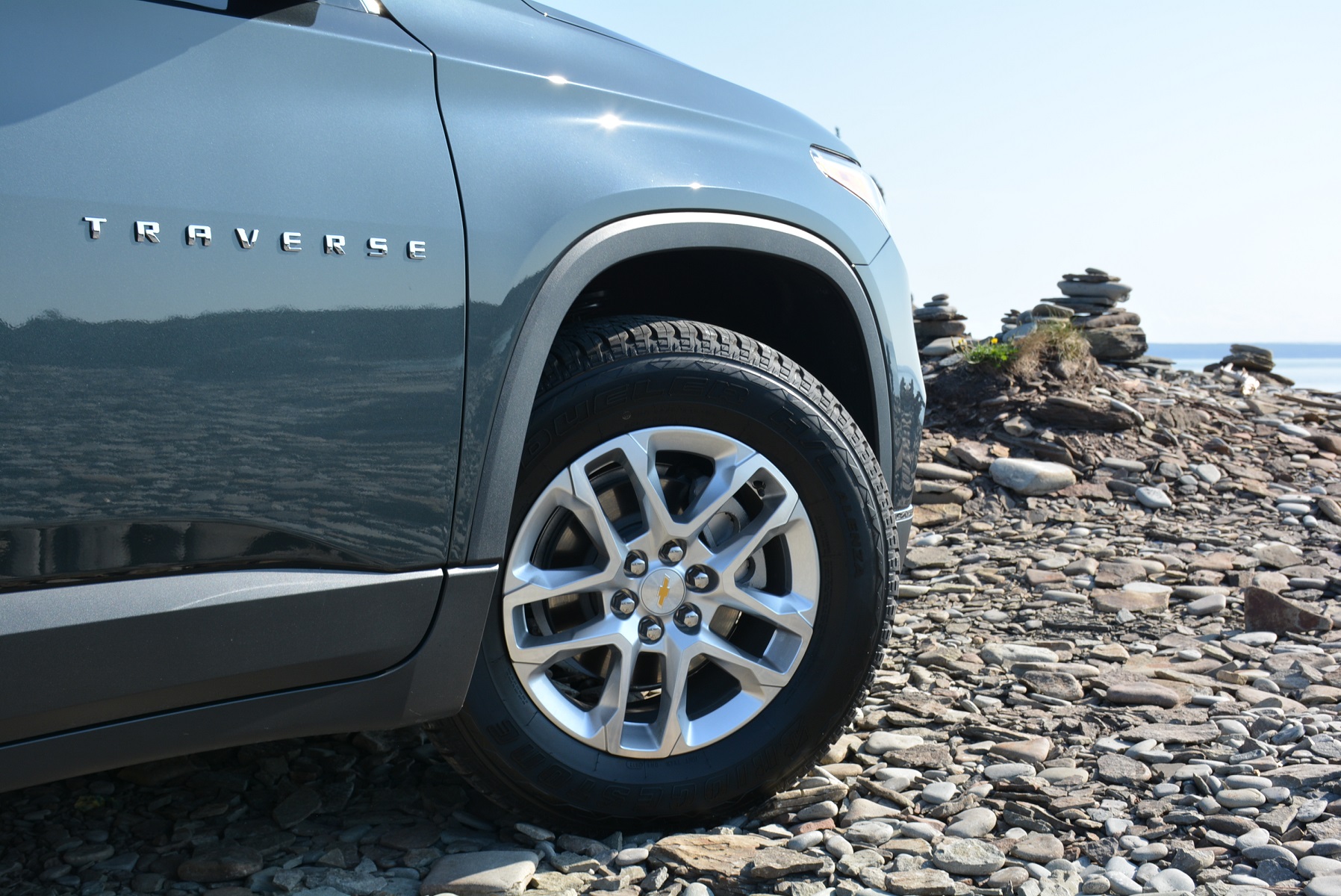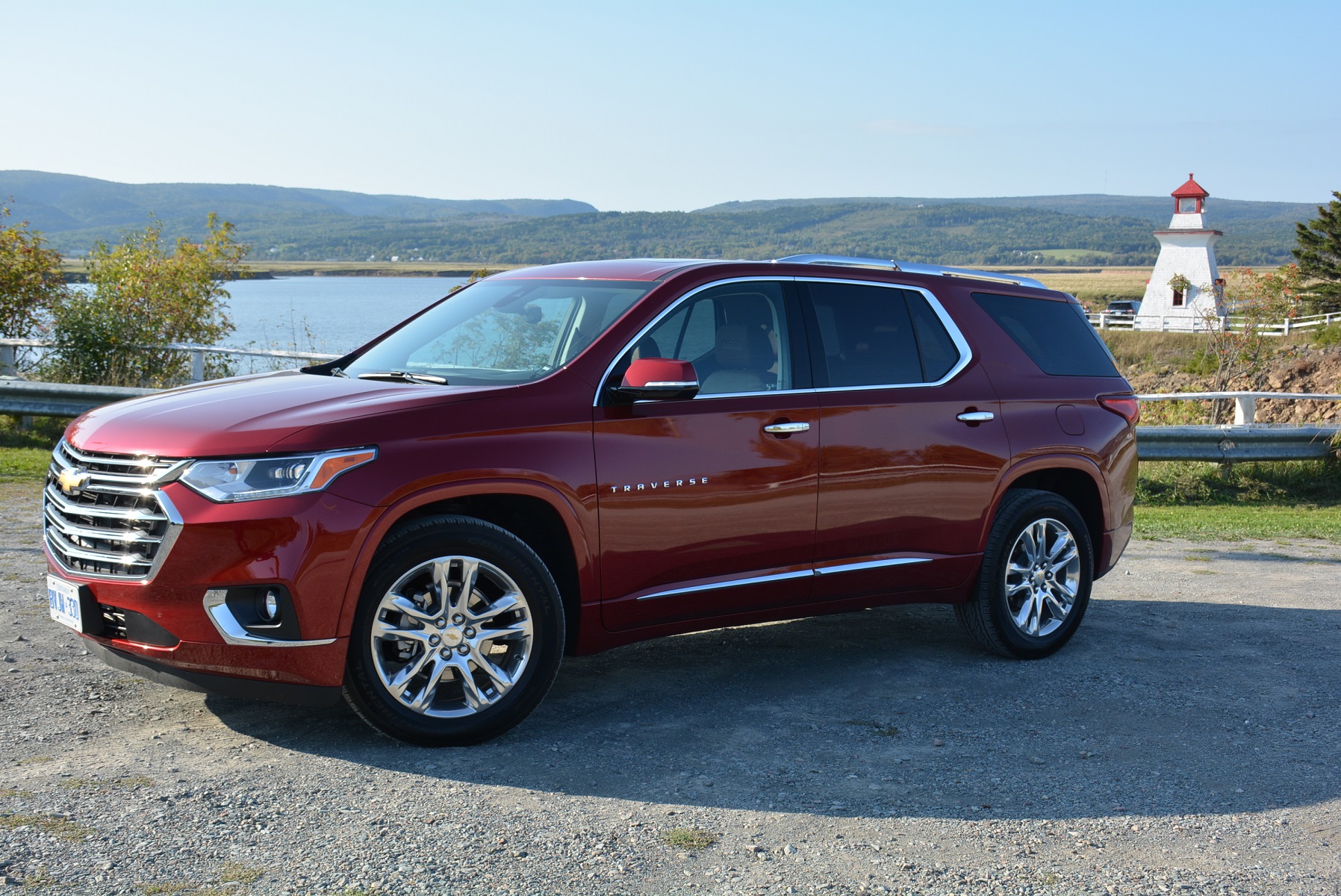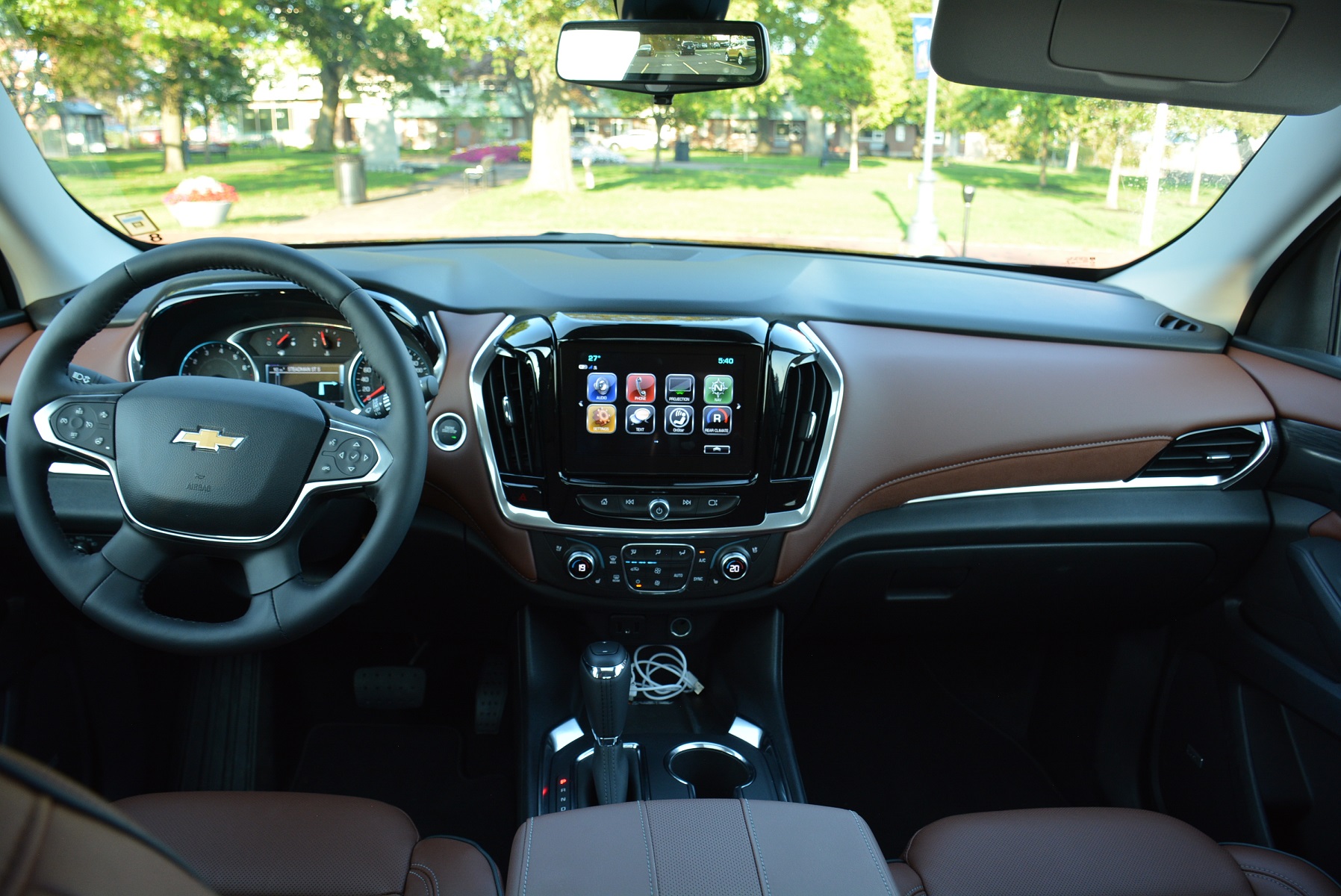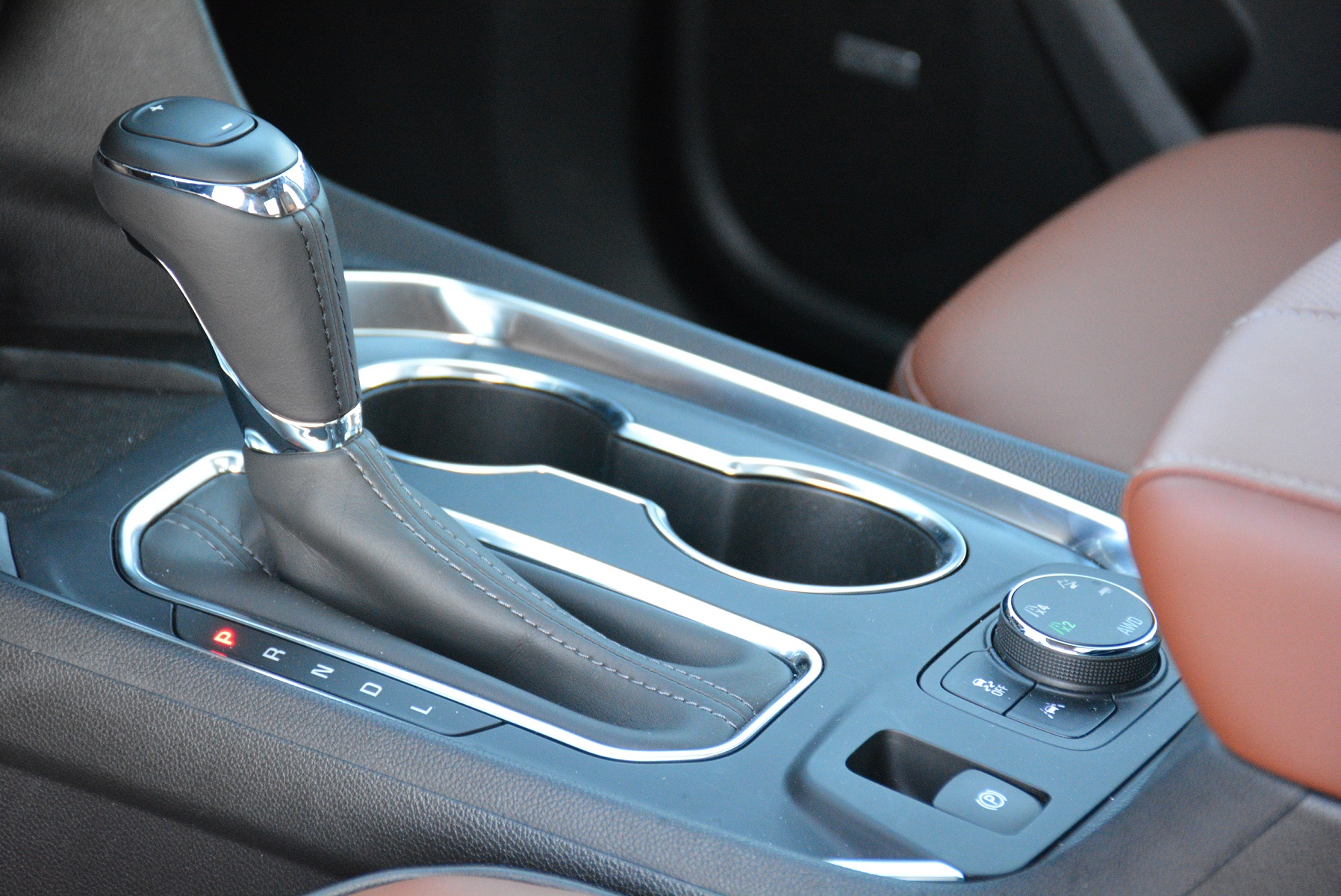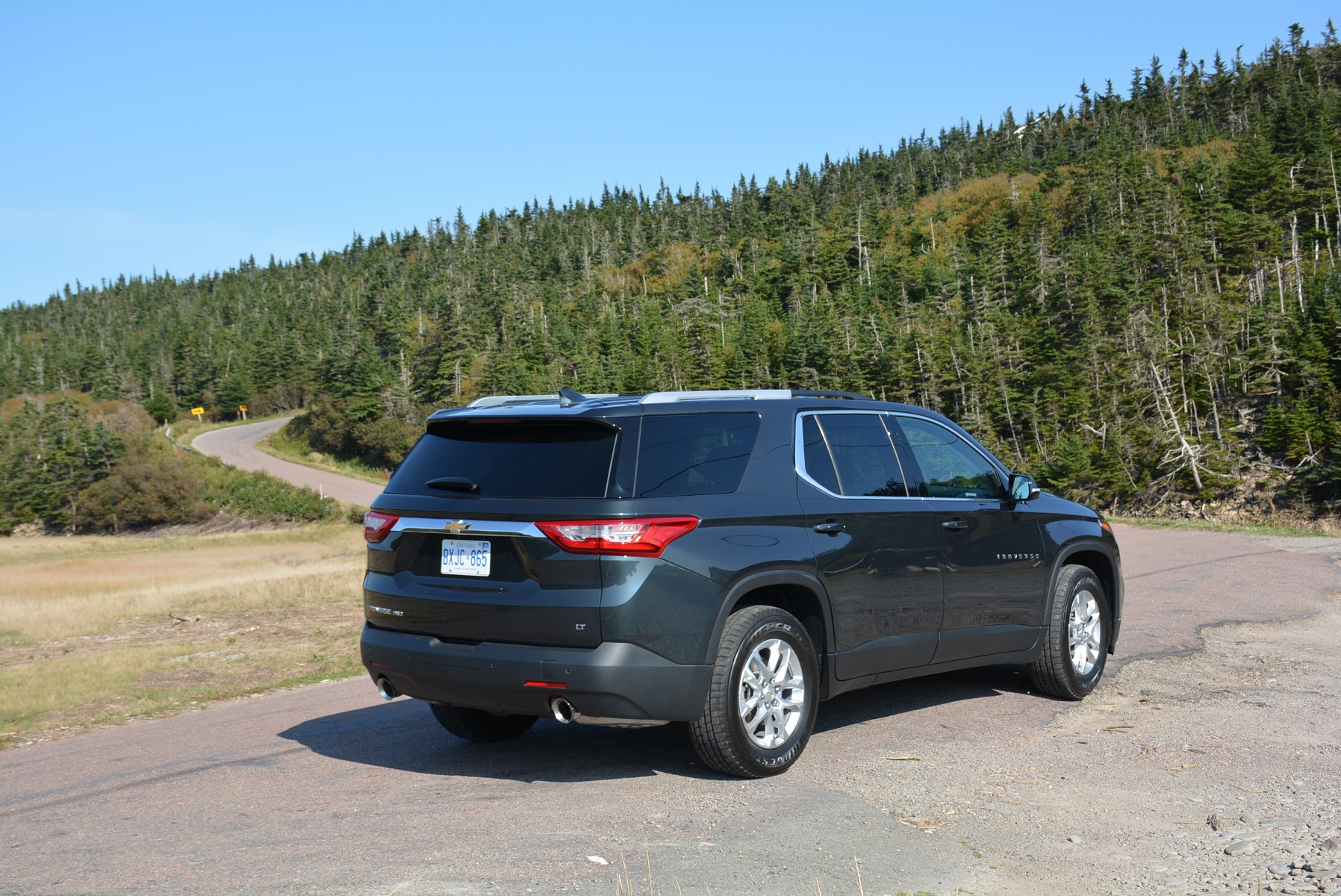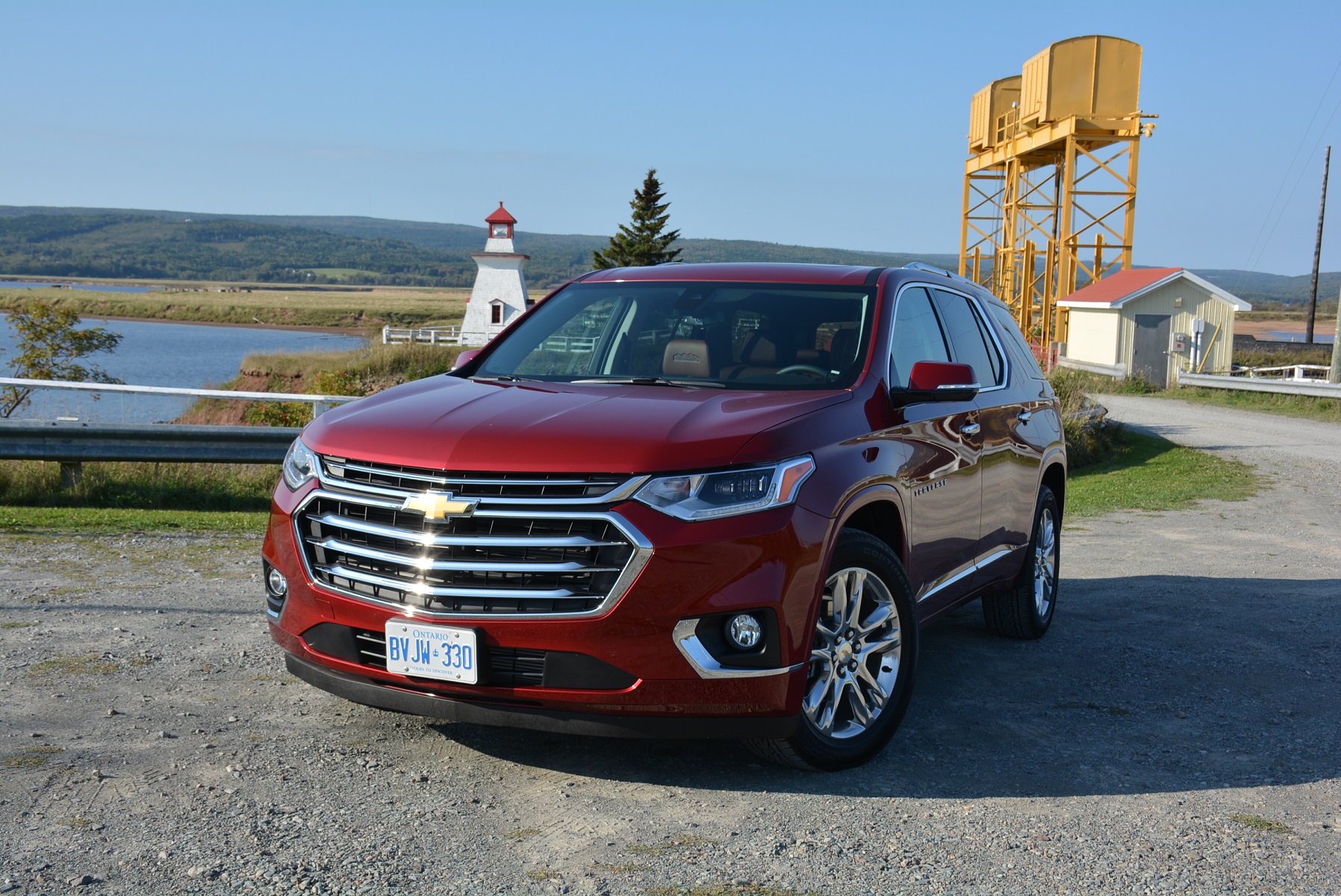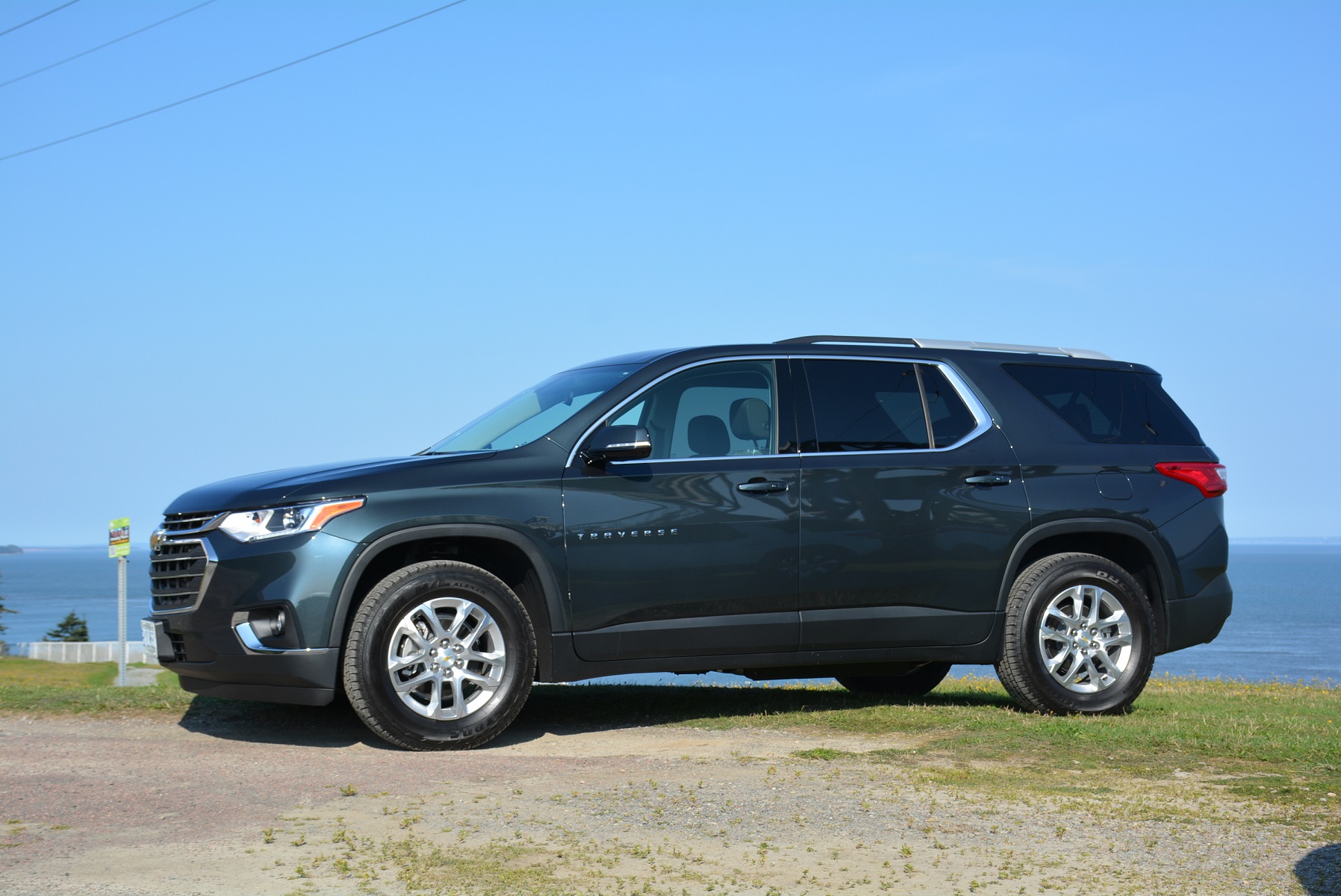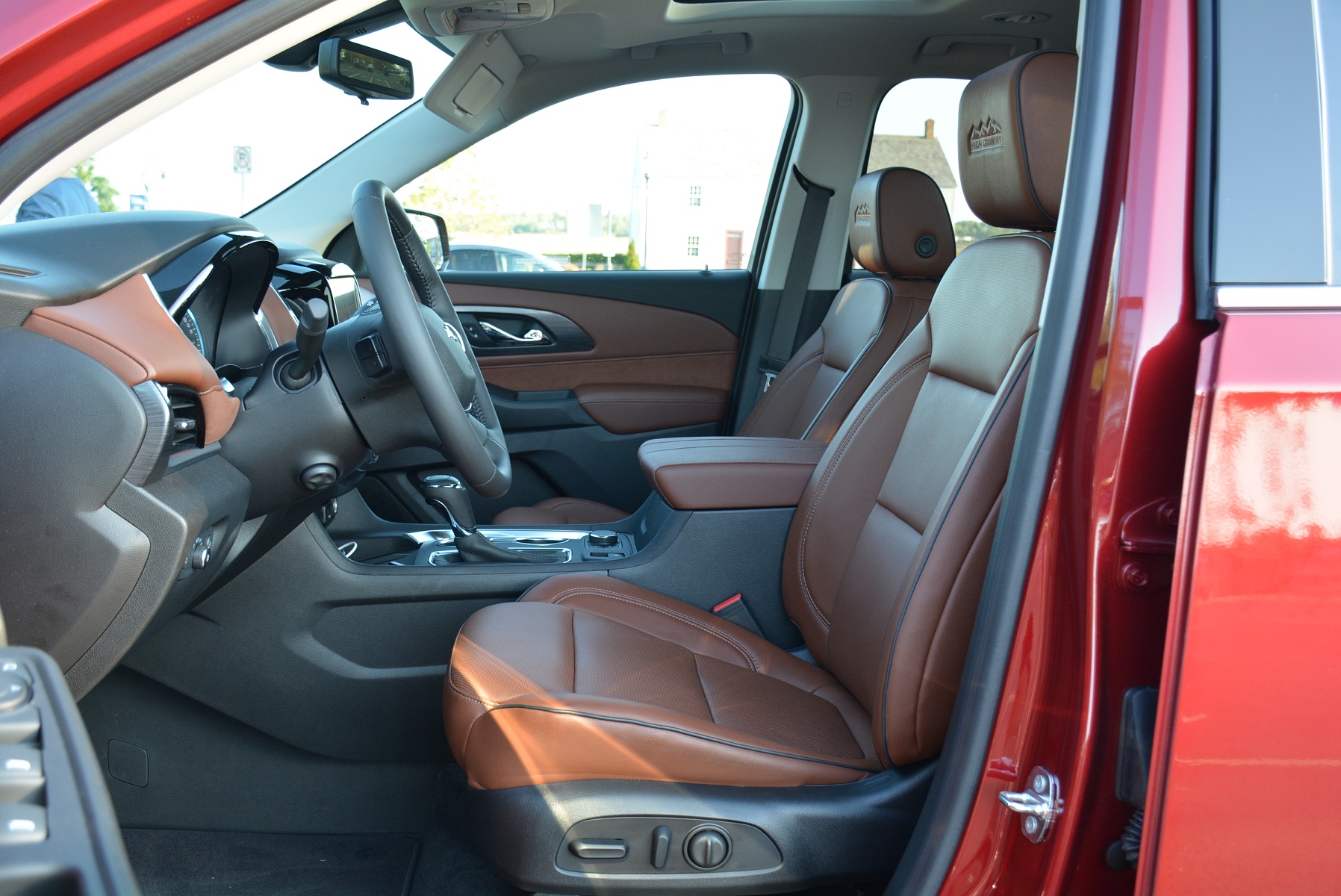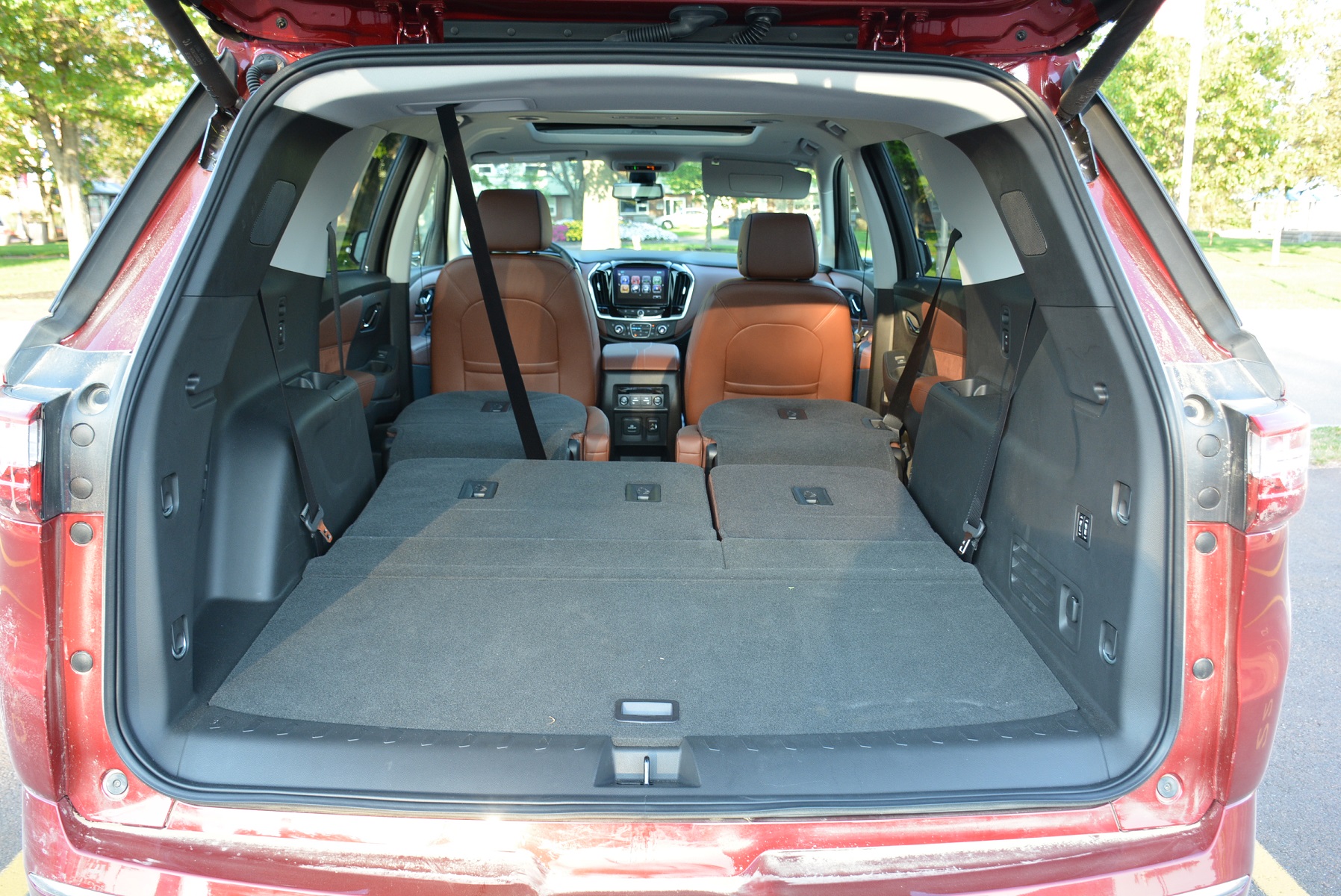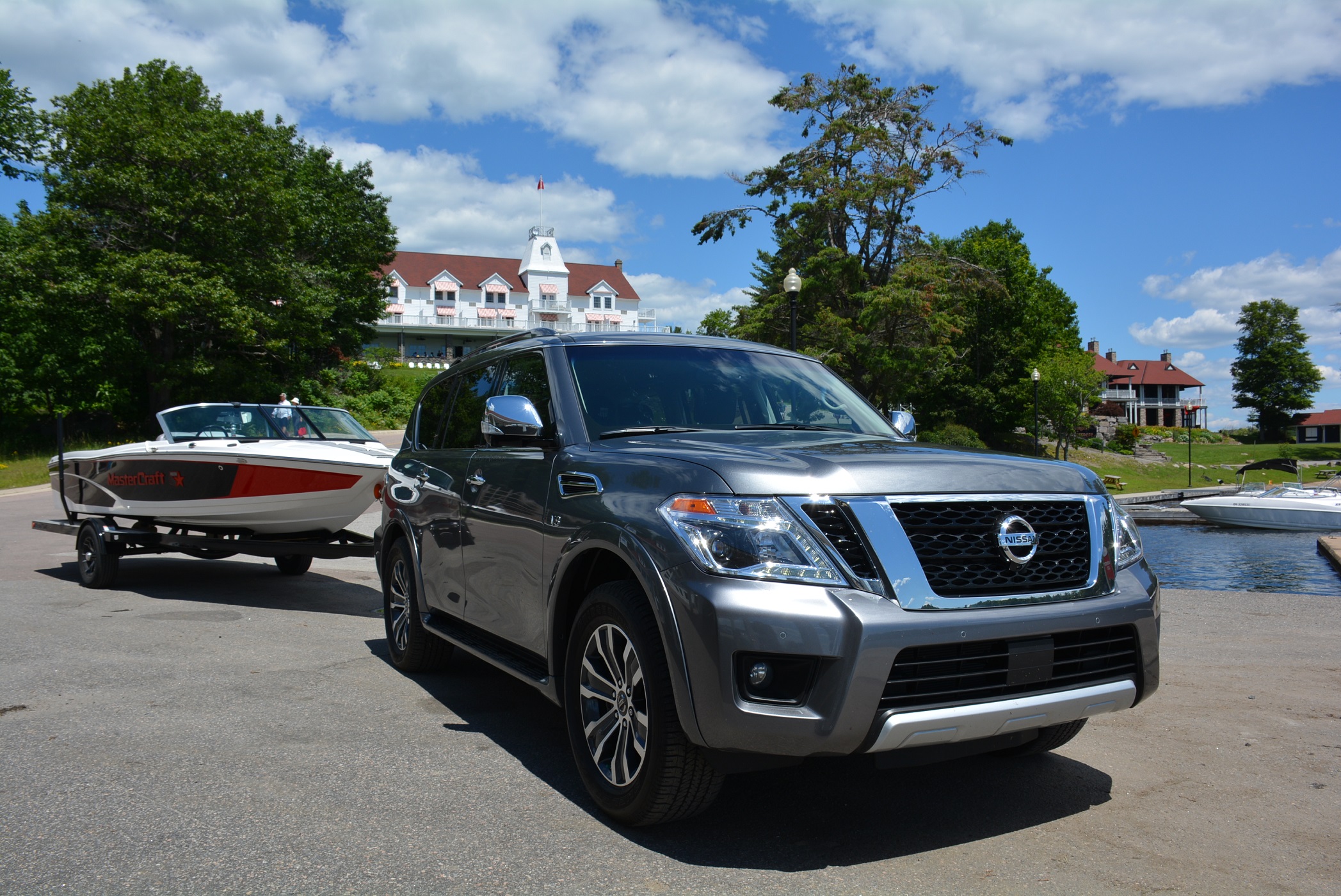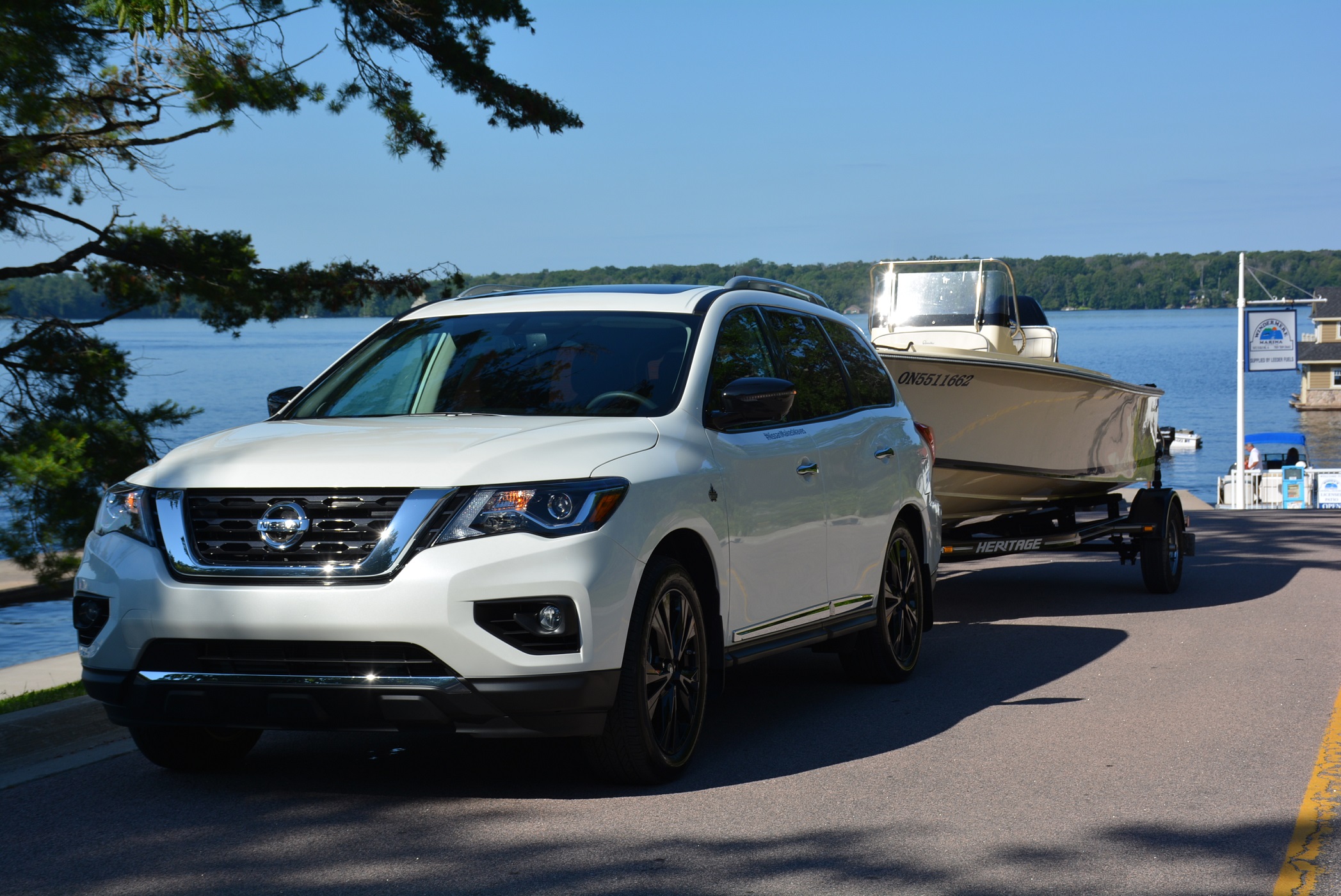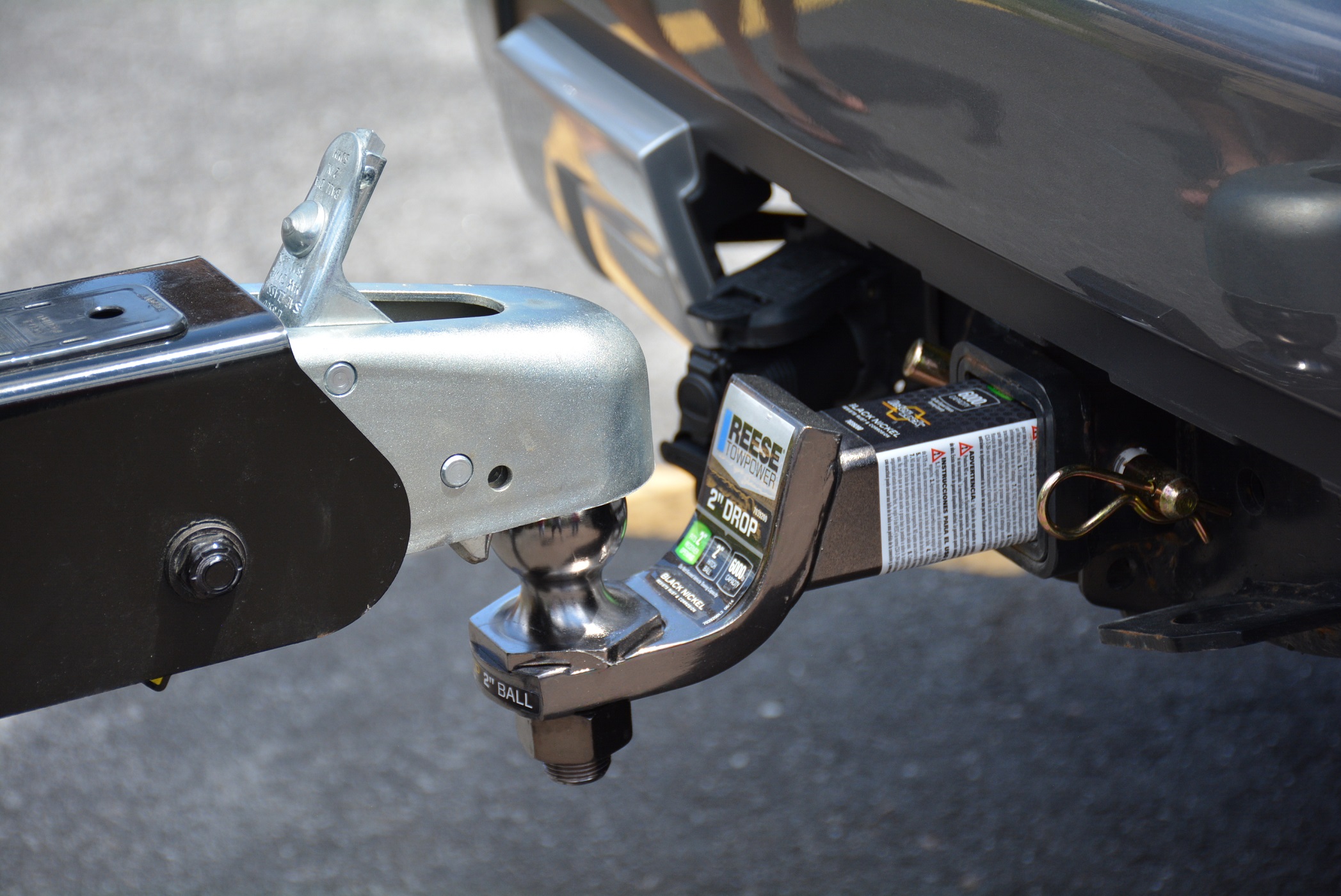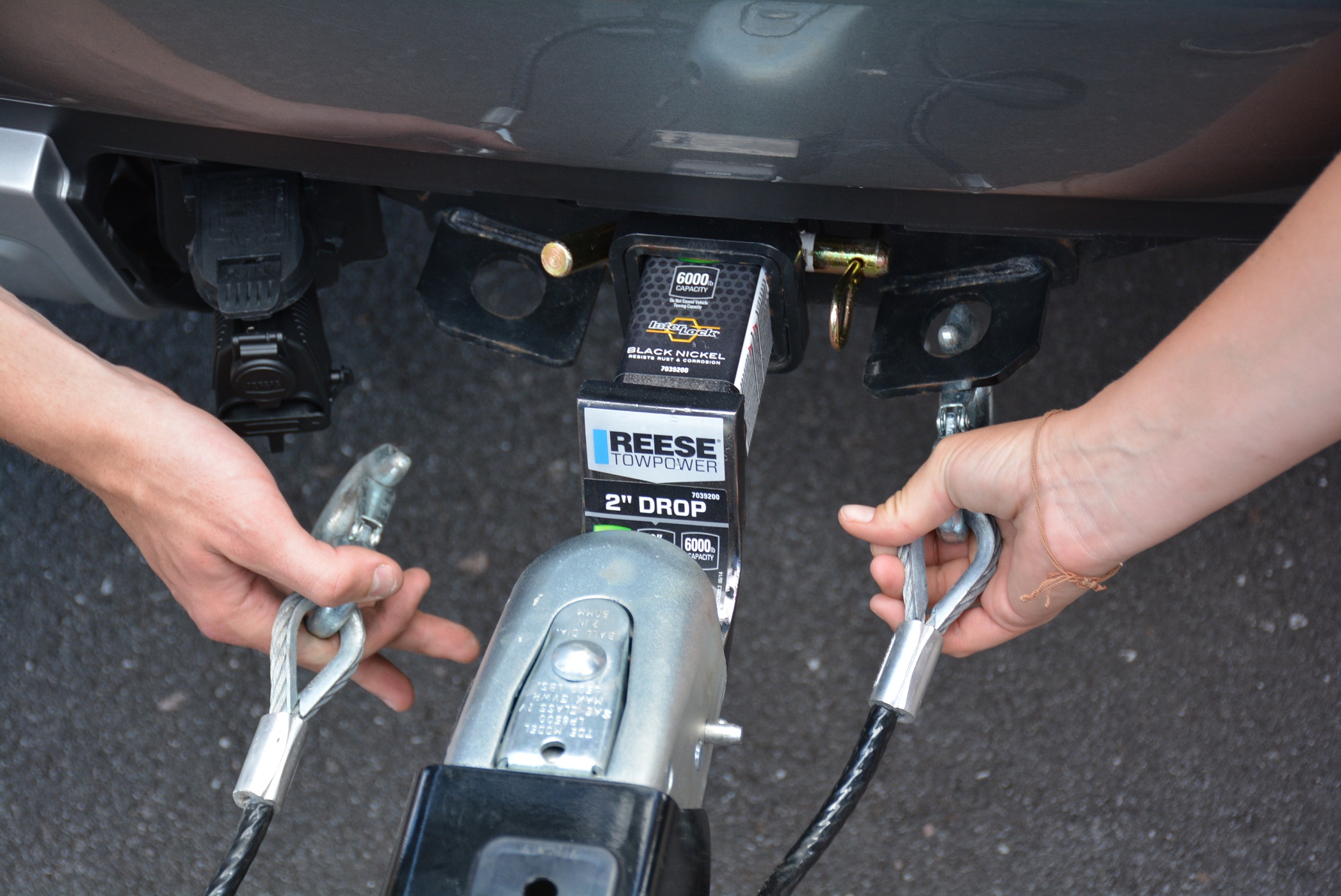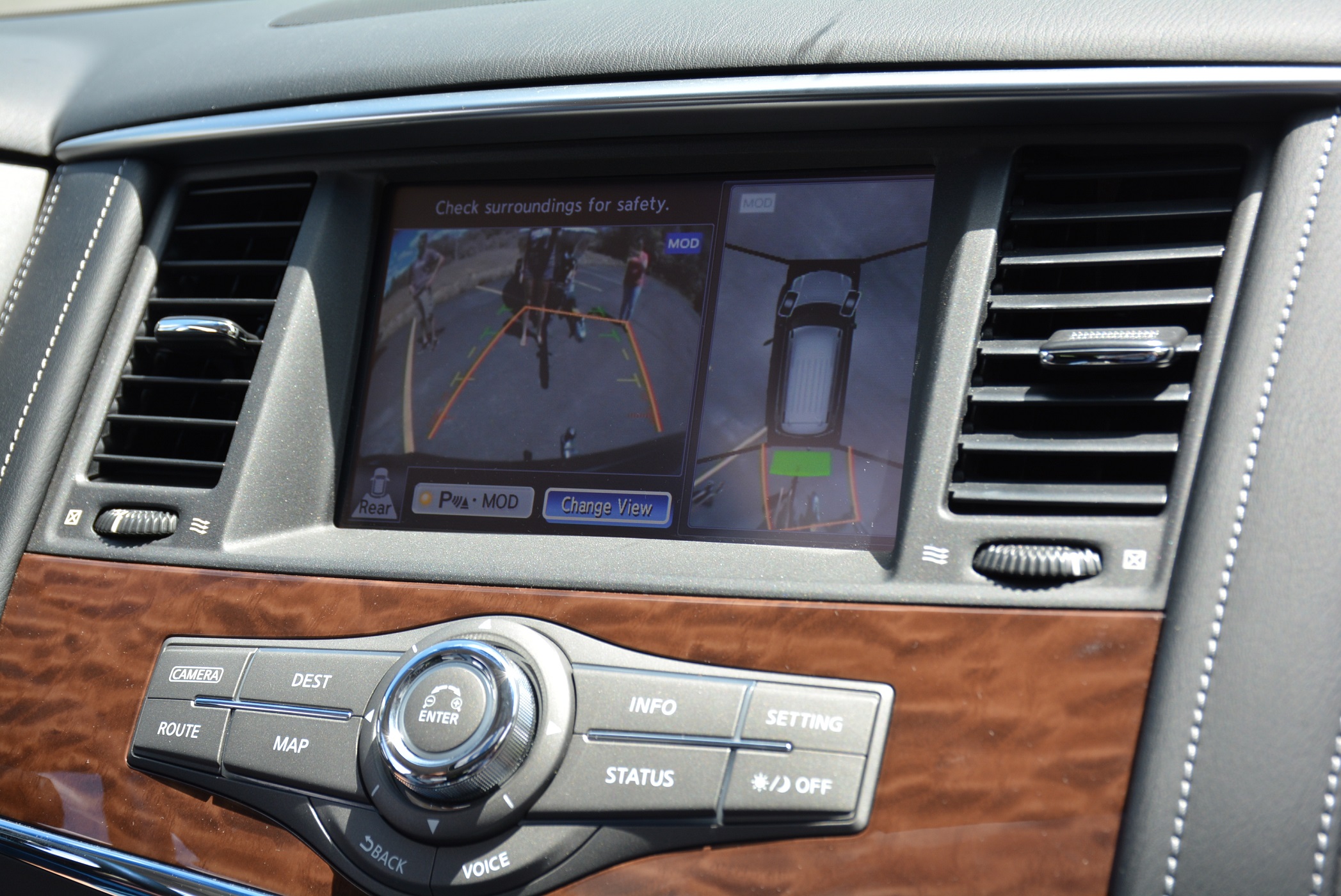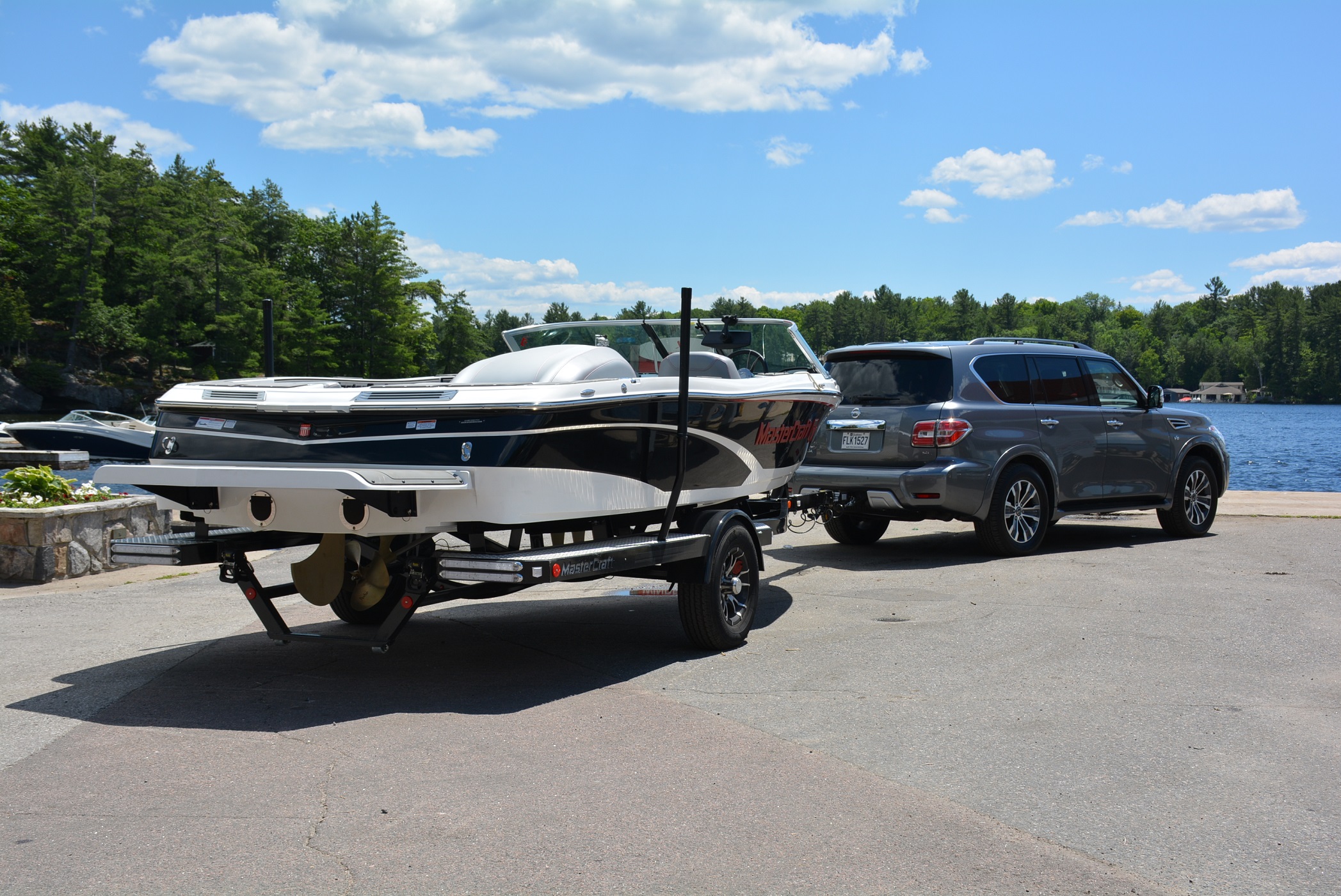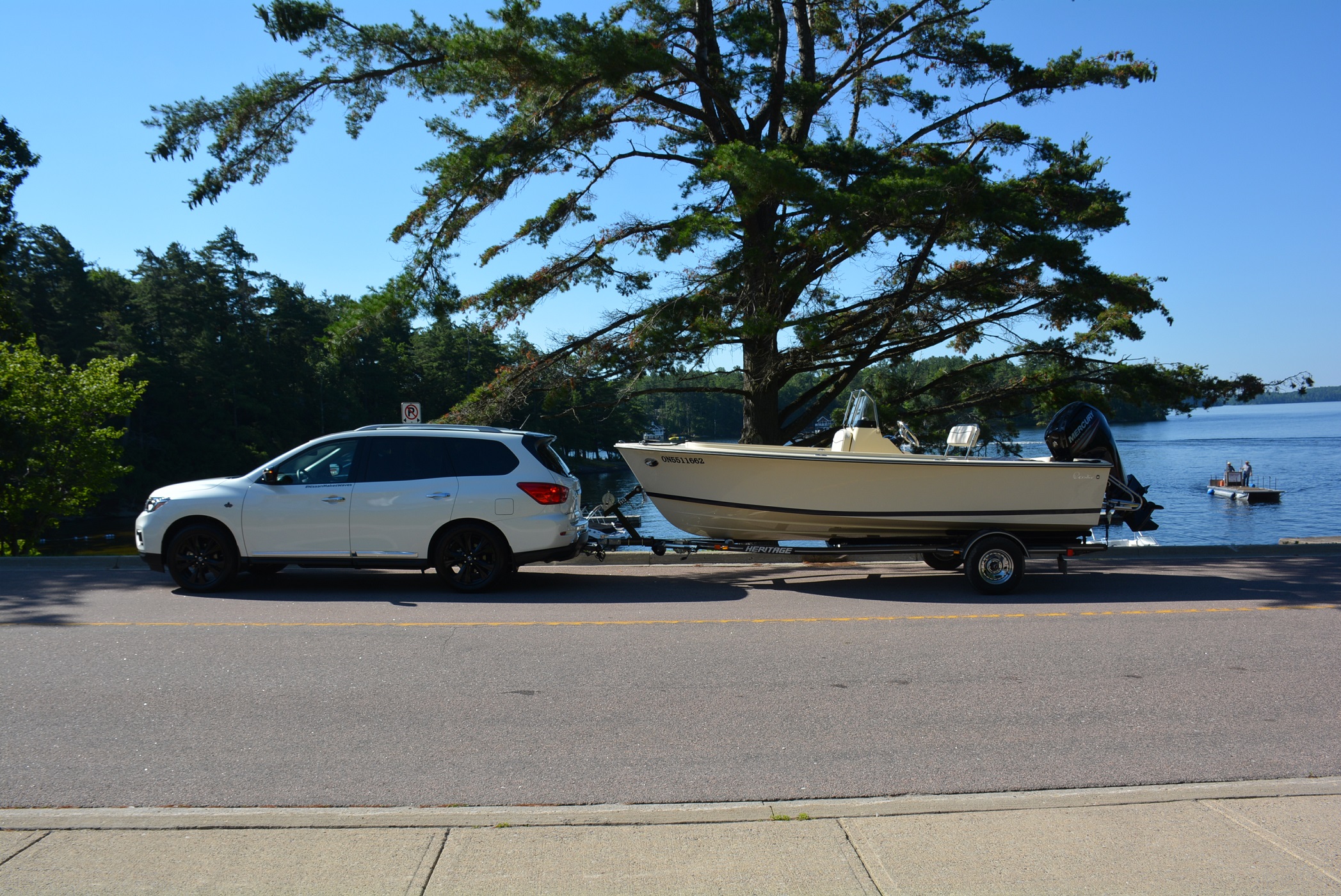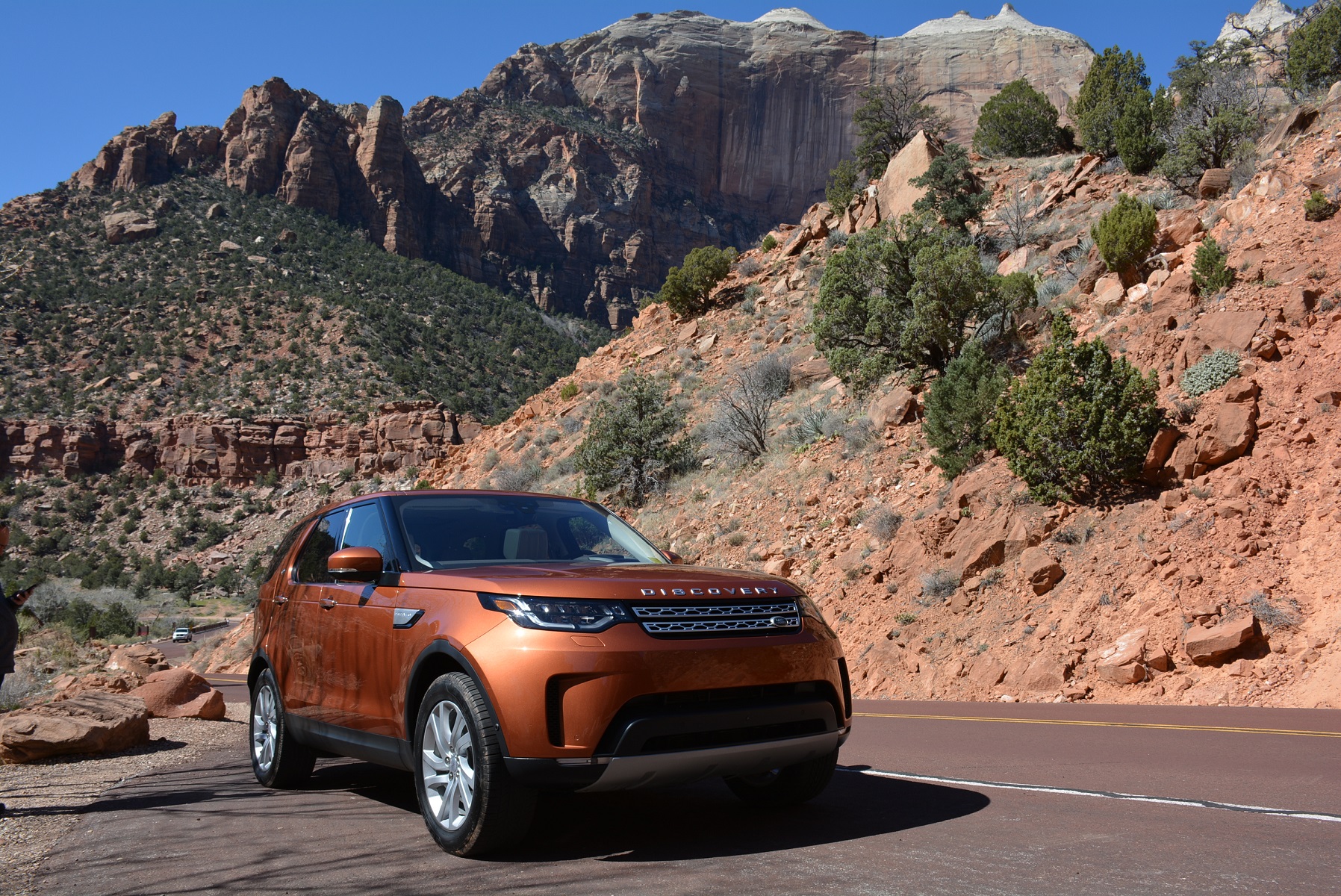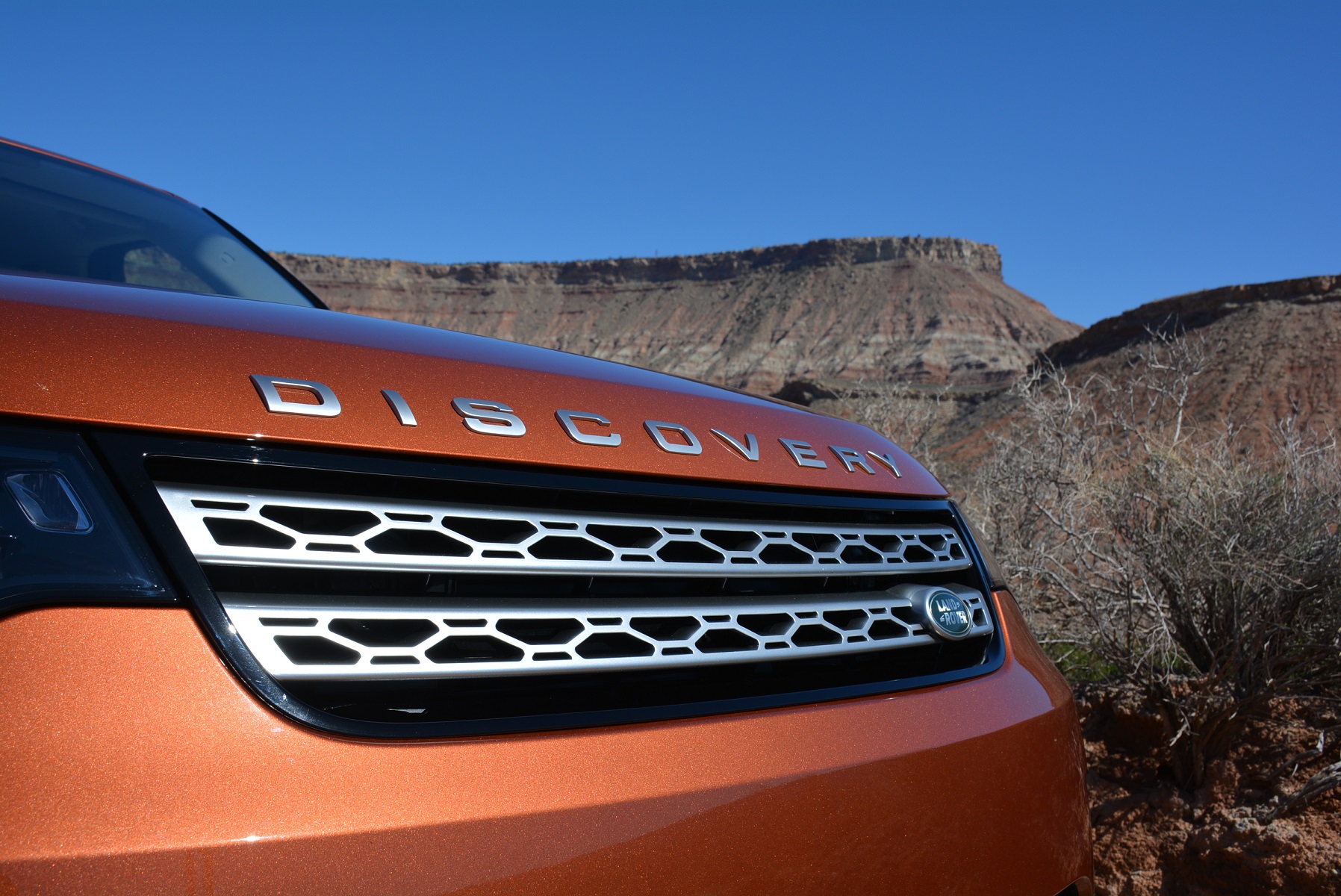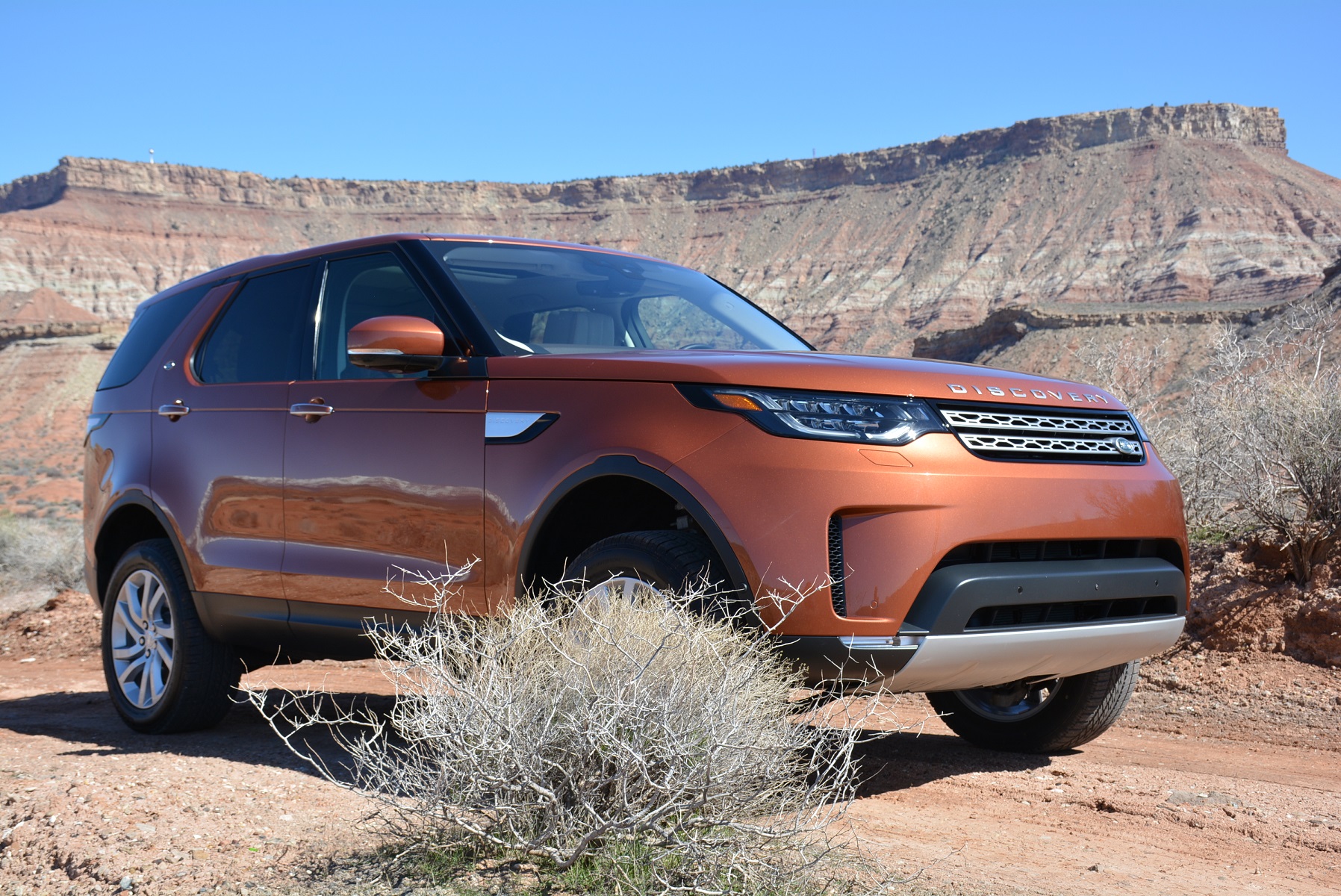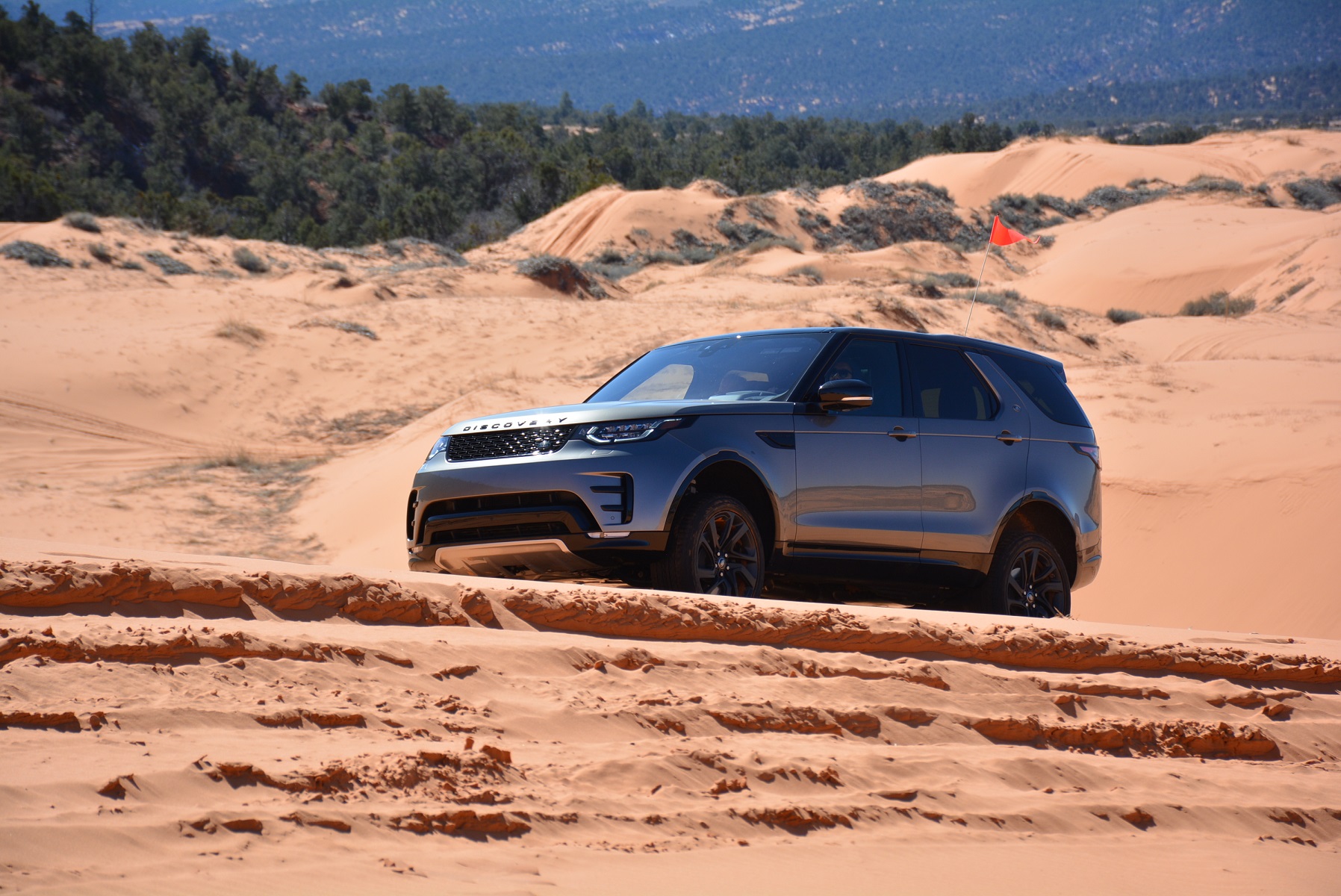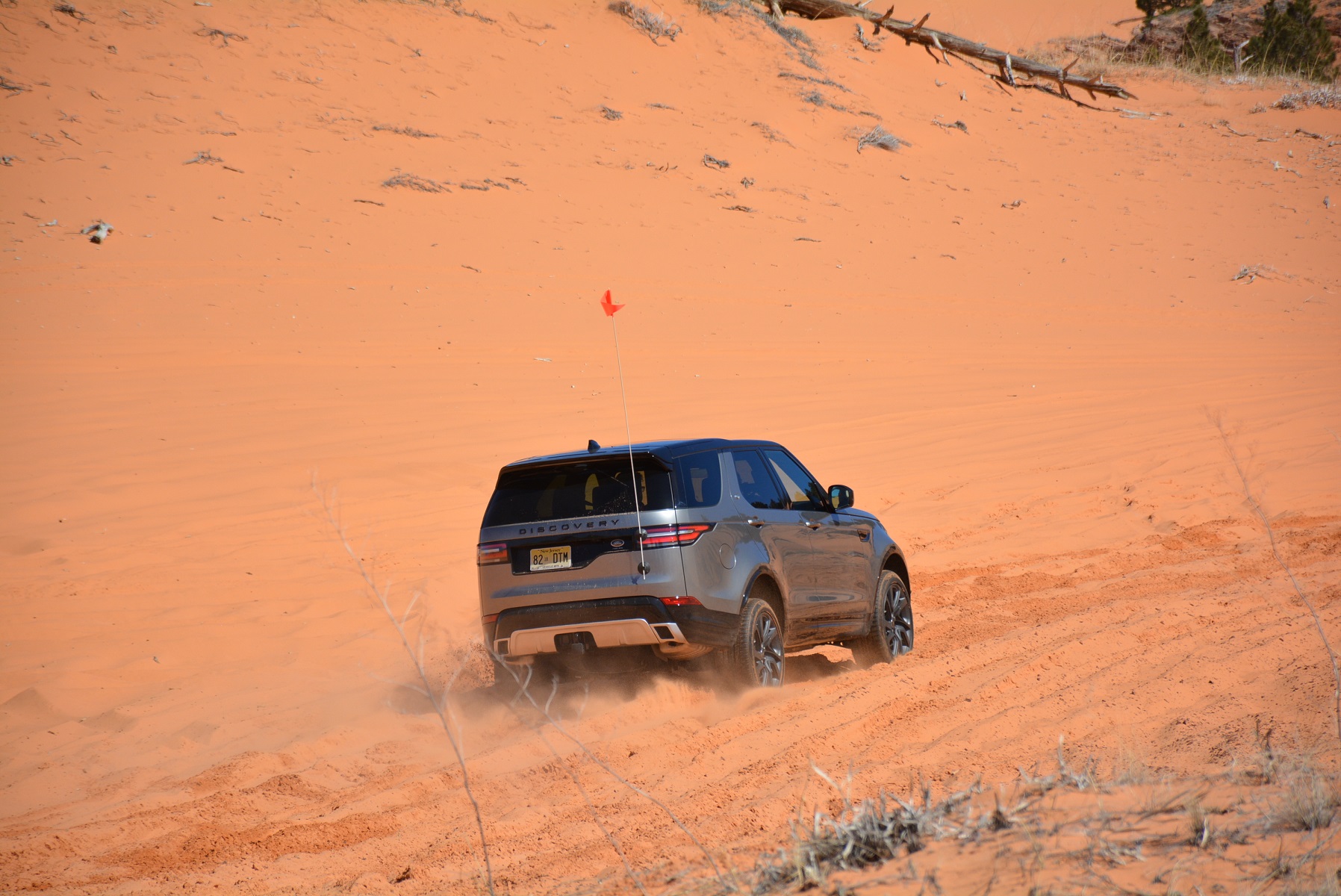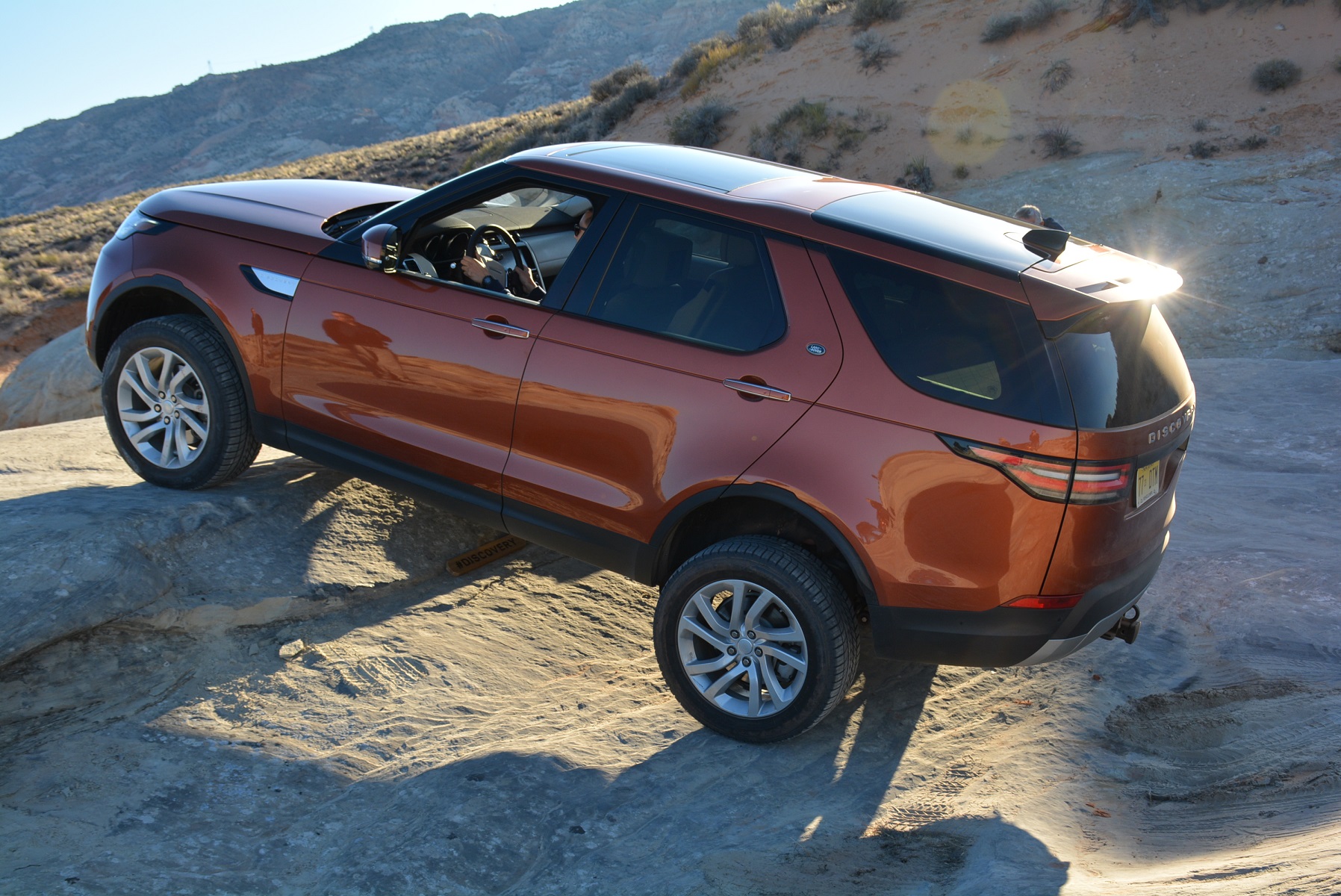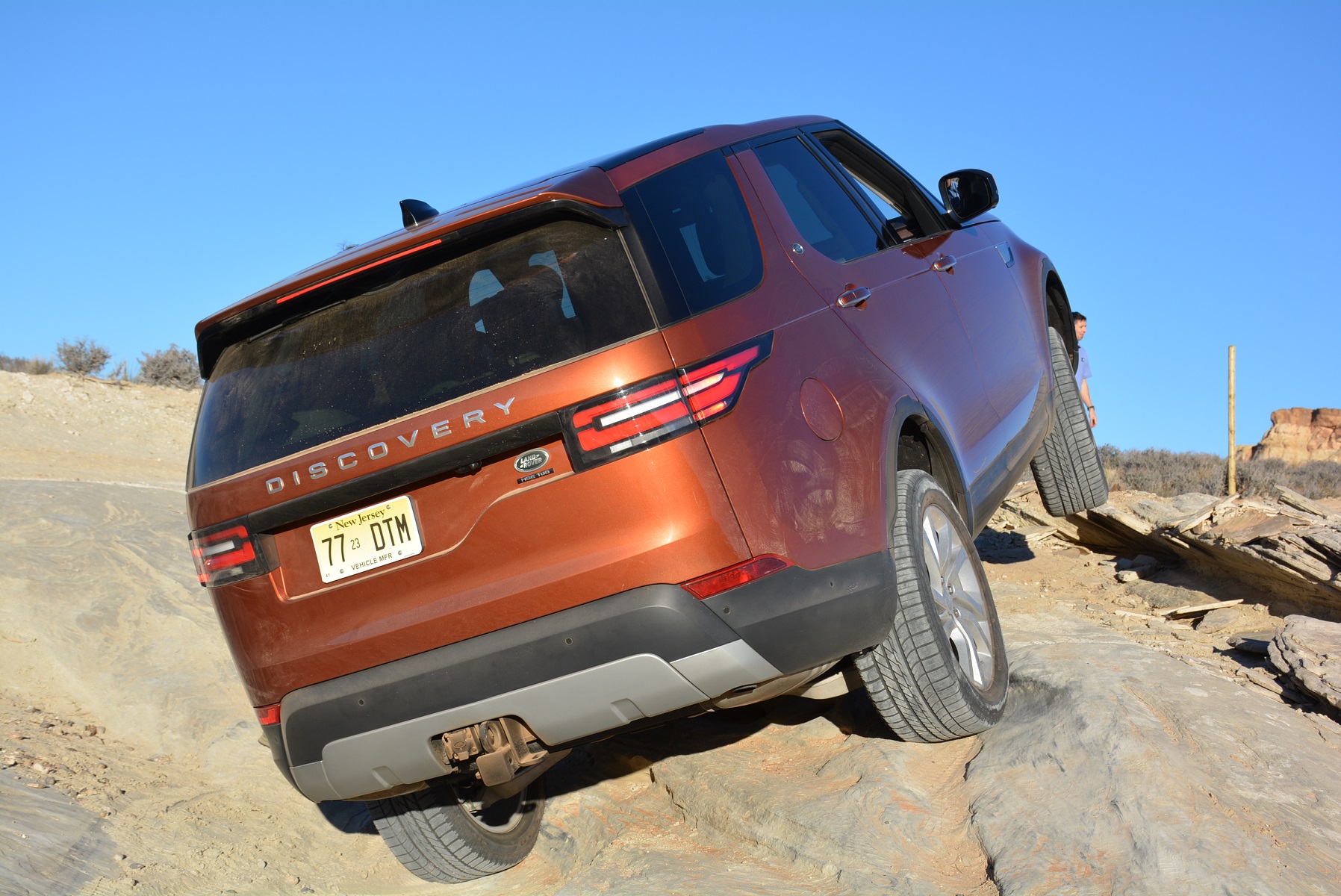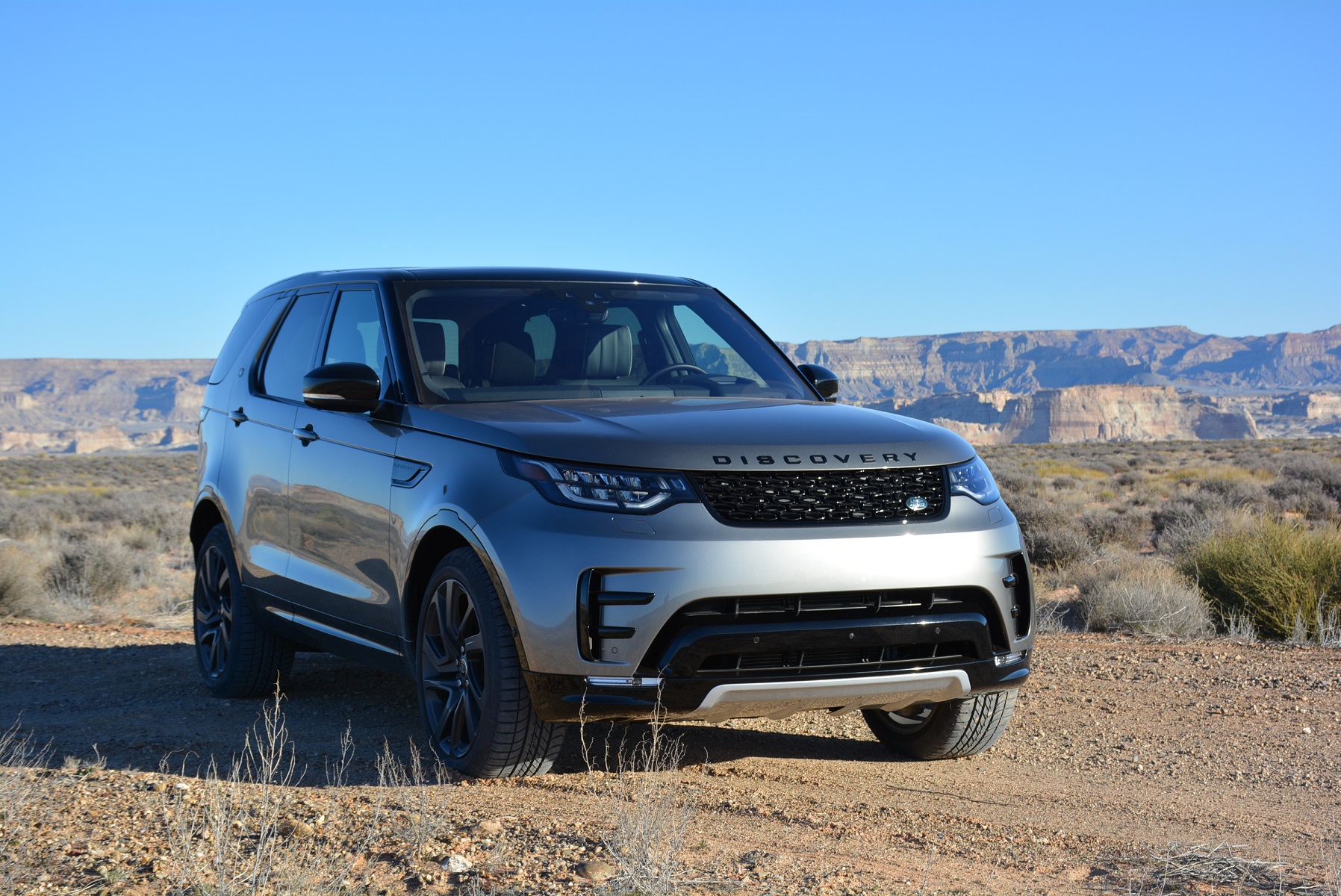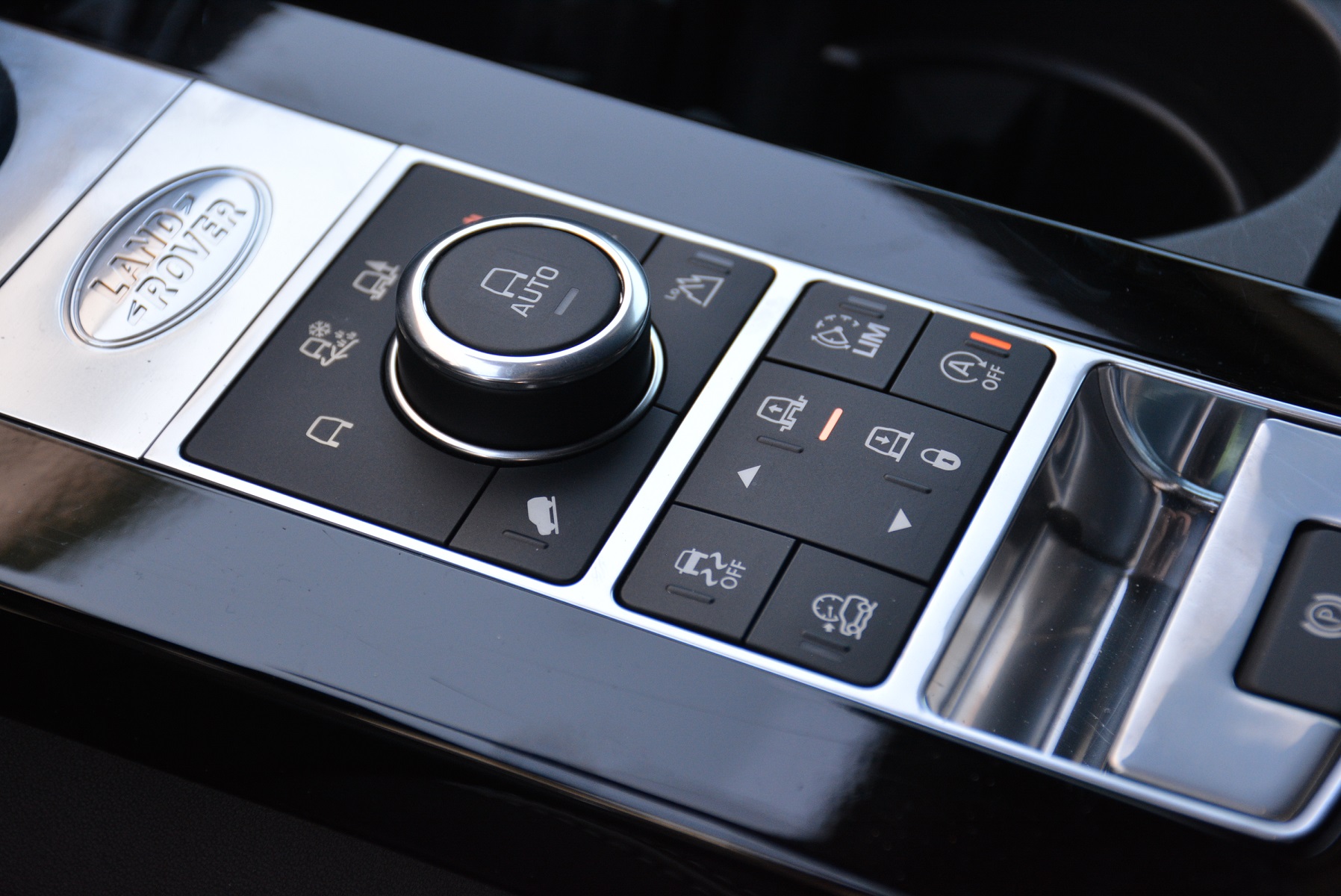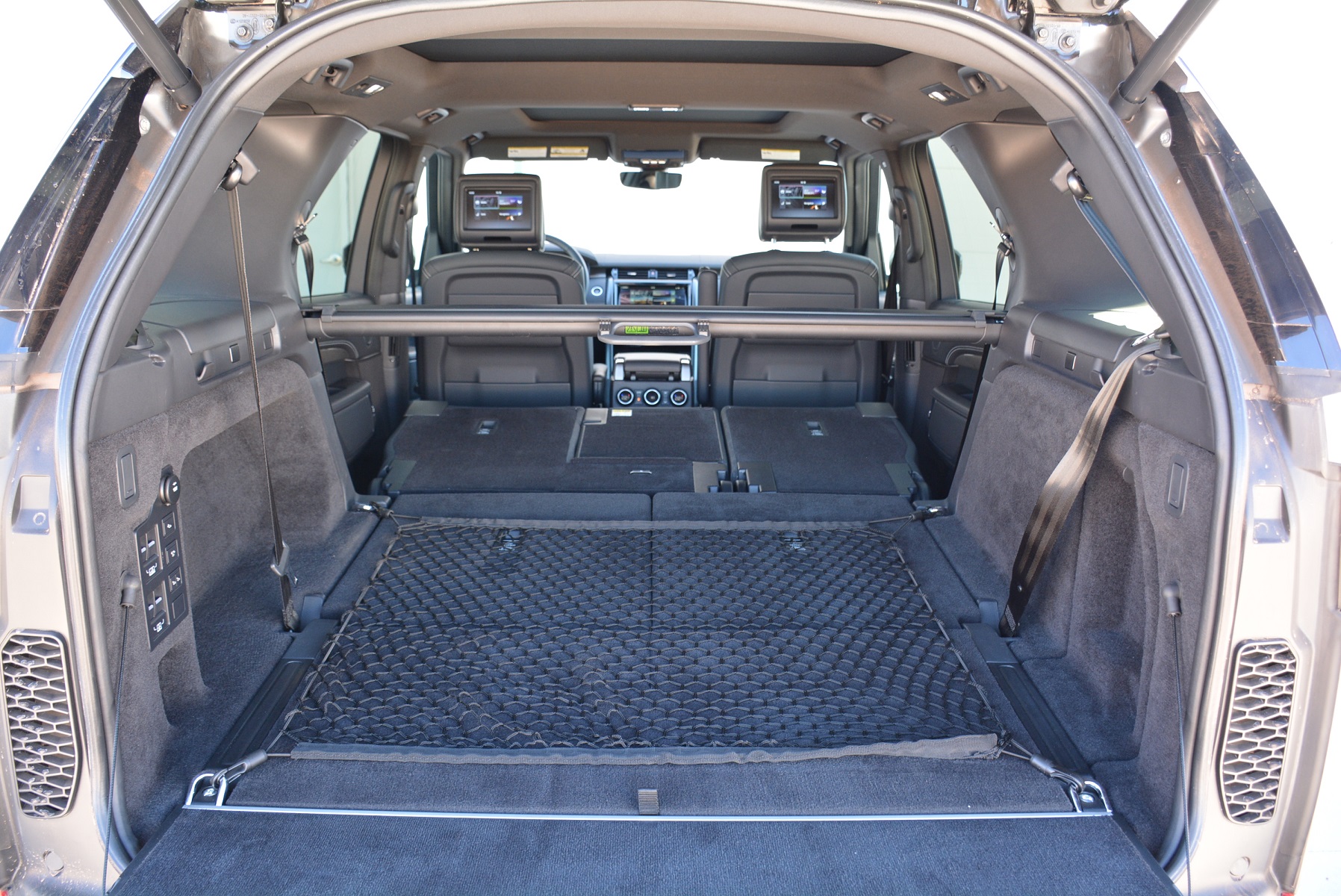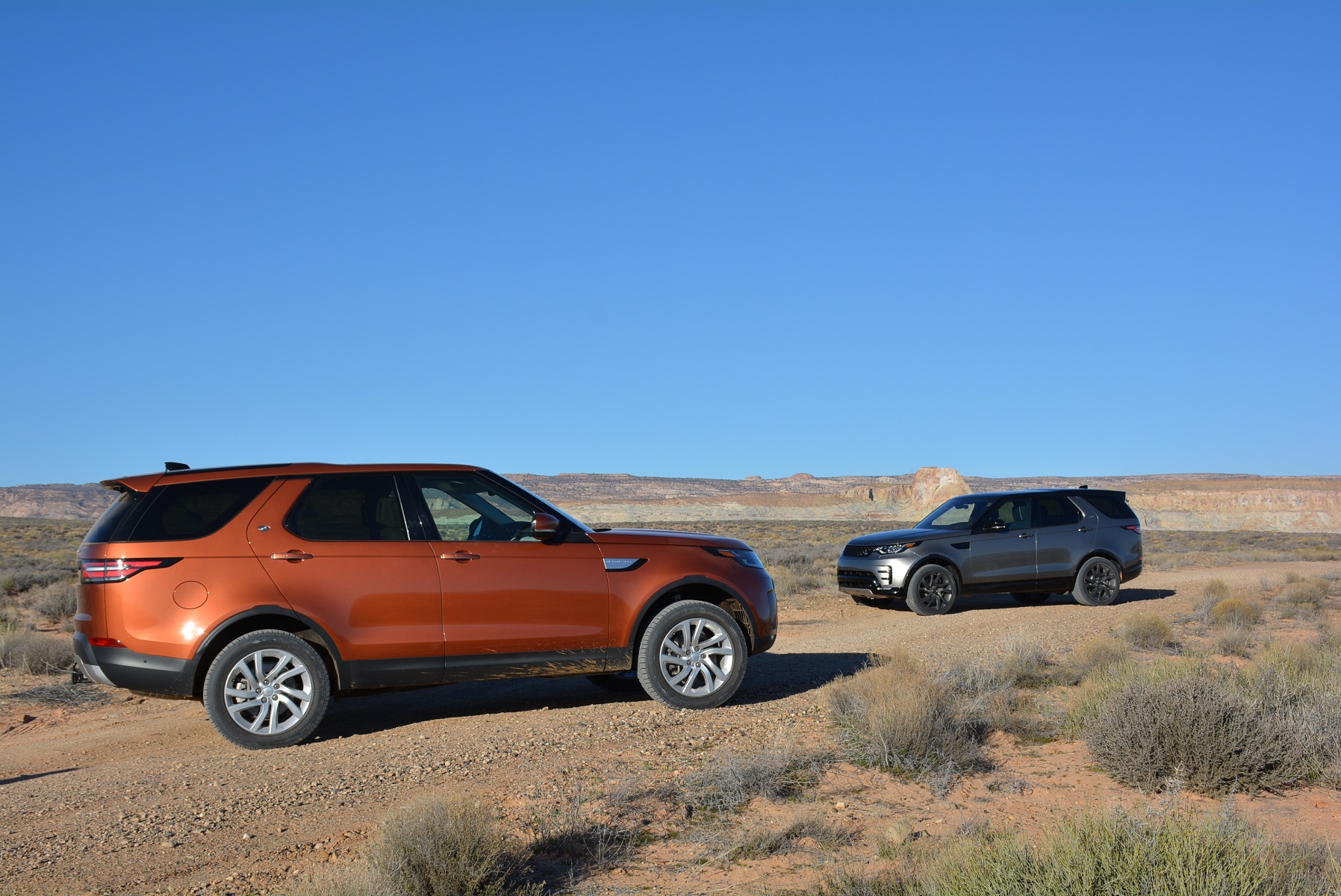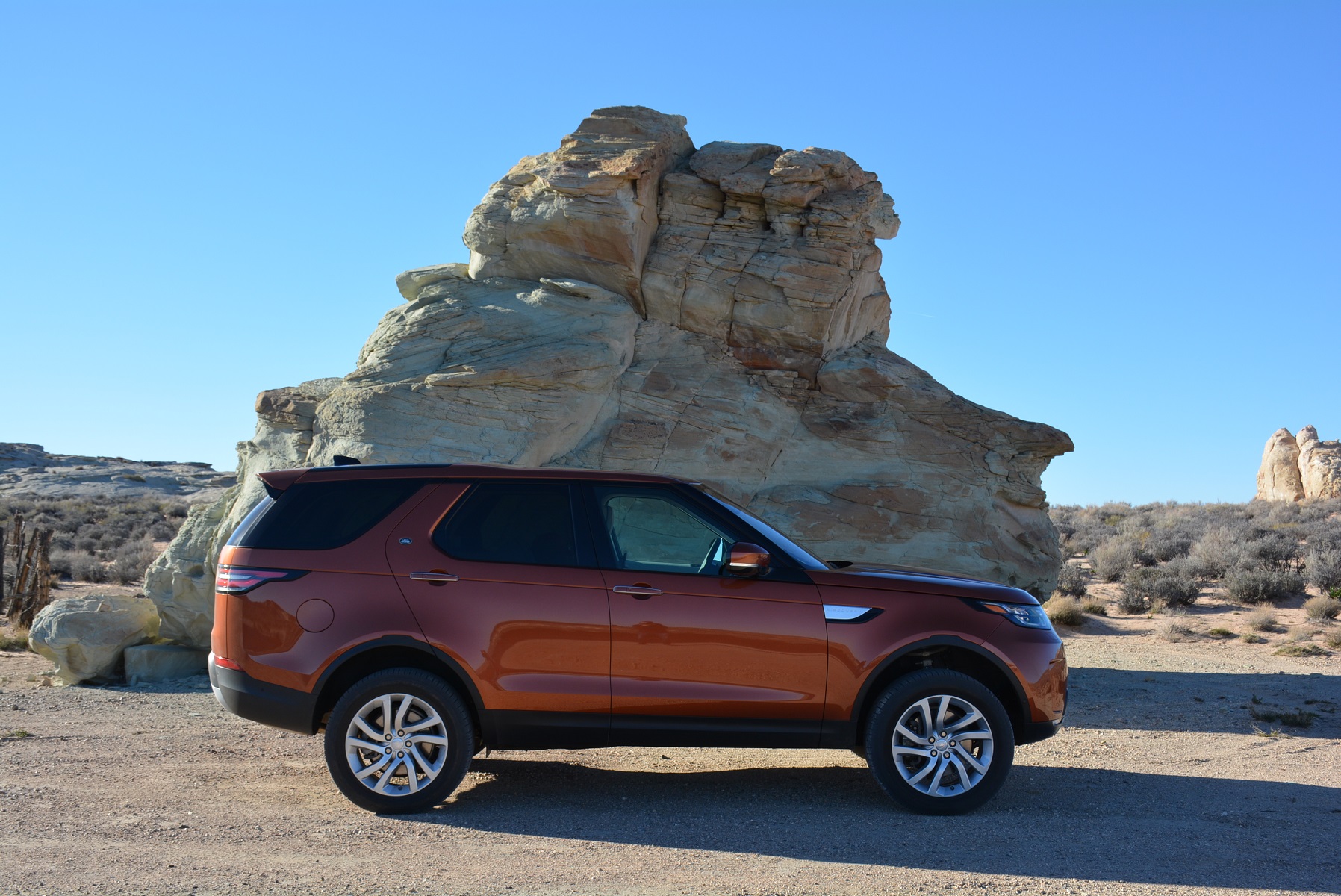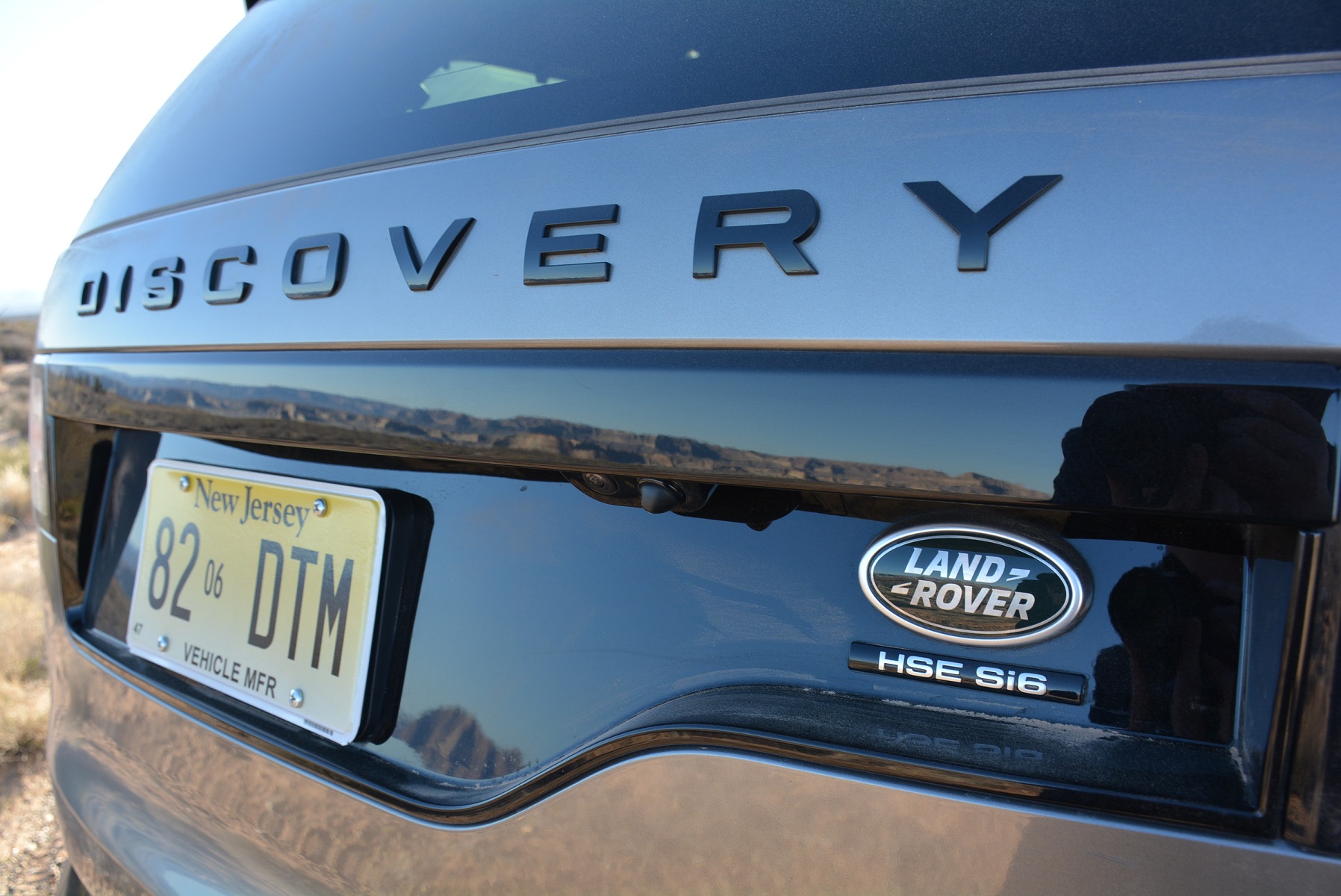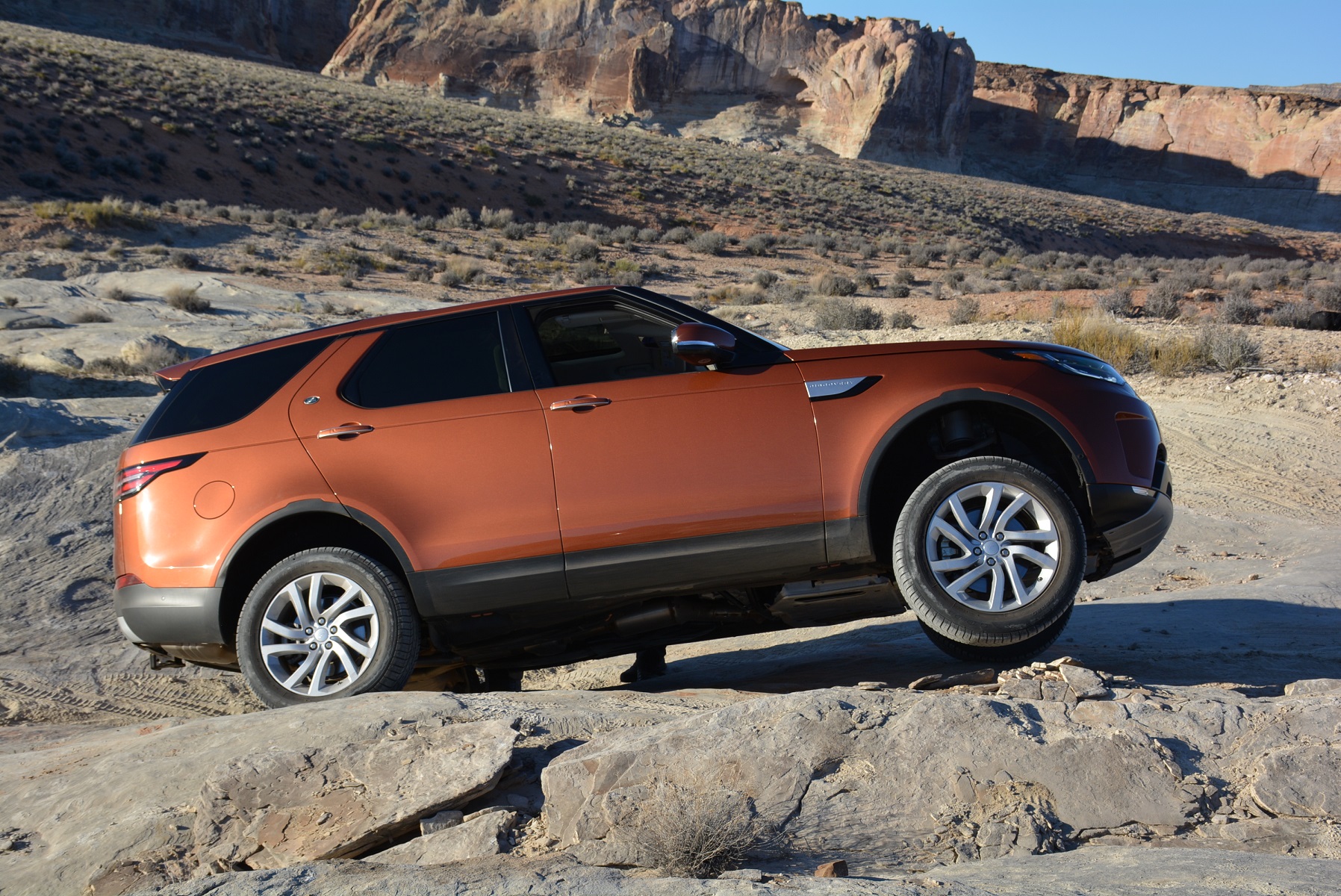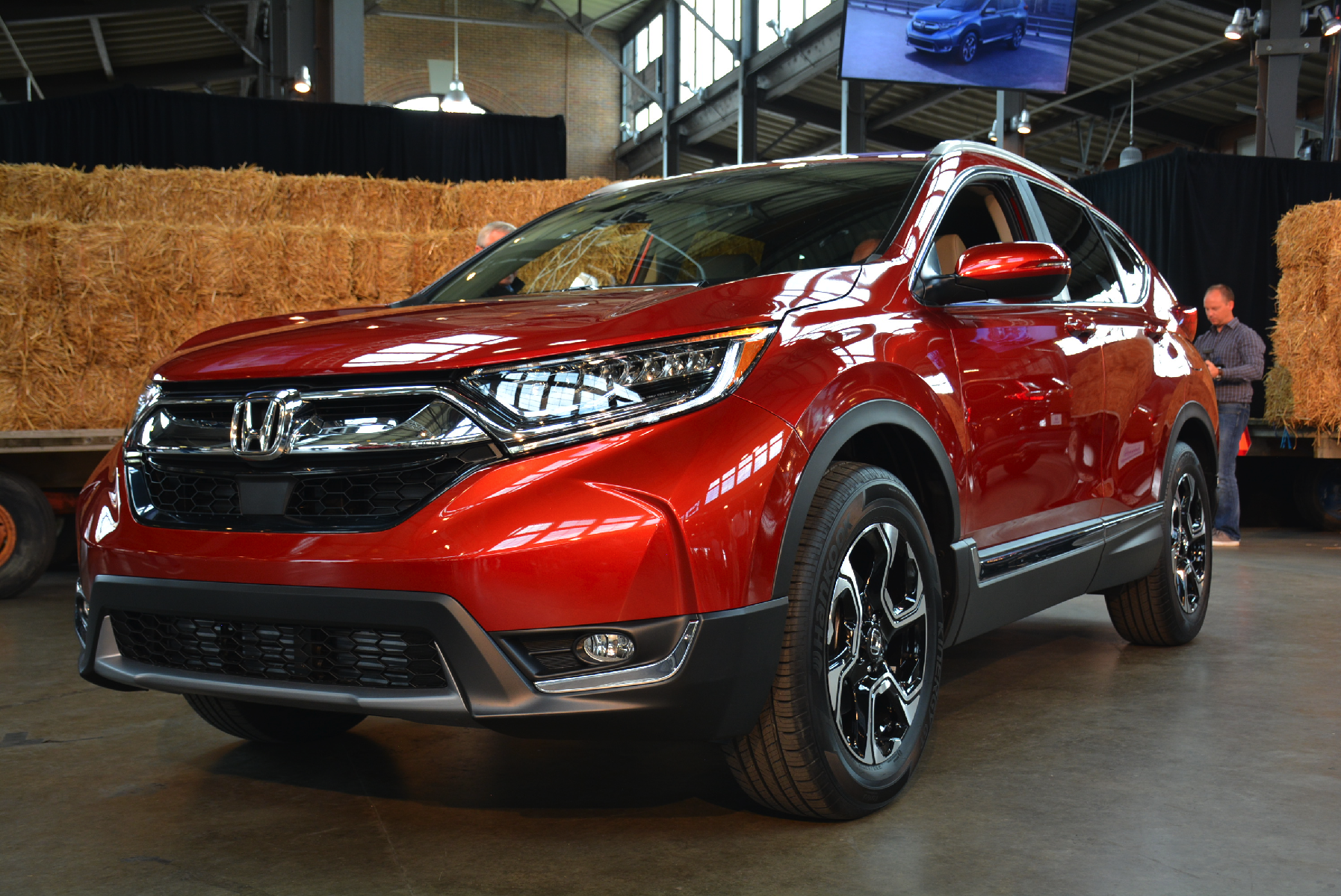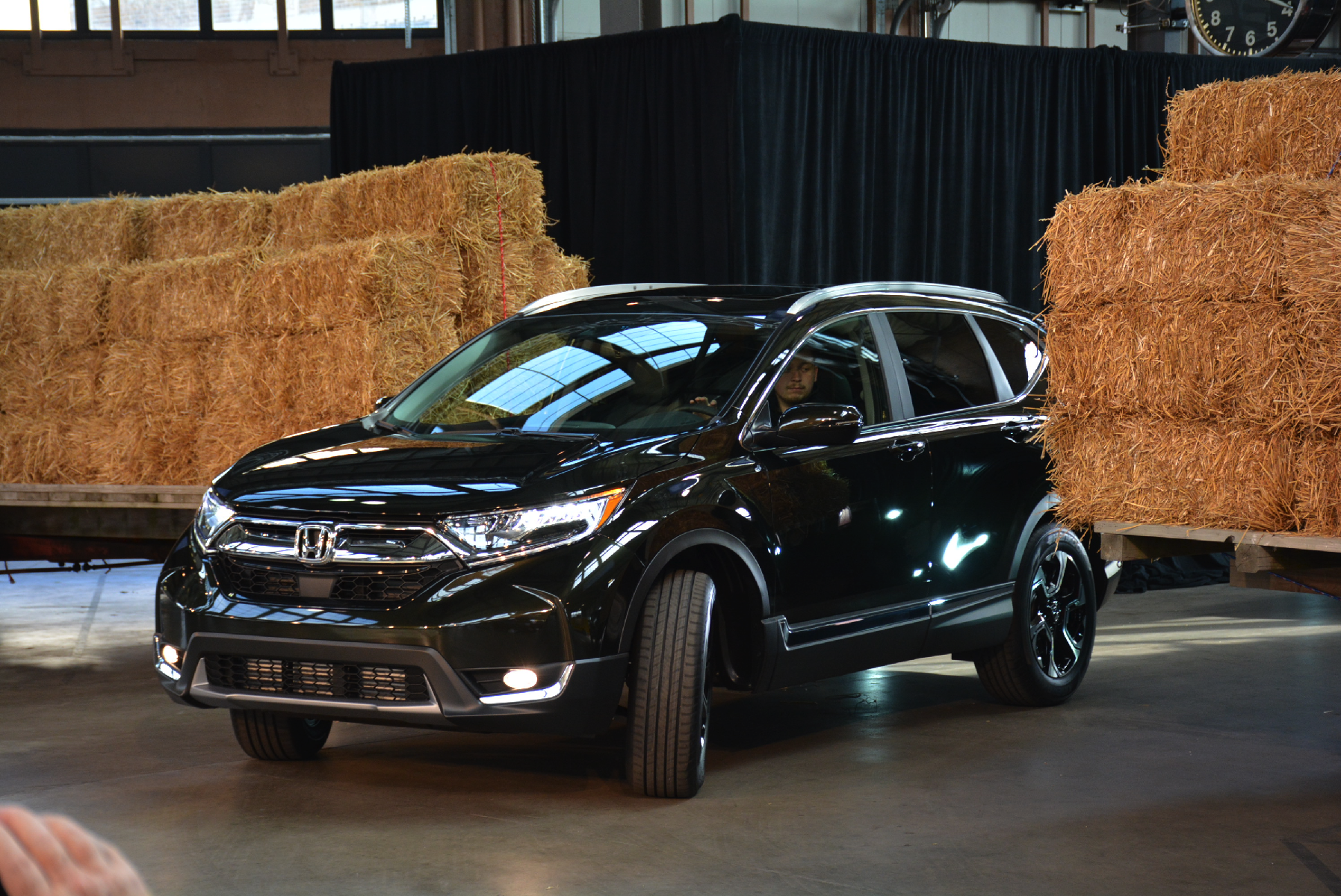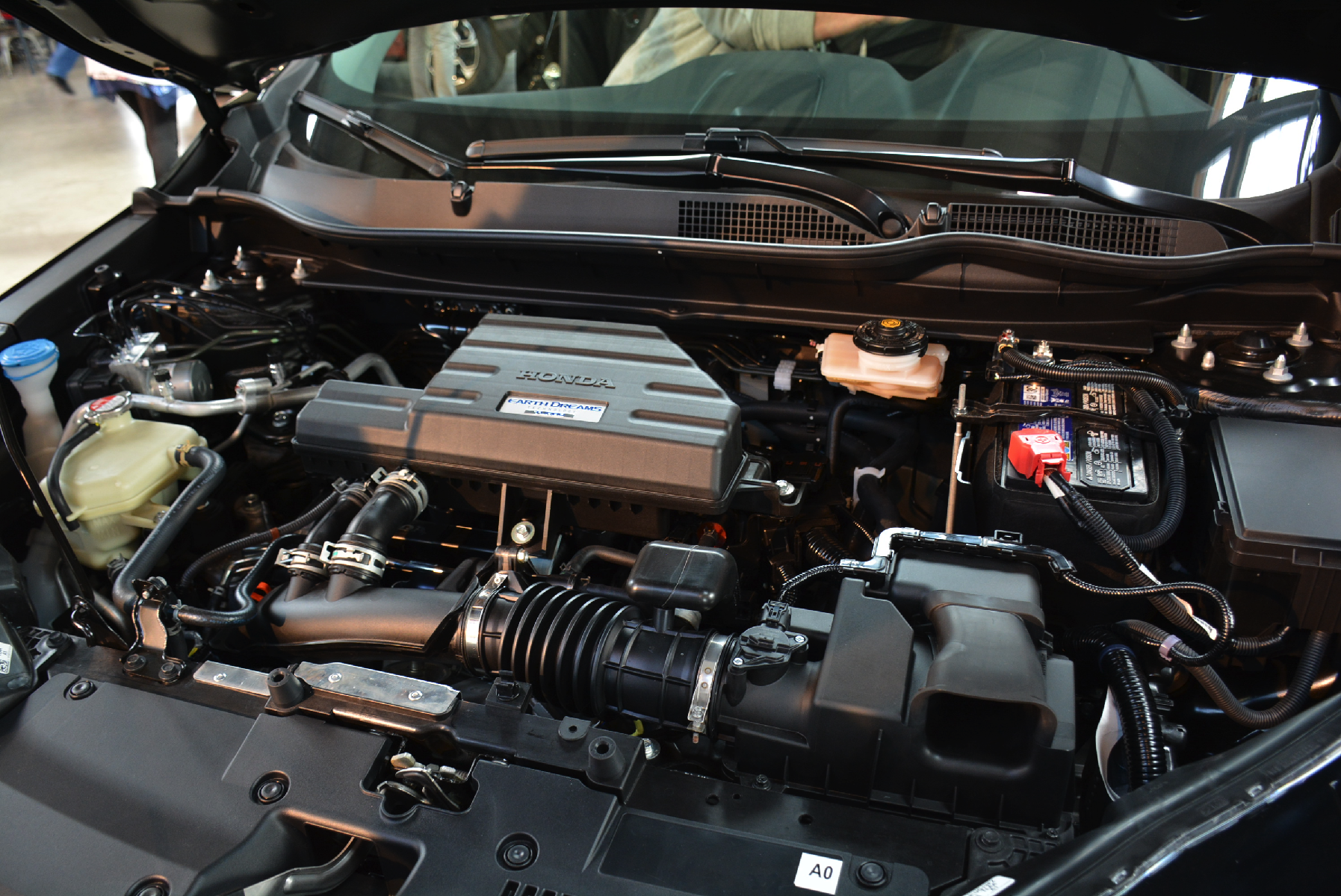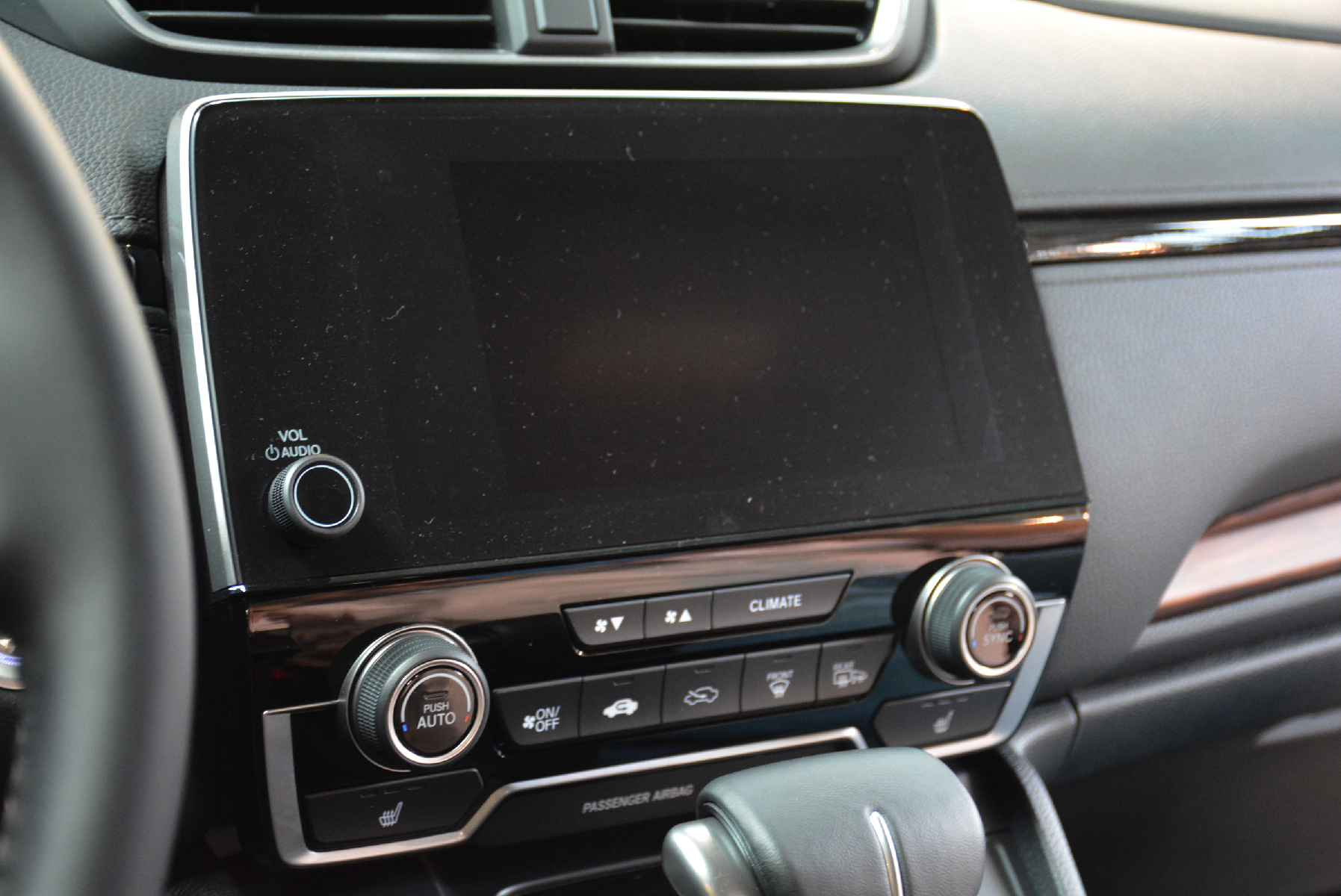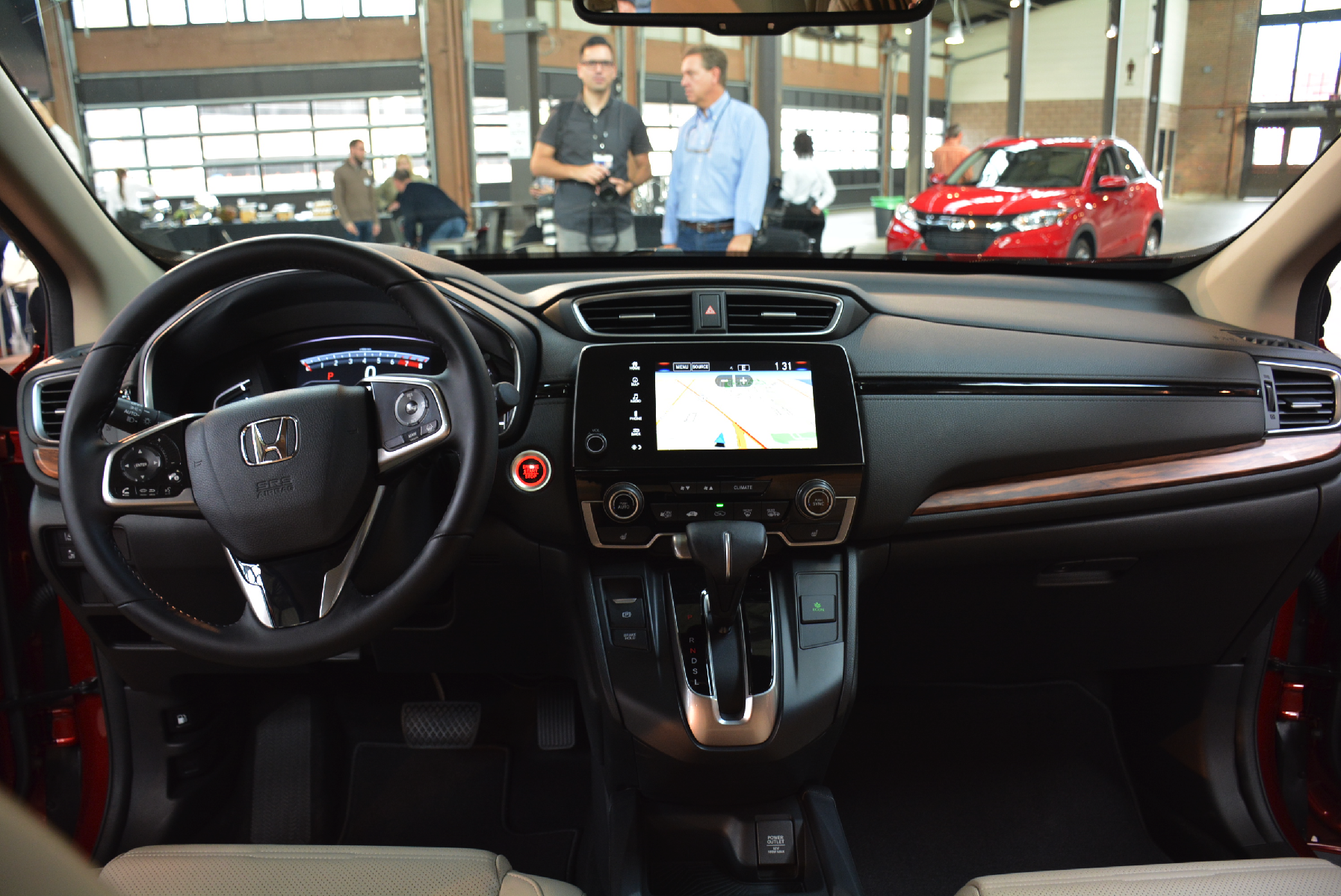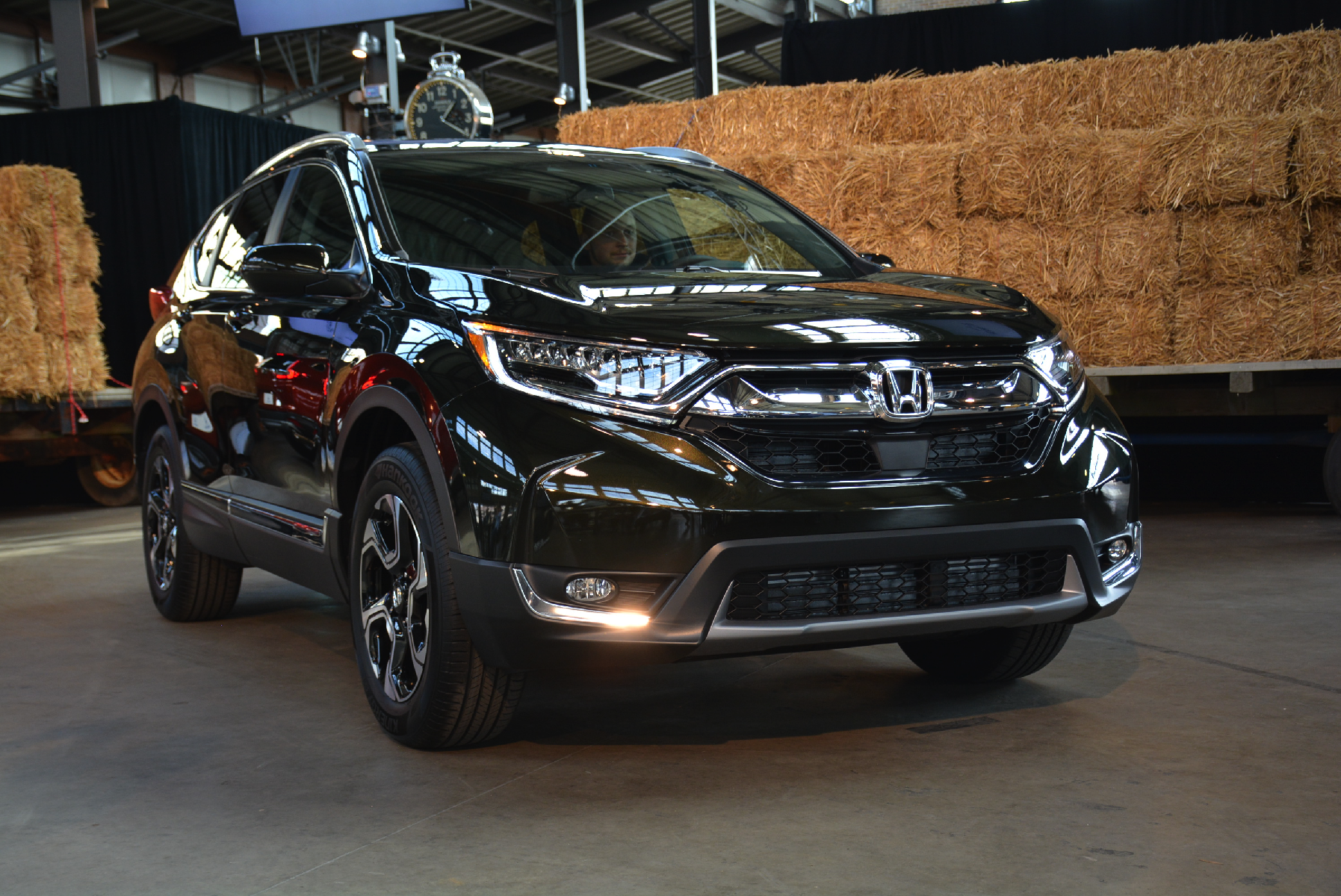Test Drive – 2018 Hyundai Kona 1.6L
The subcompact crossover segment is booming and one of those vehicles leading the charge is the all-new 2018 Hyundai Kona. It's the South Korean brand's answer to consumers looking for that diminutive ride with a little more ground clearance and cargo. Throw in two engine choices, an all-wheel-drive option and a considerably low $20,999 starting price and that might be the winning combination propelling Hyundai to new sales heights.
Aimed for the youth, it all starts with design
Bright colours set the tone for its youthful appeal. The energetic vibe exuding from the Kona shows off a colour spread that includes Tangerine Comet, Blue Lagoon, Phantom Black, and my test colour named Acid Yellow. Sleek LED daytime running lights adds to that 'cool vibe', alongside projector headlights and fog lights; the latter more centred below its signature trapezoidal mesh grille. One of the more standout touches is a polarizing black plastic wing-type insert that hovers over its tires and lights. For the front it covers the headlights, while its rear encompasses its LED taillights in a unique design cue that provides some character, but I can see the unnecessary other side of that coin.
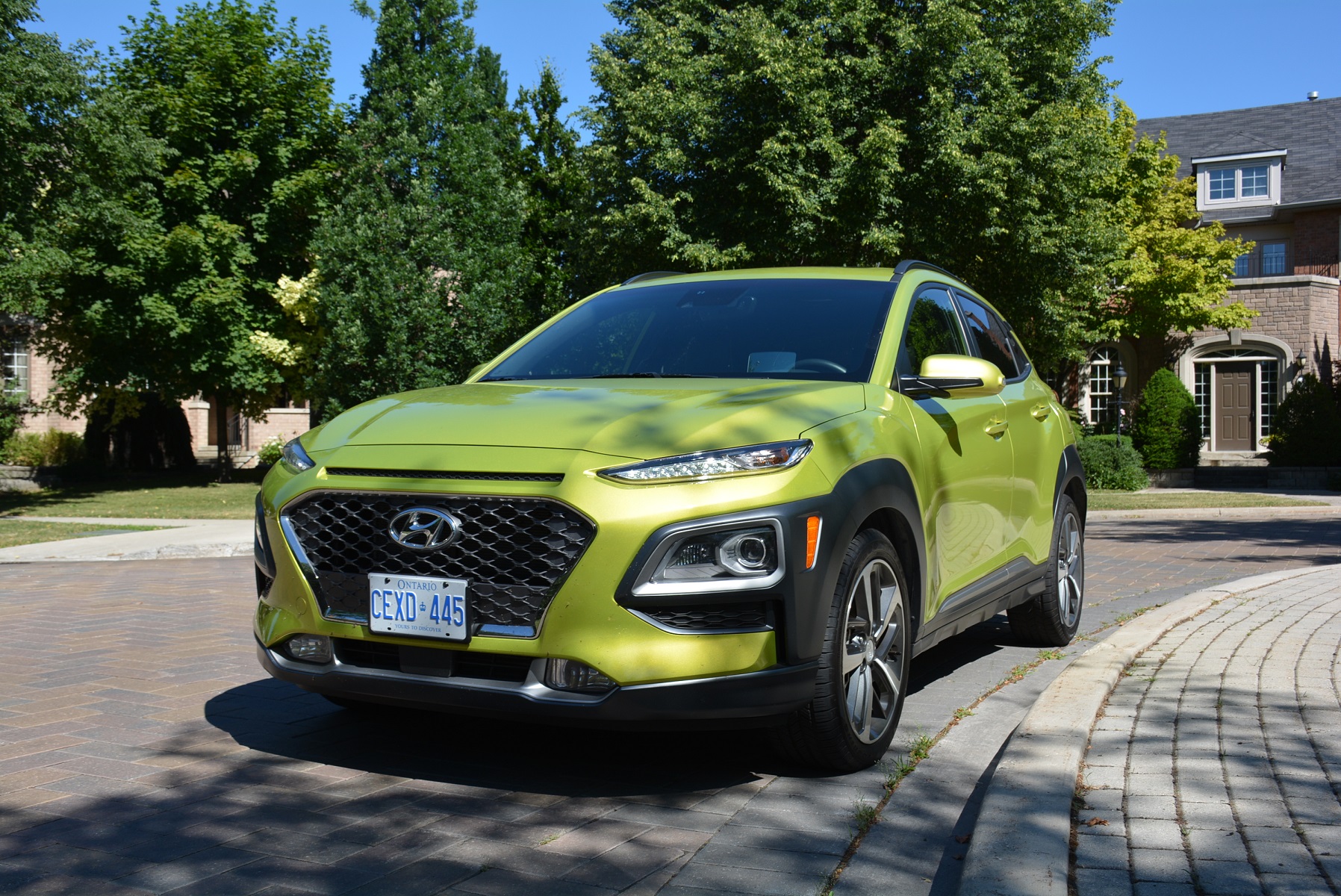
The Acid Yellow treatment (or whatever colour you choose) continues on the inside with accents on its steering wheel, leather seating, air vents and gear shift. Overall, it's a fun environment that has all buttons, scrolls and information in all the right places. The main attraction within the cabin is its top-of-the-line eight-inch infotainment unit (comes standard only in the 1.6T Ultimate trim). The unit is bright, colourful and easy-to-use, and that's all any consumer can ask for.
My test vehicle was treated to a heads-up display, power sunroof, heated steering wheel and wireless charging, but in order to get some of those goodies, a price jump starting at $31,799 is incurred. It's not all extras for the Kona, as it has its fair share of standard equipment on early trim options including heated seats, leather-wrapped steering wheel and gear shift, rear park assist, as well as Apple CarPlay and Android Auto connectivity.

I took the Kona on a return trip from Toronto to Montreal and was fairly comfortable throughout thanks to its cushioned and supportive seating. I can't speak for any rear seat passengers along the journey, but in my short time testing that space, it seemed to have enough headroom and legroom for at least two. The trunk has ample space with 544 litres, while the second row can be folded down for a total of 1,297.
Drive has some spunk
The base Kona comes with a naturally aspirated 147-hp 2.0-litre four-cylinder engine, while the top two trims receive a turbocharged 1.6-litre four-cylinder unit with 175 hp and 195 lb-ft of torque. It's rare to see an engine choice in a compact and Hyundai adds one more exceptional wrinkle with an option of drivetrain configuration (front-wheel drive or all-wheel drive) on the 2.0-litre that's mated to a six-speed automatic transmission. All-wheel drive is standard for the turbo engine matched to a sporty seven-speed dual-clutch tranny.
It all sounds fairly sophisticated for such a small unit, but Hyundai is doing its darnedest for the Kona to separate from a muddied pack of compact crossovers. As aforementioned, the 1.6T Ultimate was my stallion and it sure had enough pep in its step when needed, but most importantly a smooth ride while cruising at highway speeds. On long highway drives, a calm and quiet chariot is ideal, and the Kona played its part without feeling the brunt of the many bumps along the way. It was a fun and agile companion when navigating Montreal's city streets providing driving confidence throughout from its direct cornering, steering ease and impressive turning radius.
Even though it had the turbo name, its premium engine was simply adequate. It wasn't the quickest at the jump and slow to move up gears. Perhaps, that should have been expected based on its segment and price. But if I'm feeling this way with the turbo, I can only imagine how the base engine is and that's where the majority of sales should lie. What it lacks in initial speed, it gains in fuel economy with a decent 7.5 L/100 km mostly-highway rating and that is better than its posted ratings of 9.0 in the city and 8.0 on the highway.
Summary
The Hyundai Kona may be the new kid in the subcompact crossover scene, but it just might become the most popular. If its fresh looks don't attract, its drivetrain and engine offerings might, especially at its reasonable price tag.
The timing of the Kona couldn't be better and along with the Nissan Kicks, the two of them might have the same impact on a segment that the Mazda CX-3 and Honda HR-V did a few years back. Now that those latter two models are getting a little old in the tooth, this influx in youthfulness, excitement and connectivity should put the Kona in the minds of all subcompact crossover shoppers.
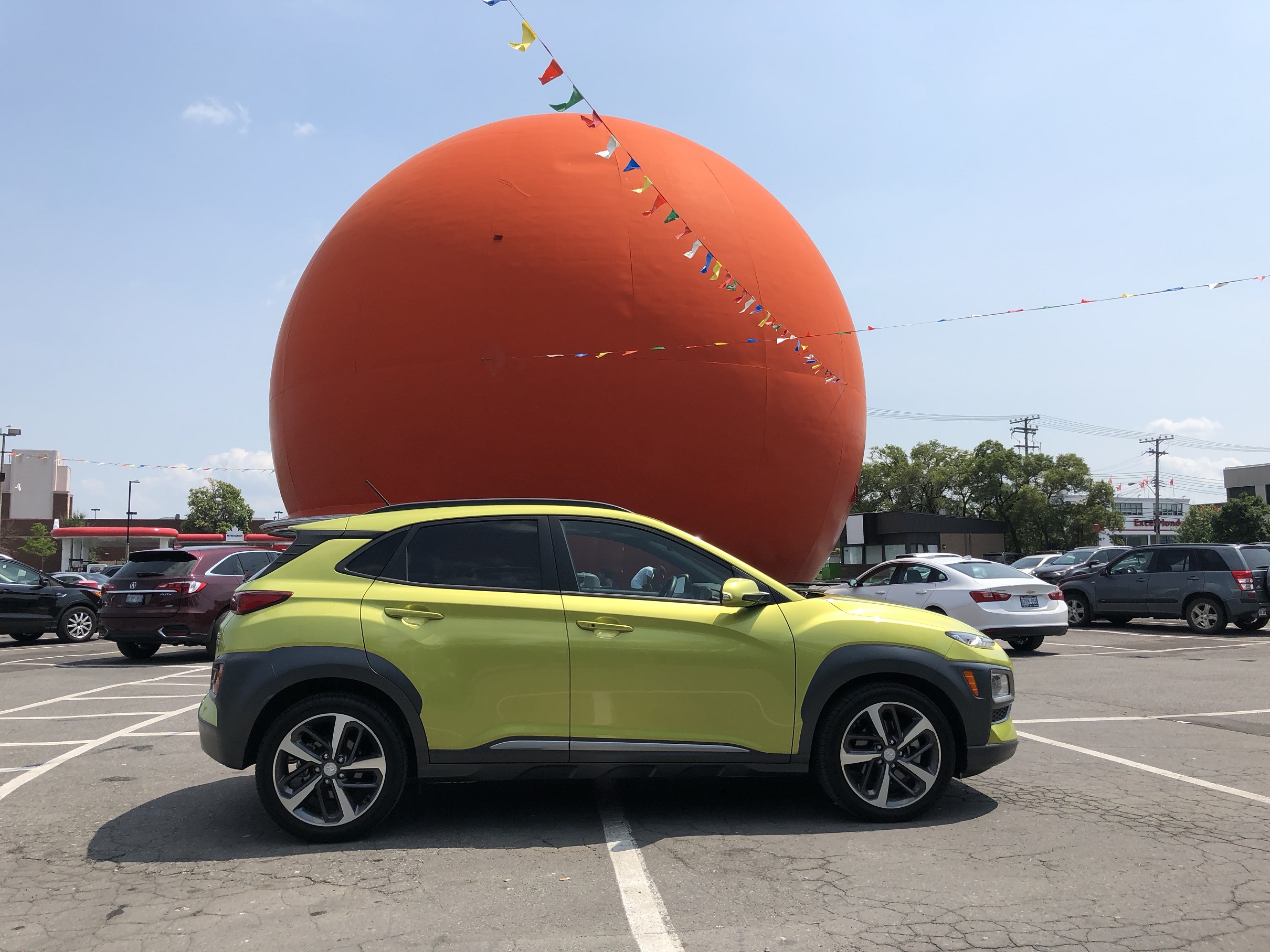
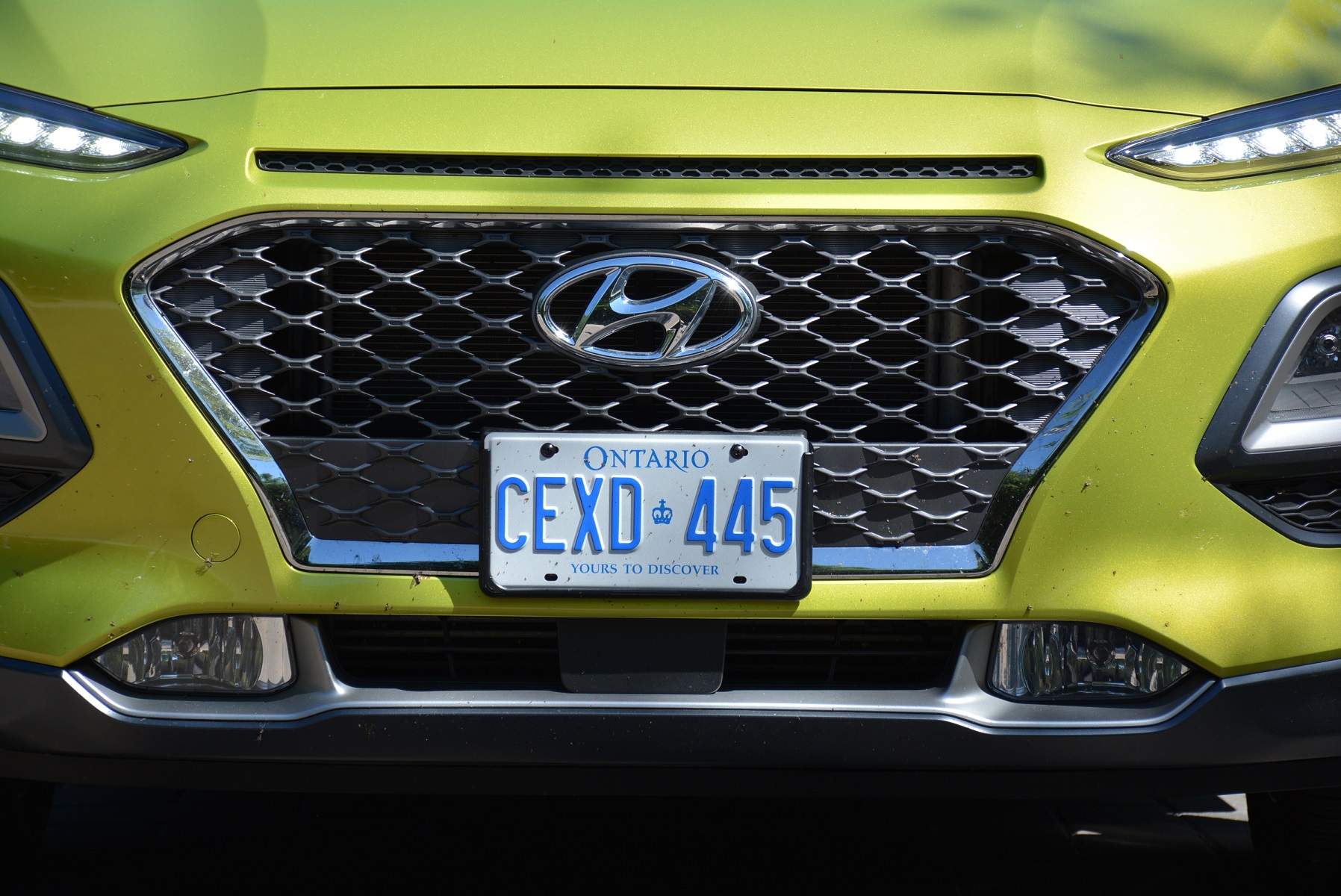
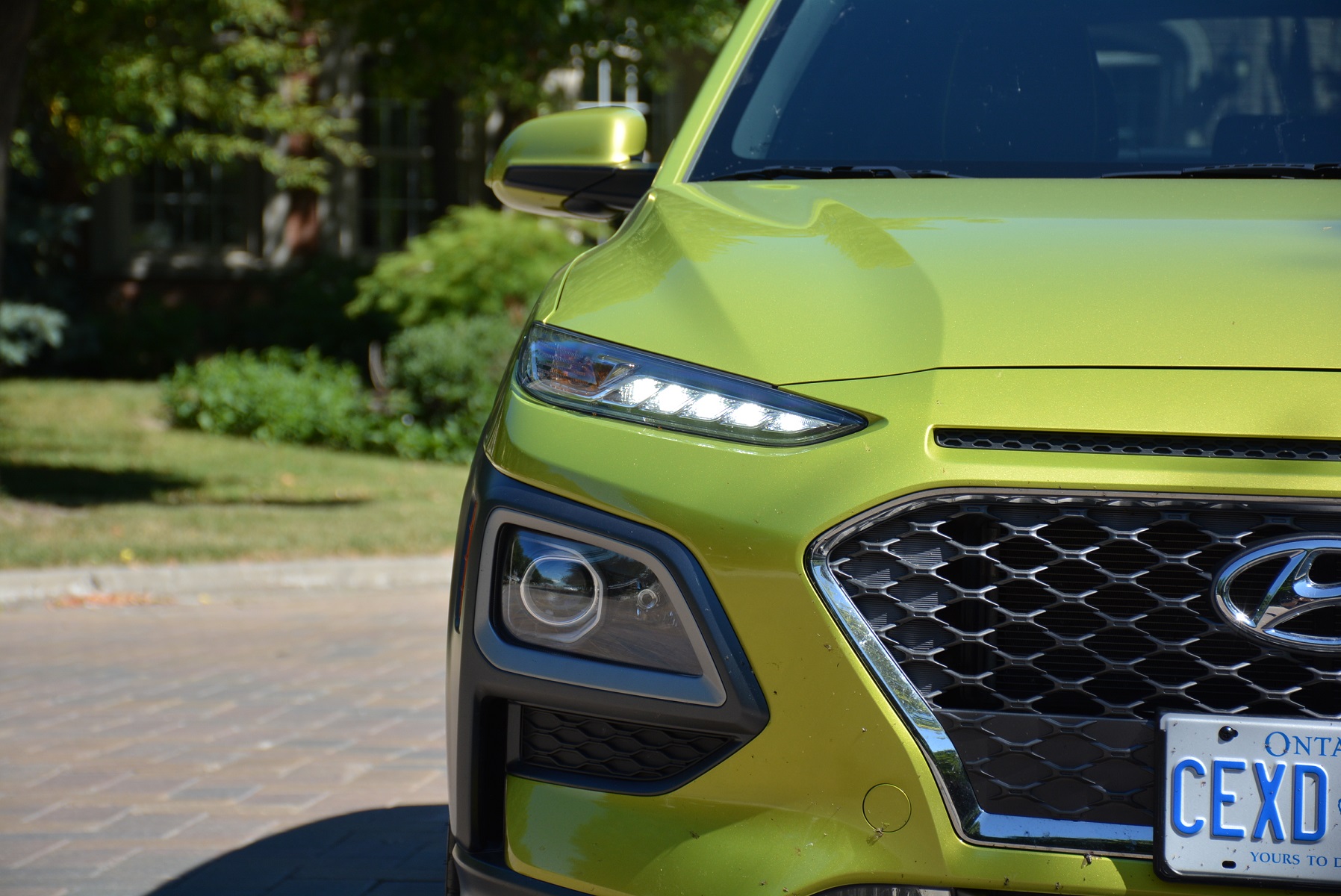
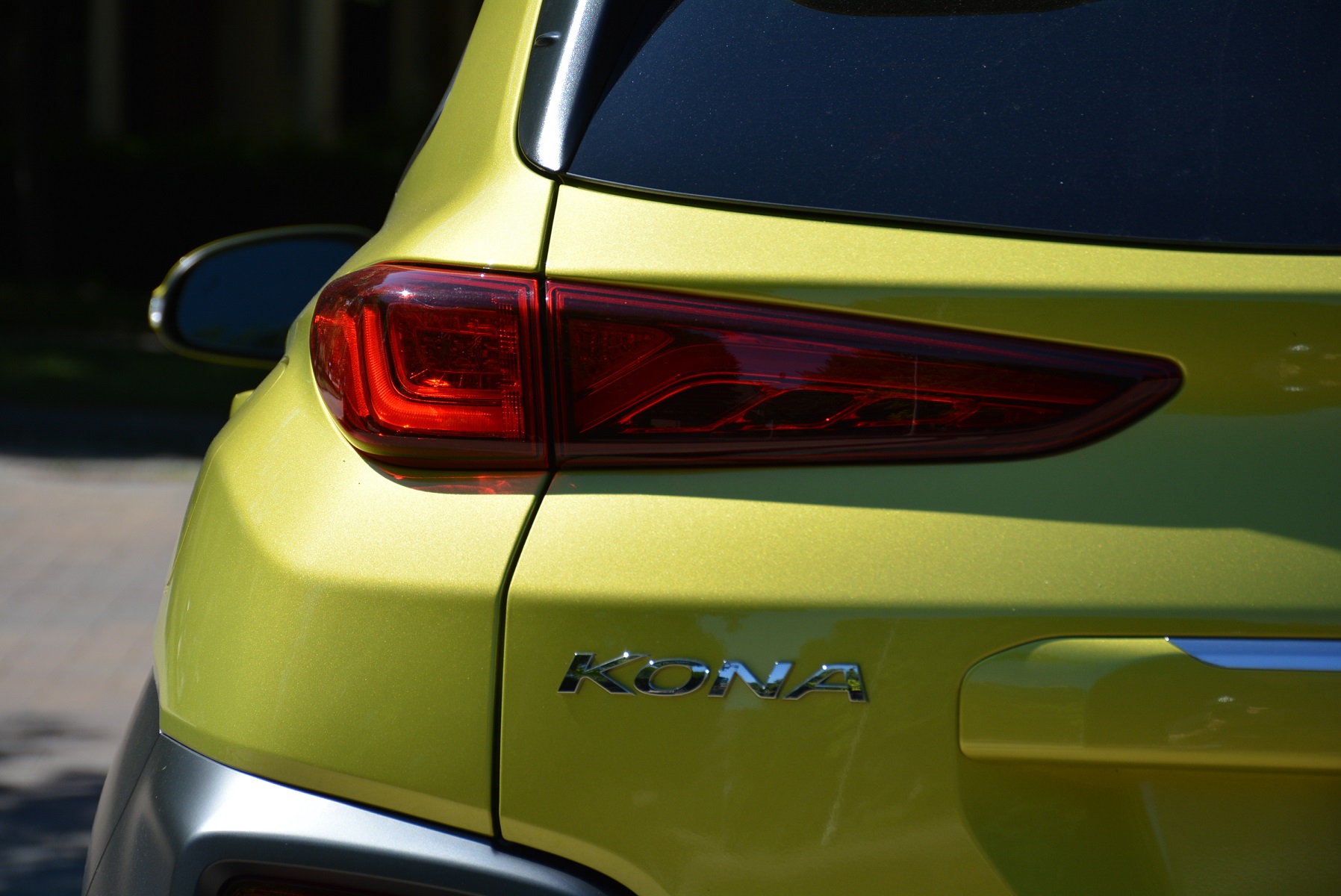
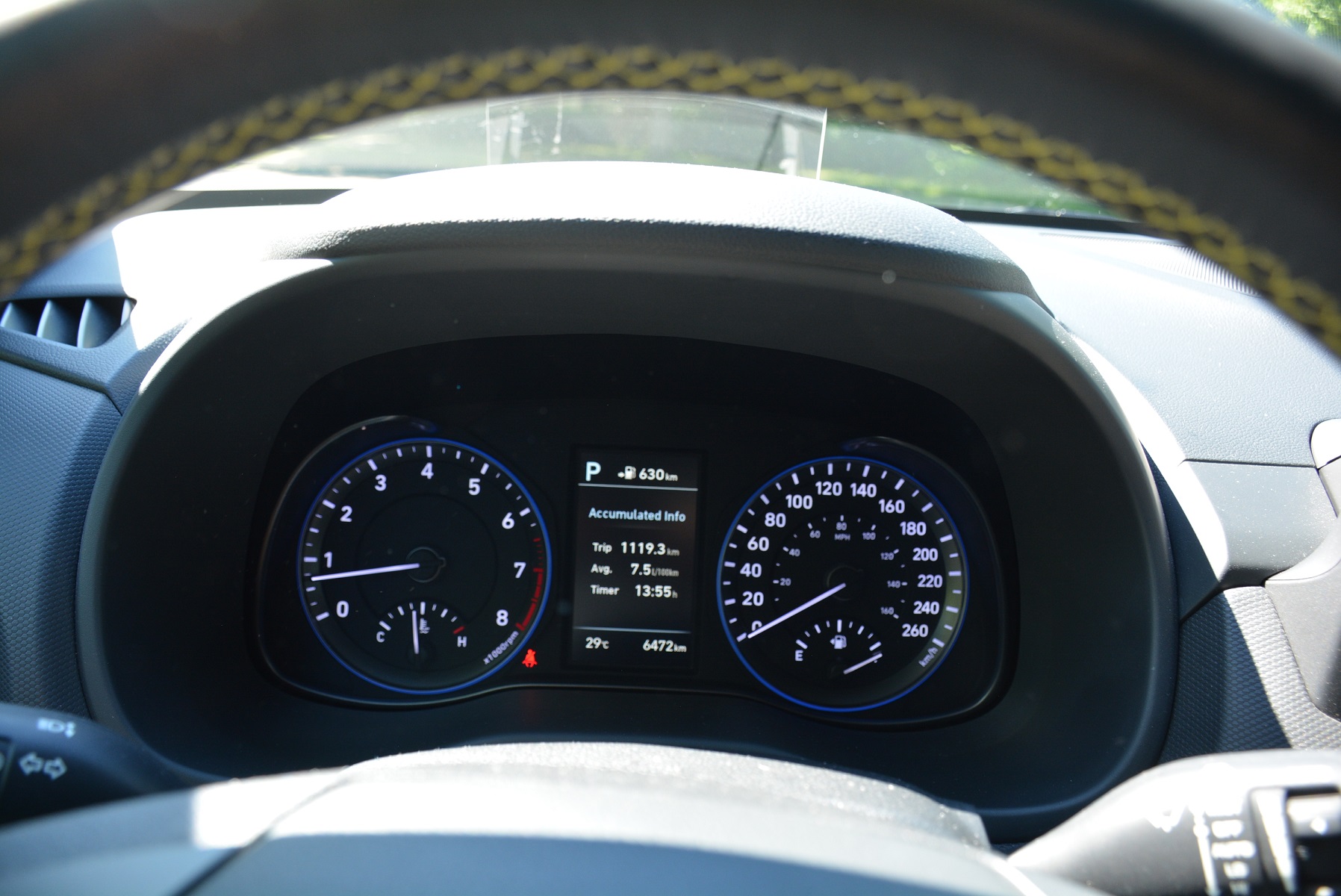

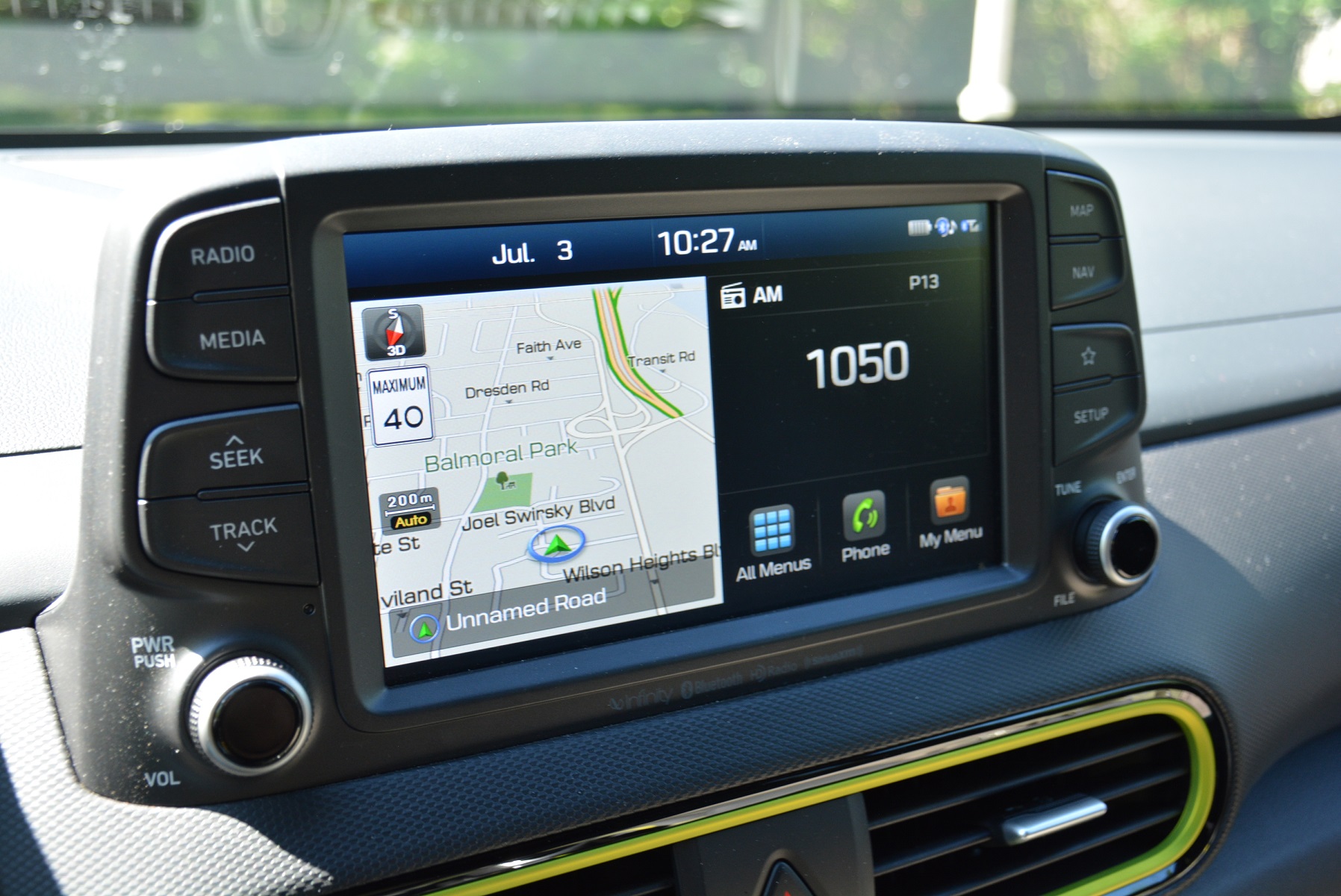
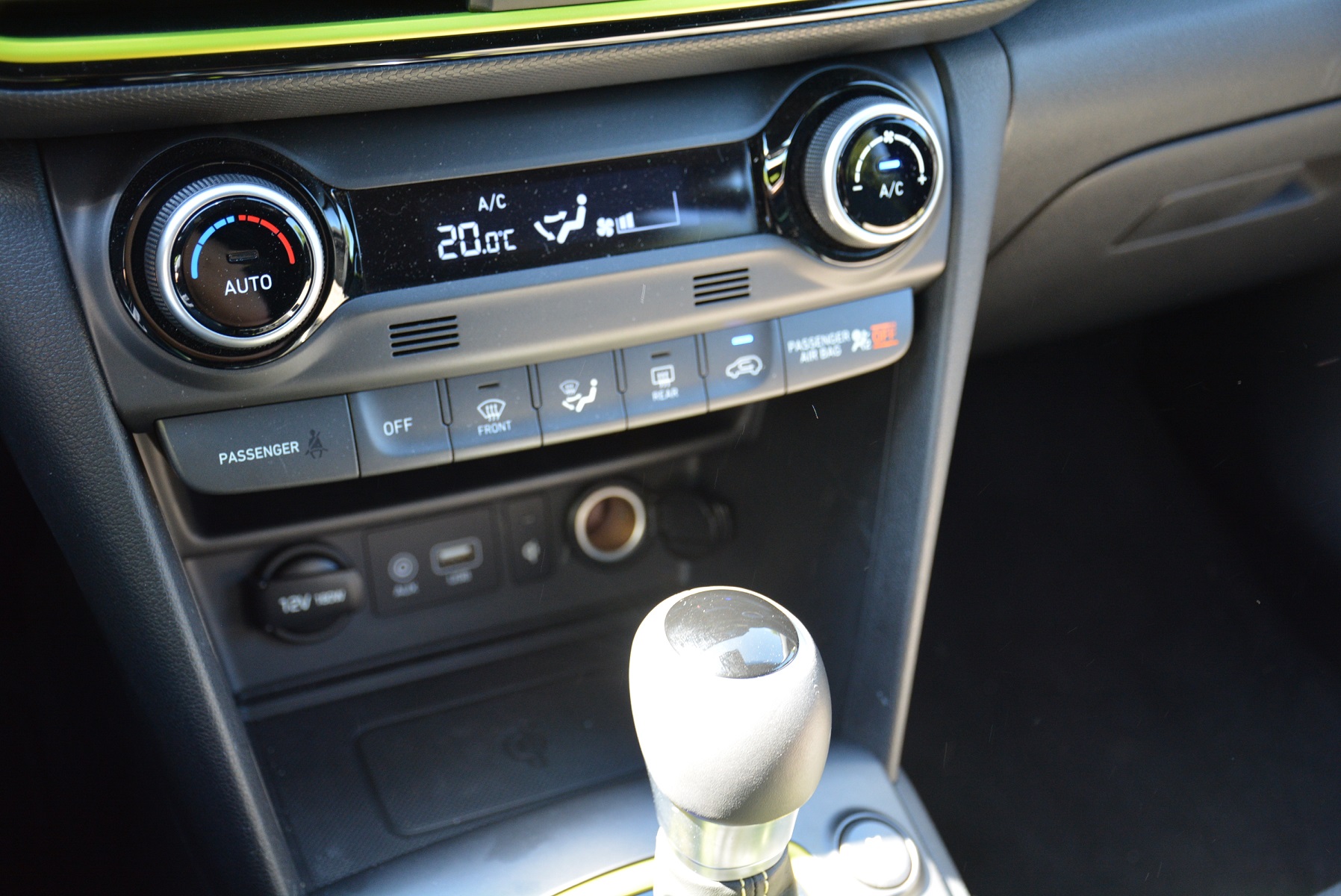
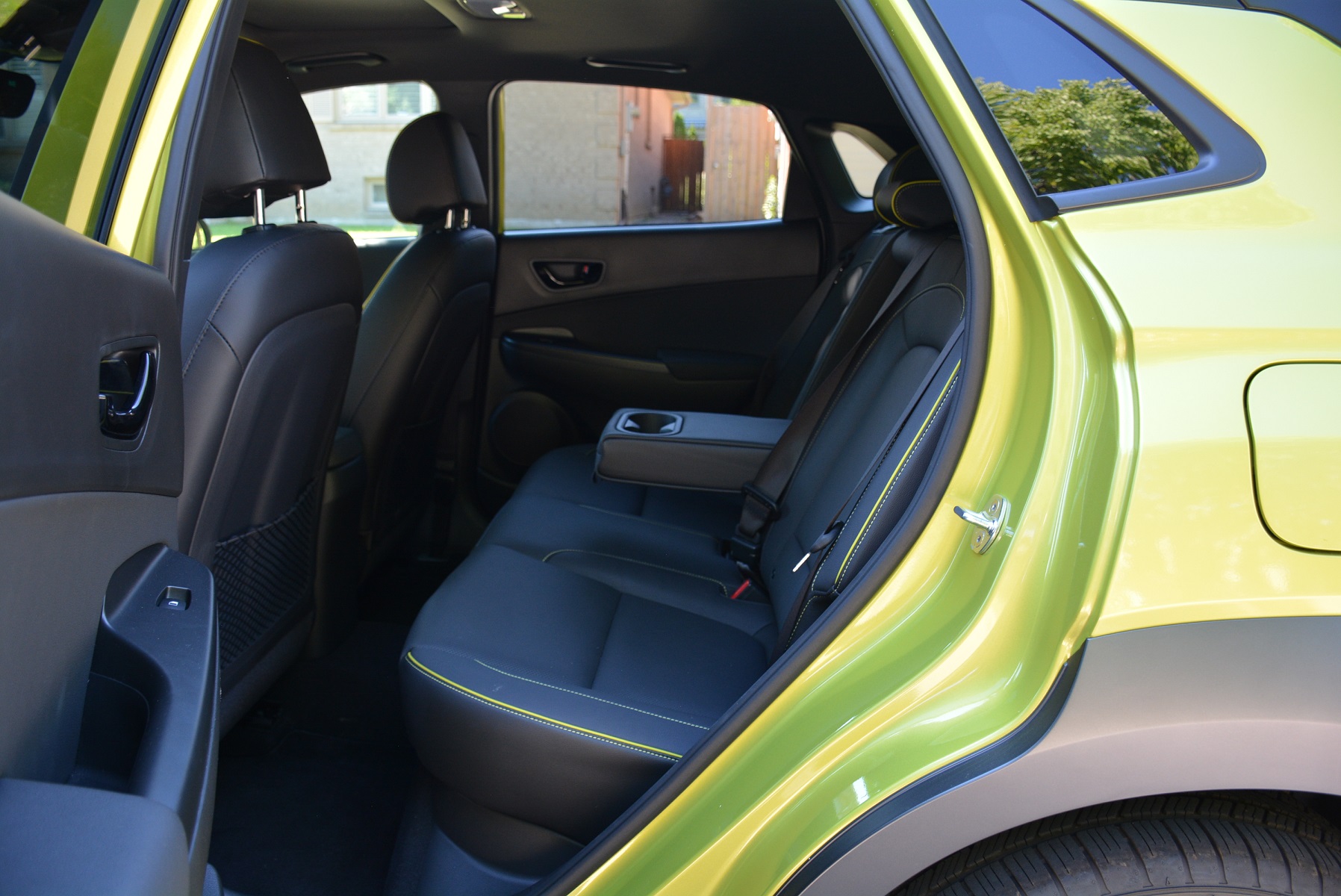
- Published in CAR REVIEWS

